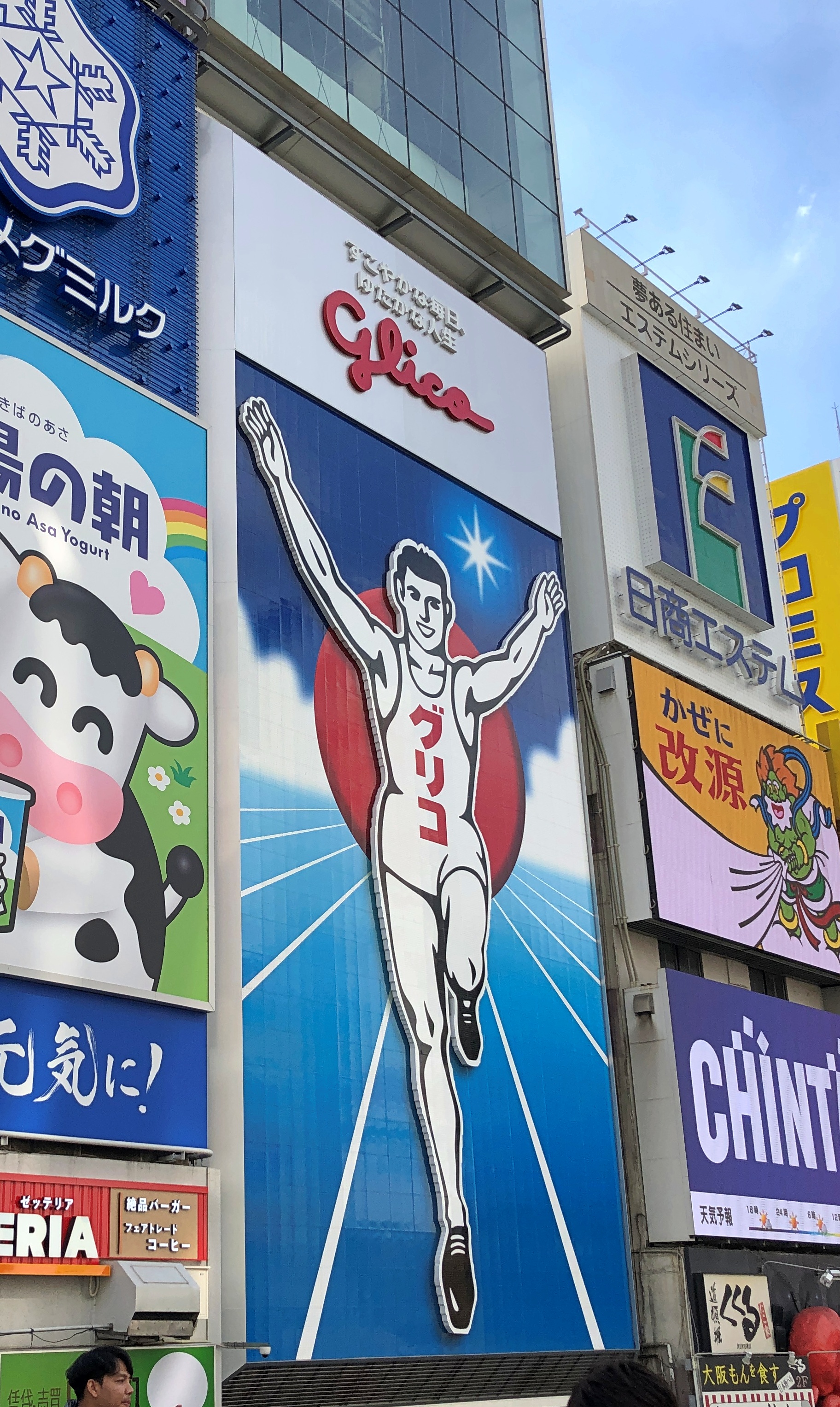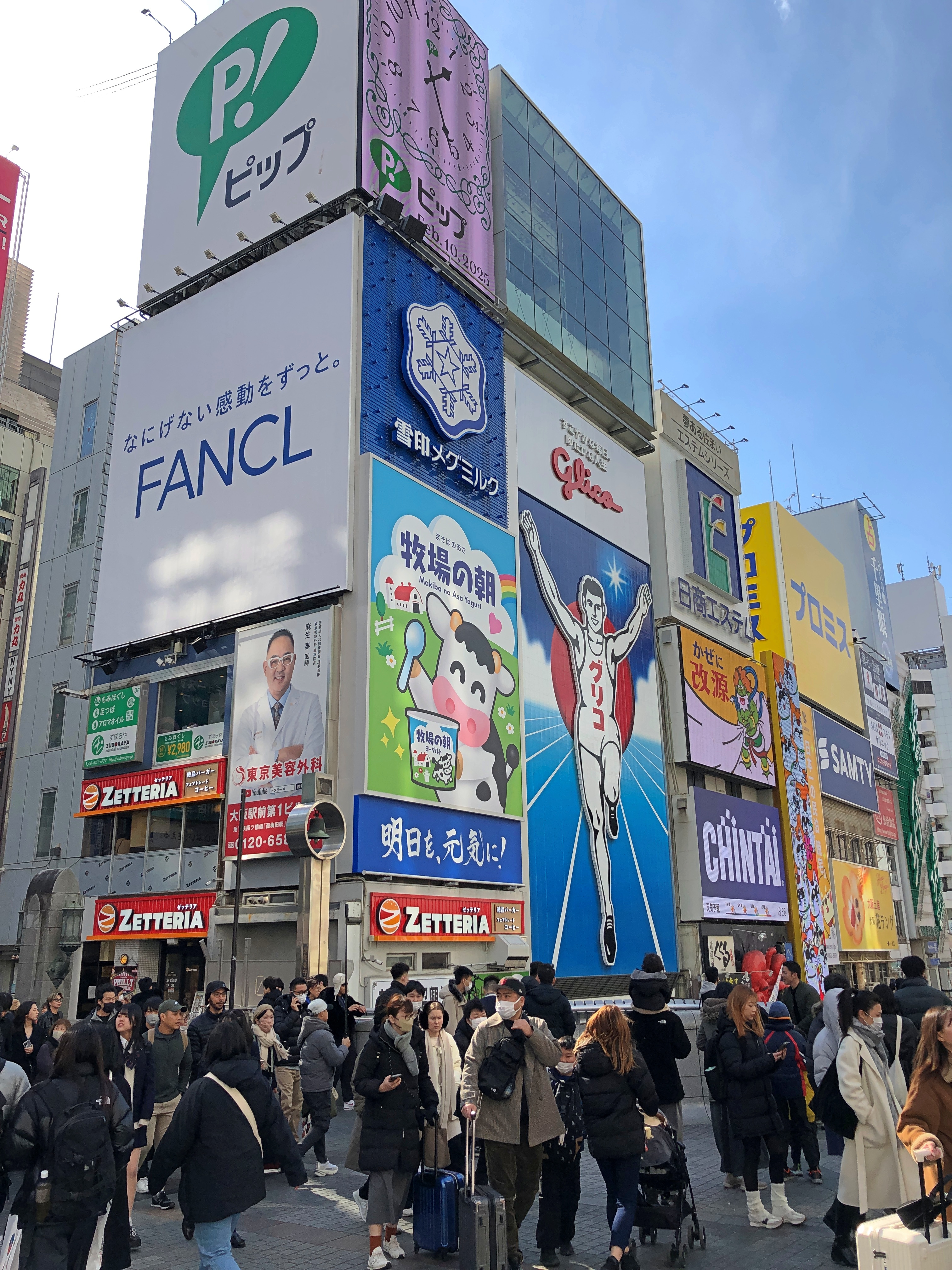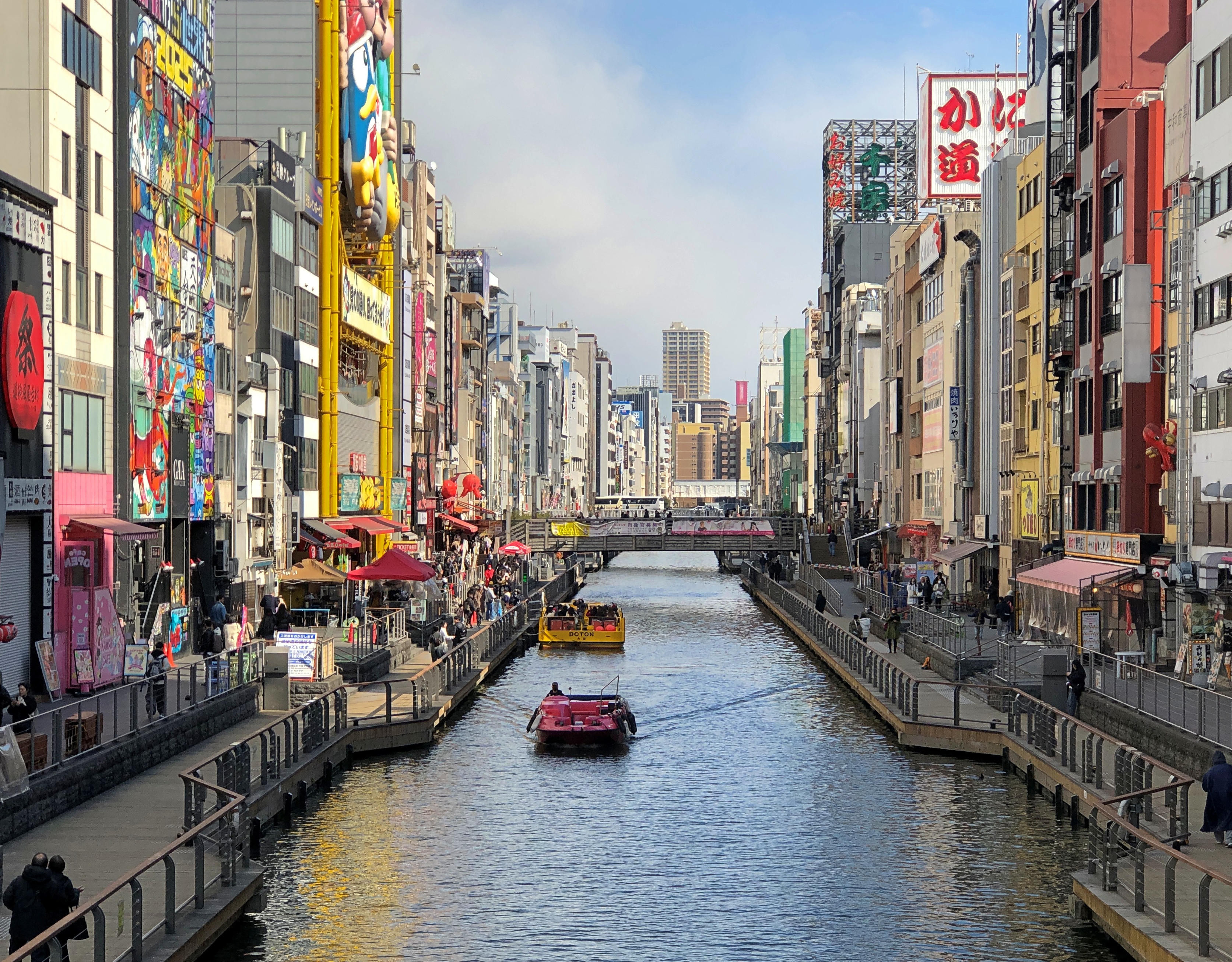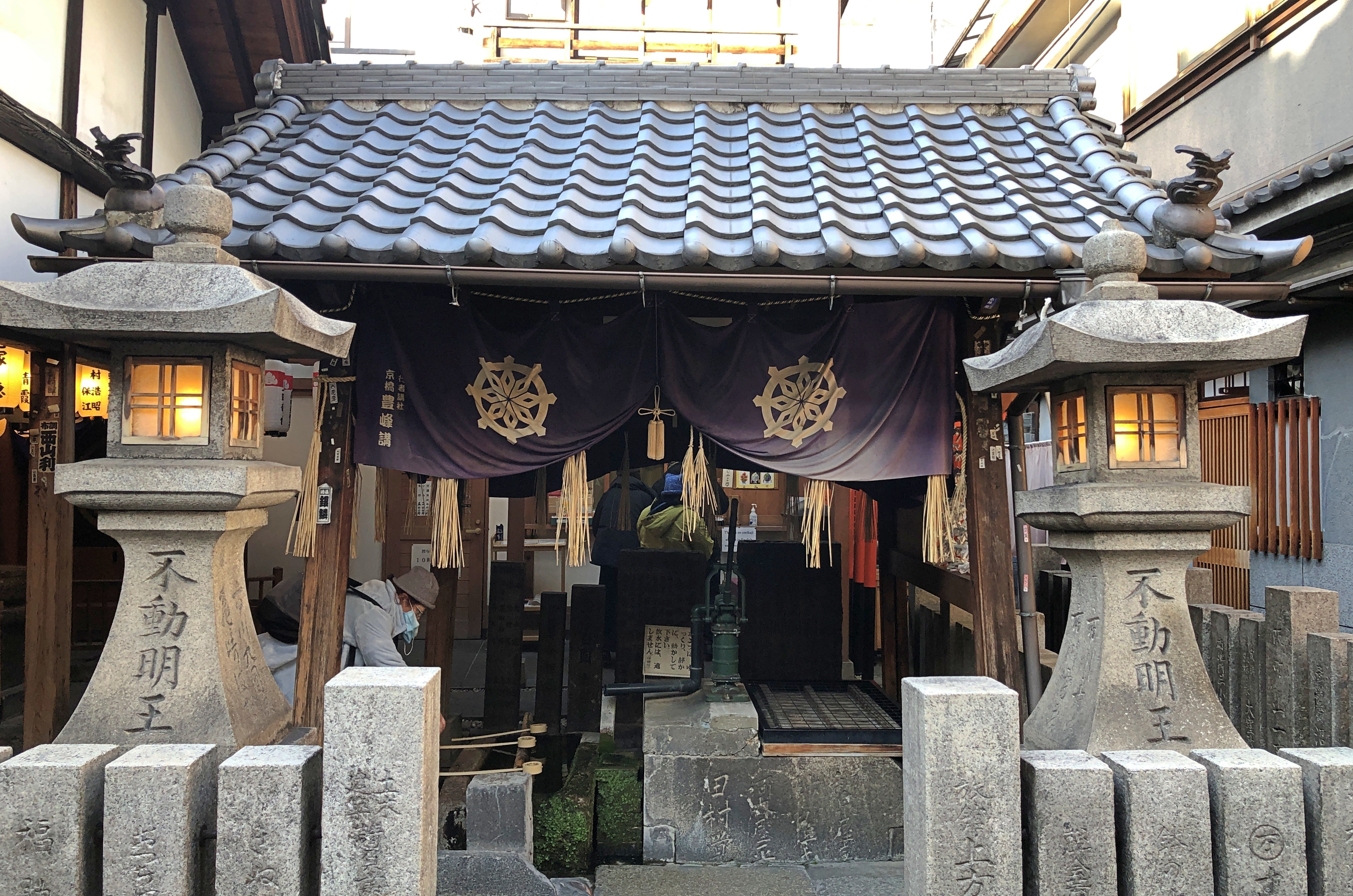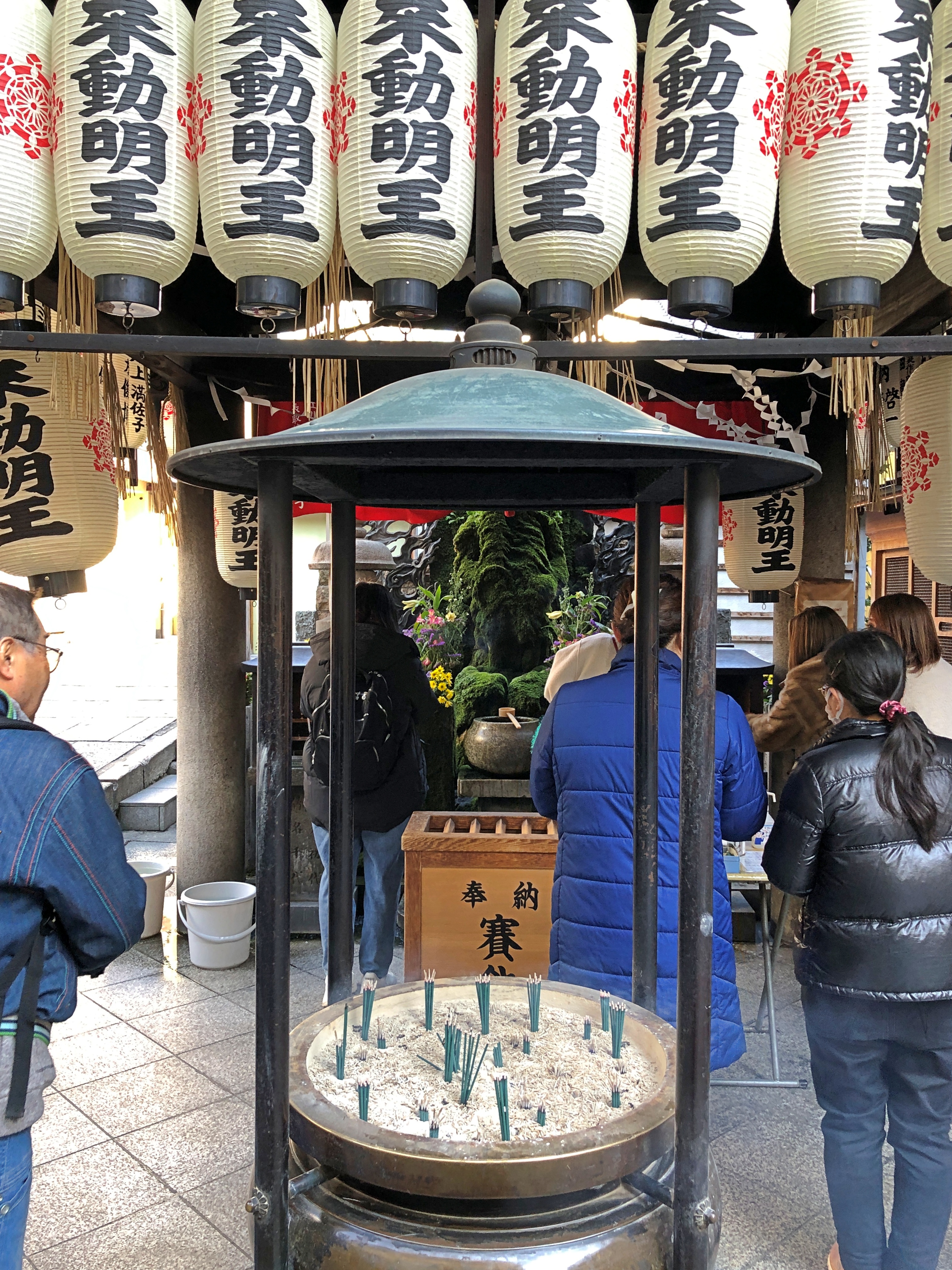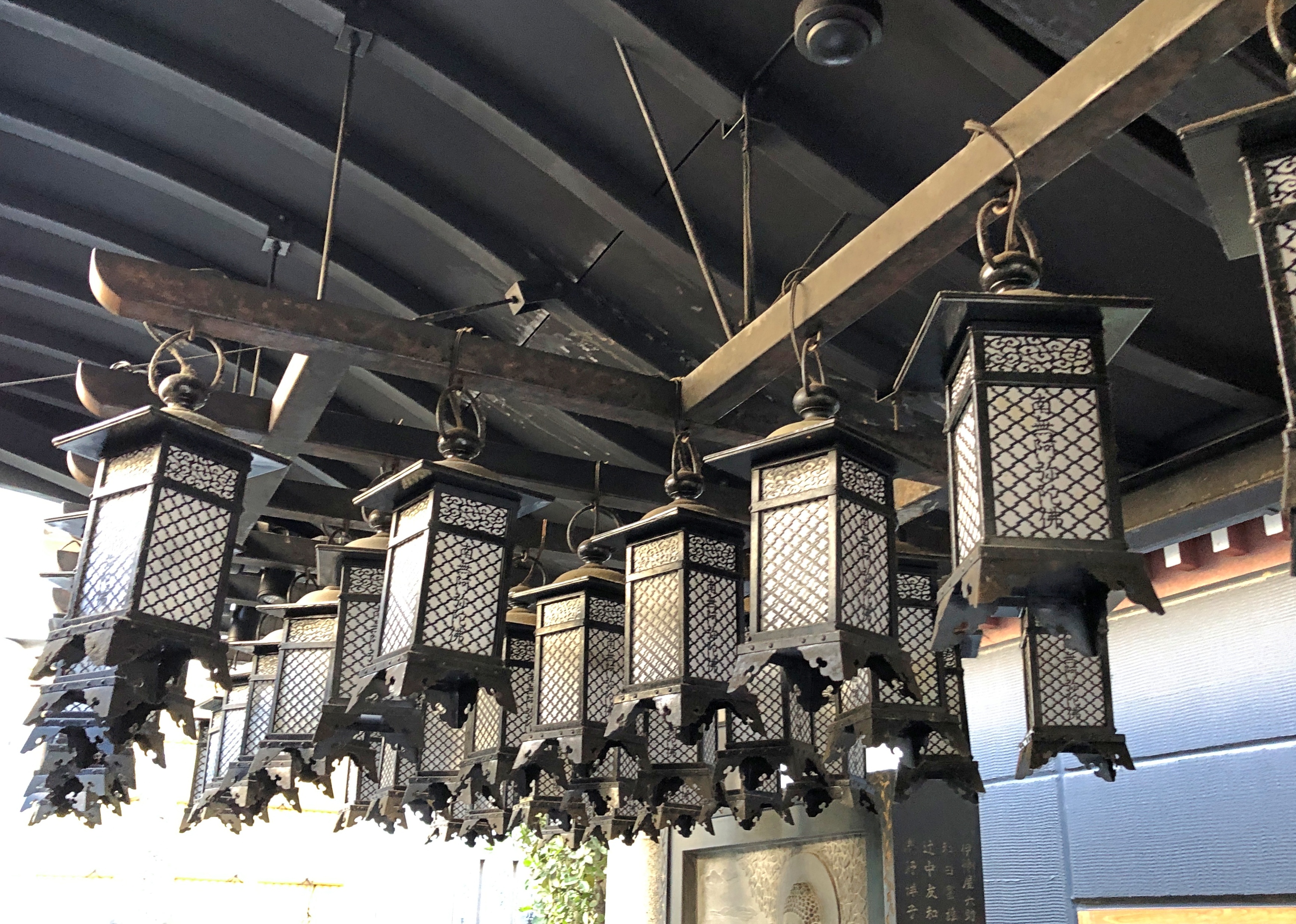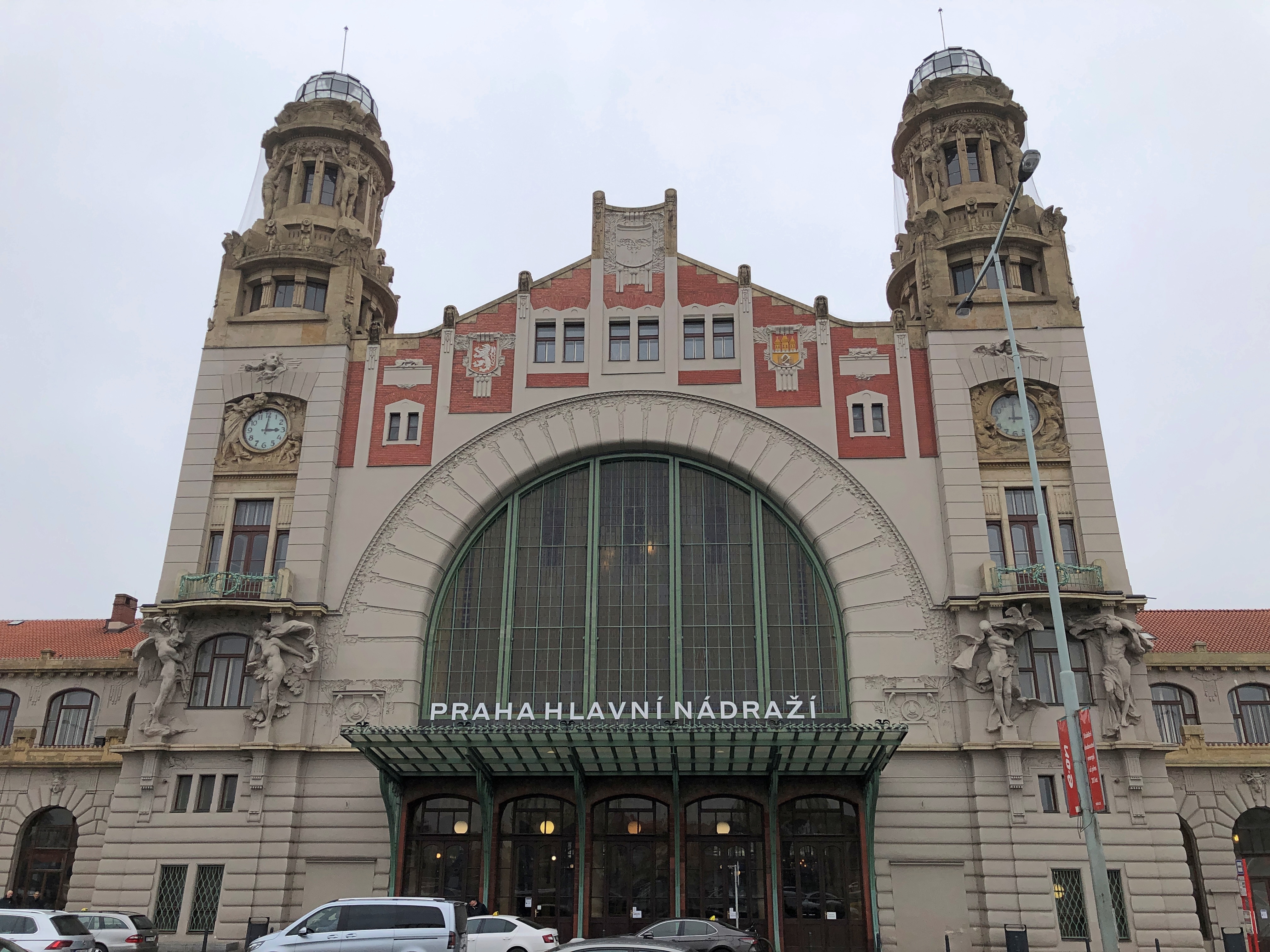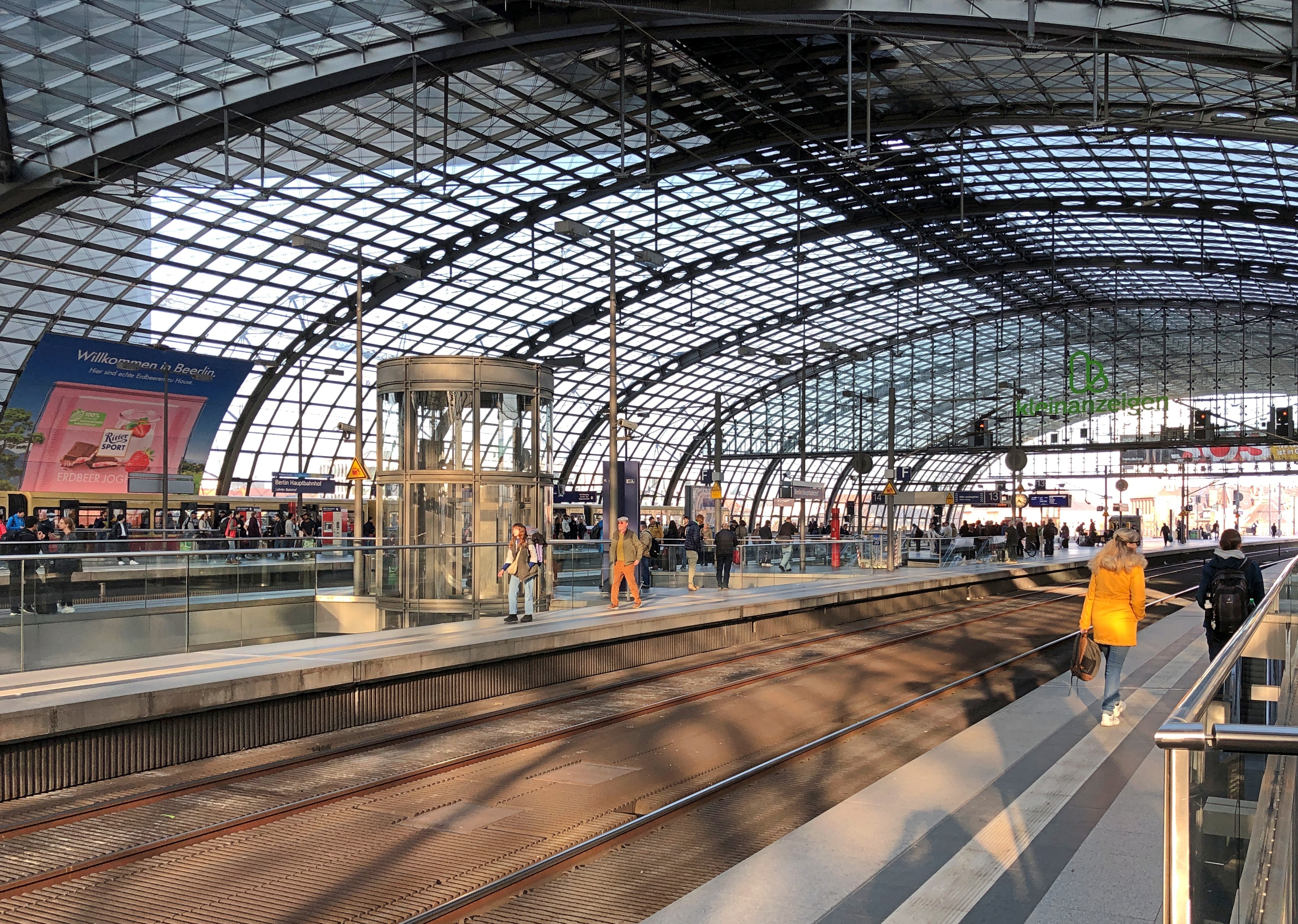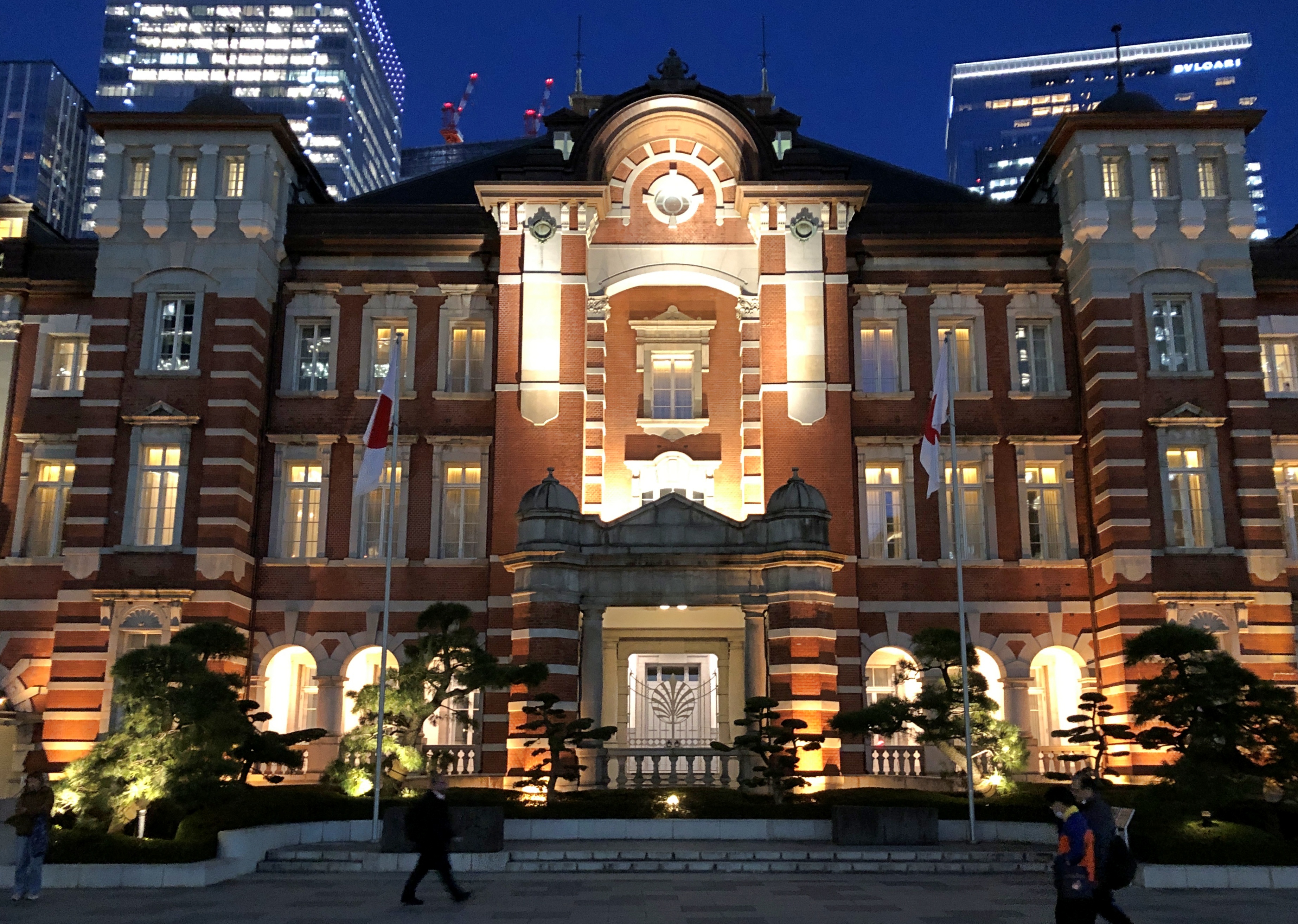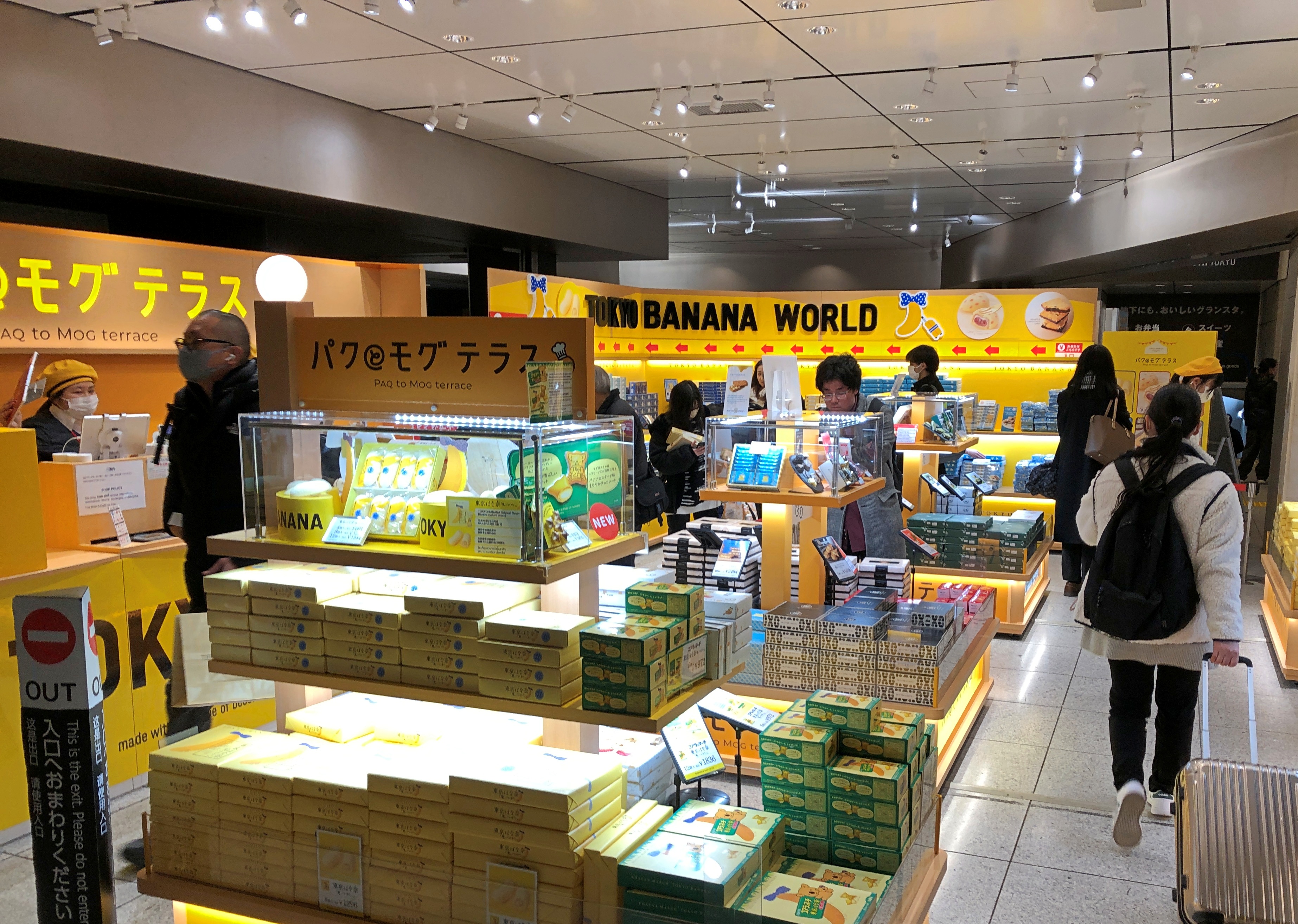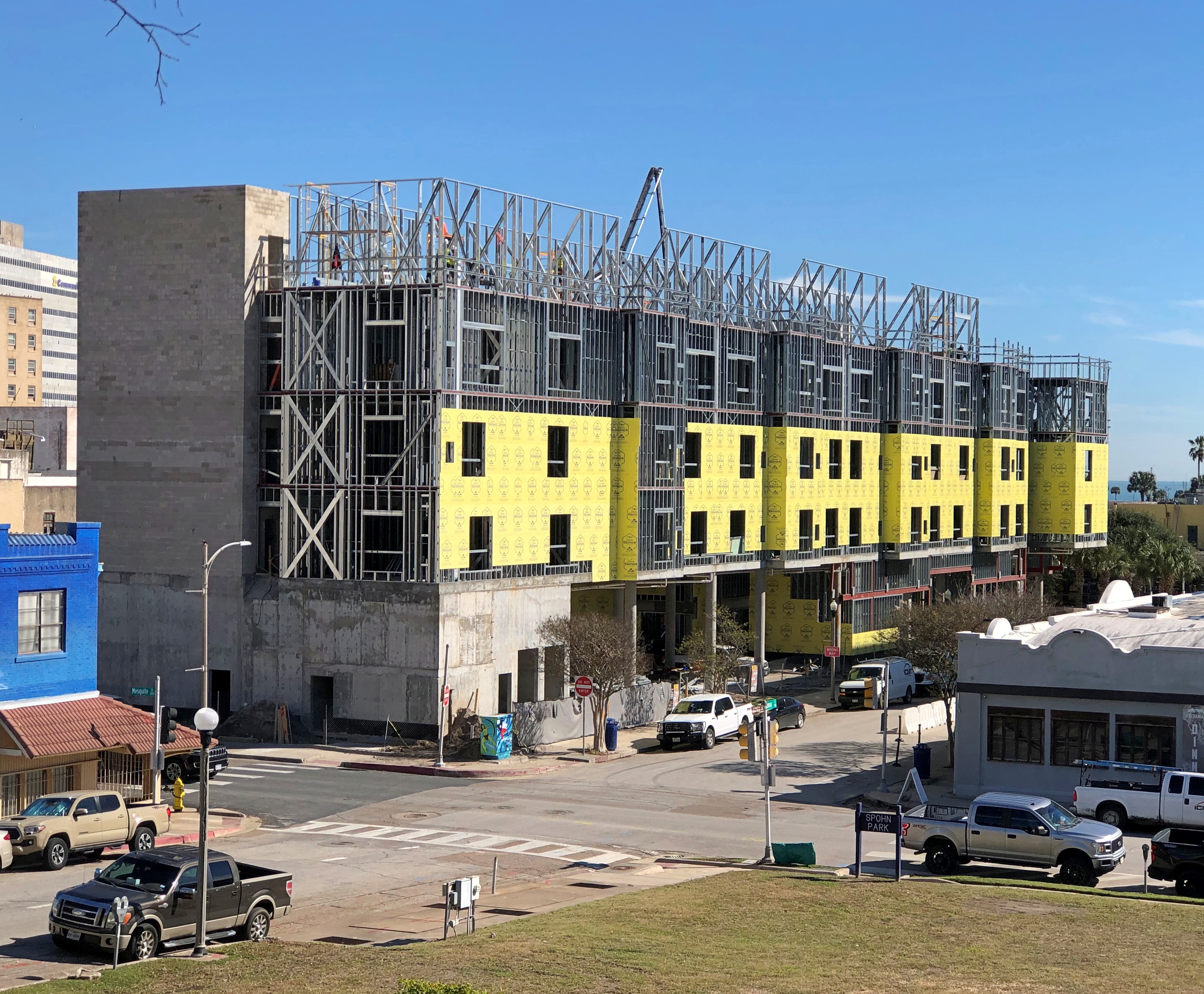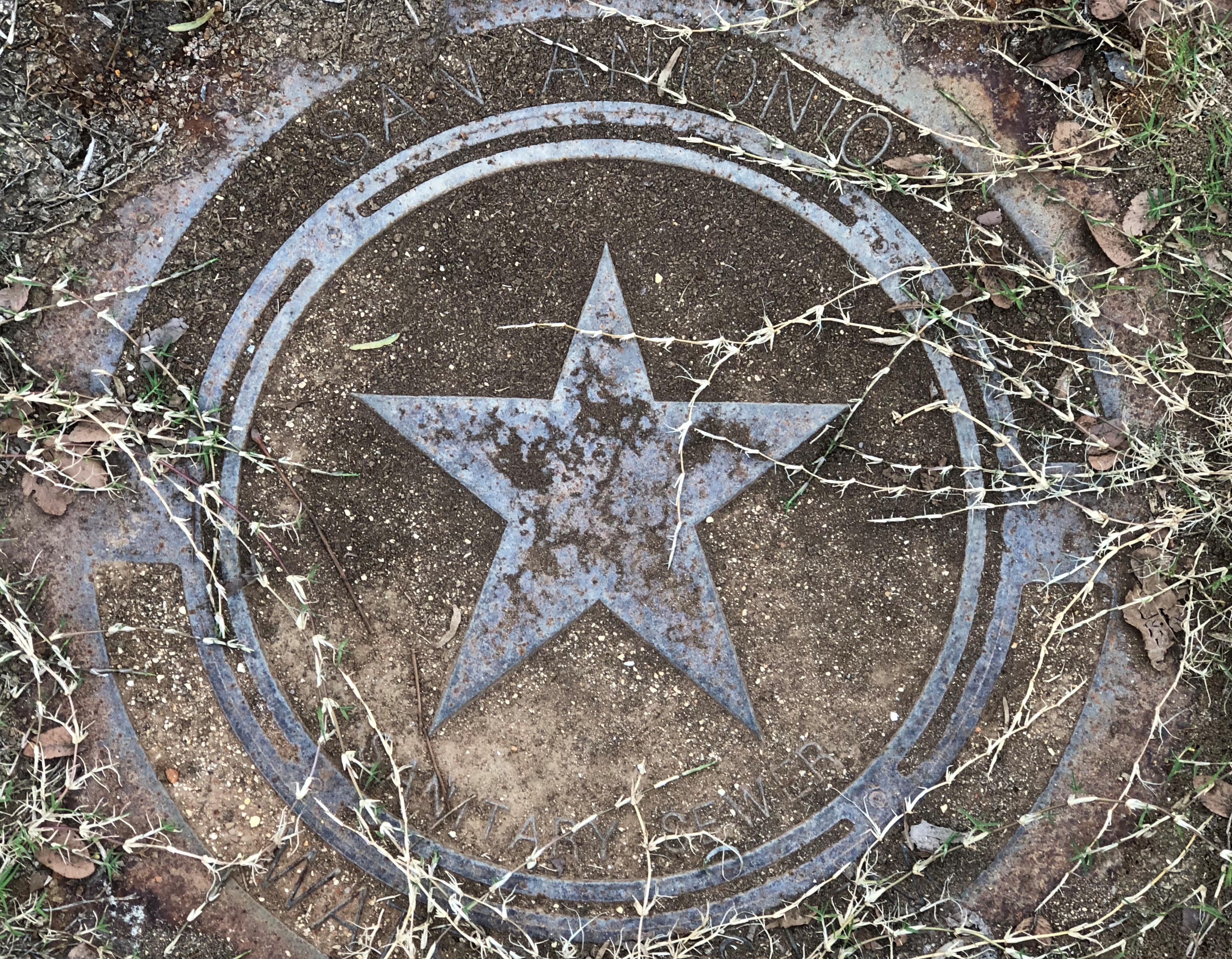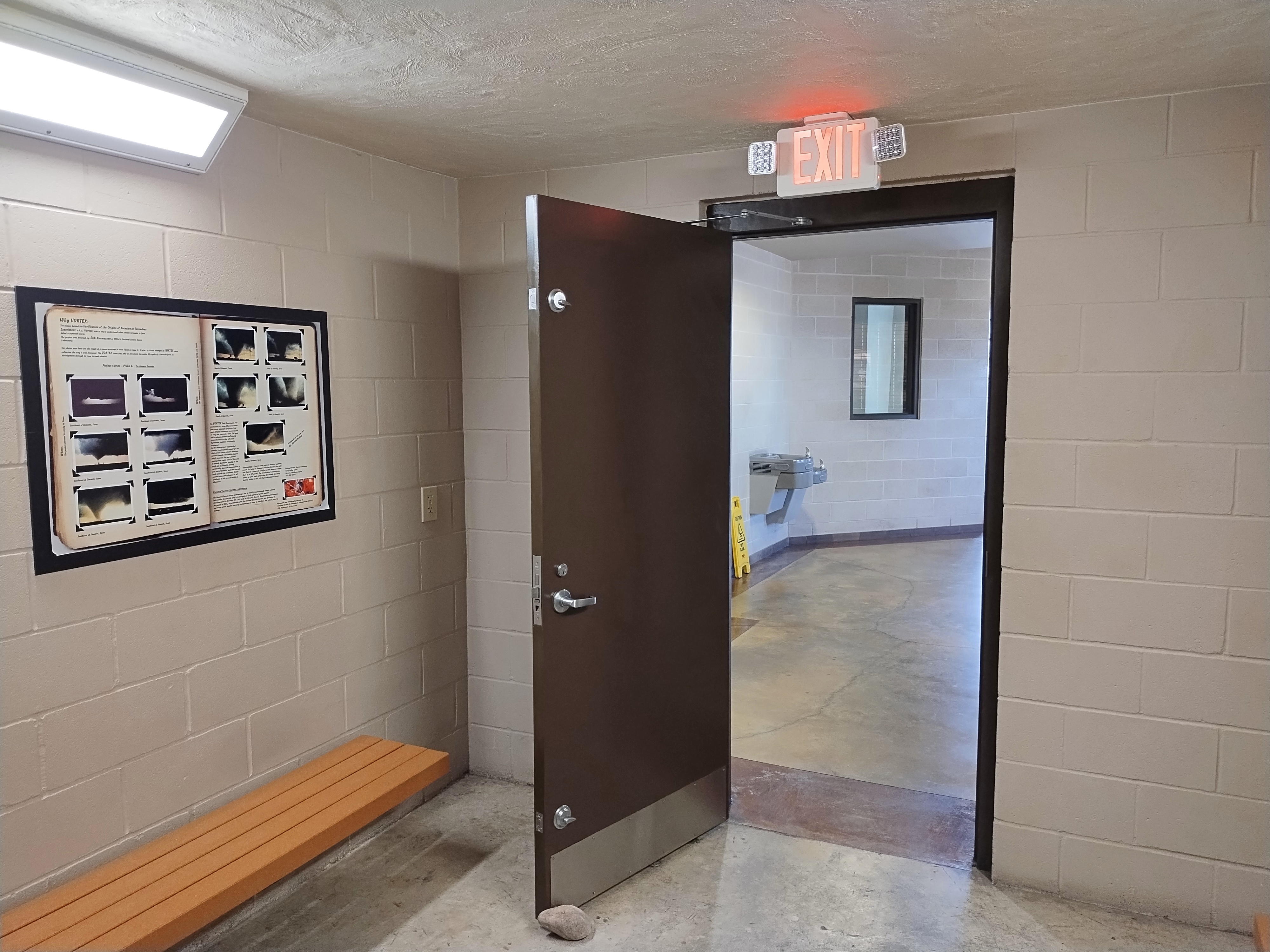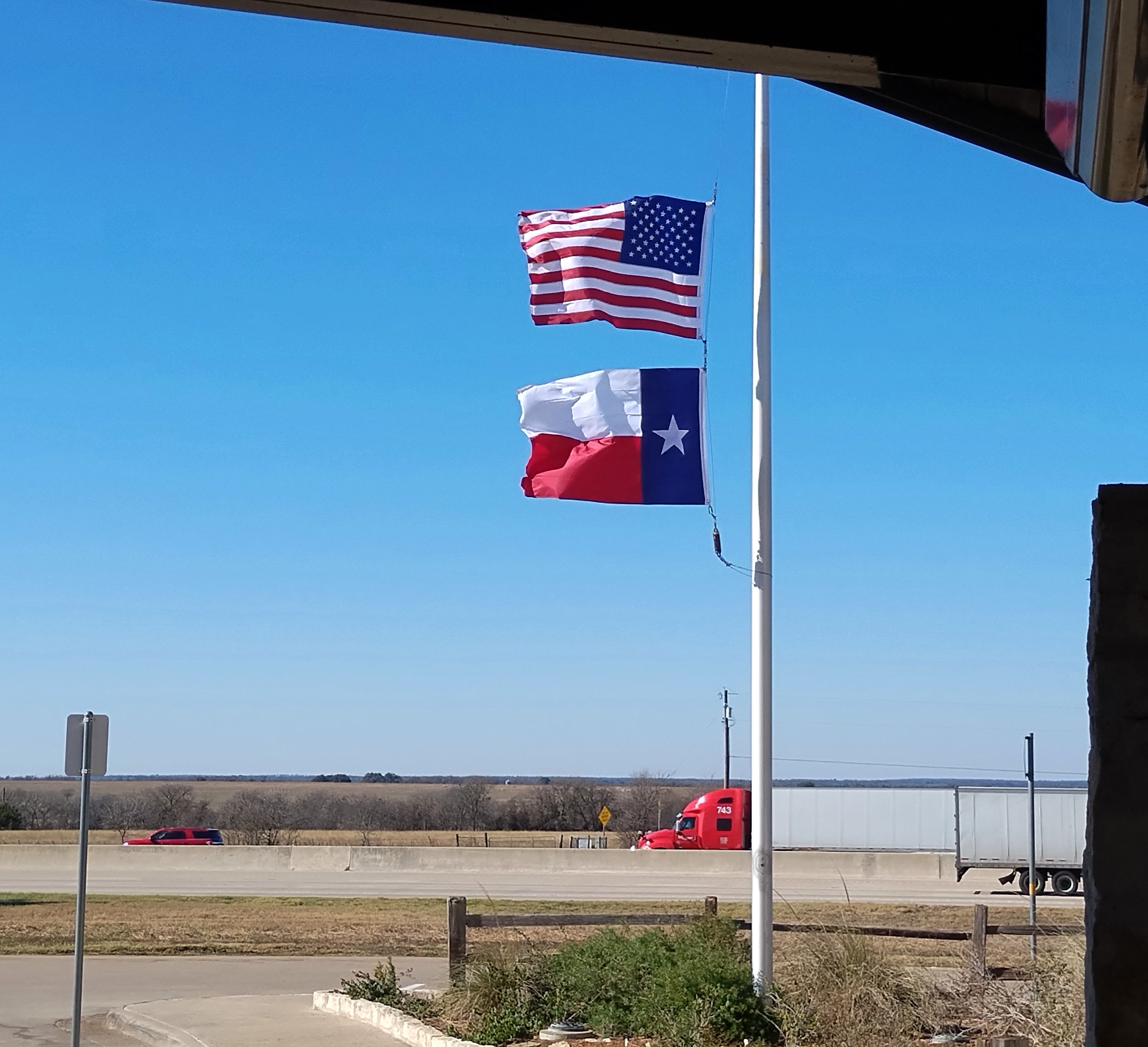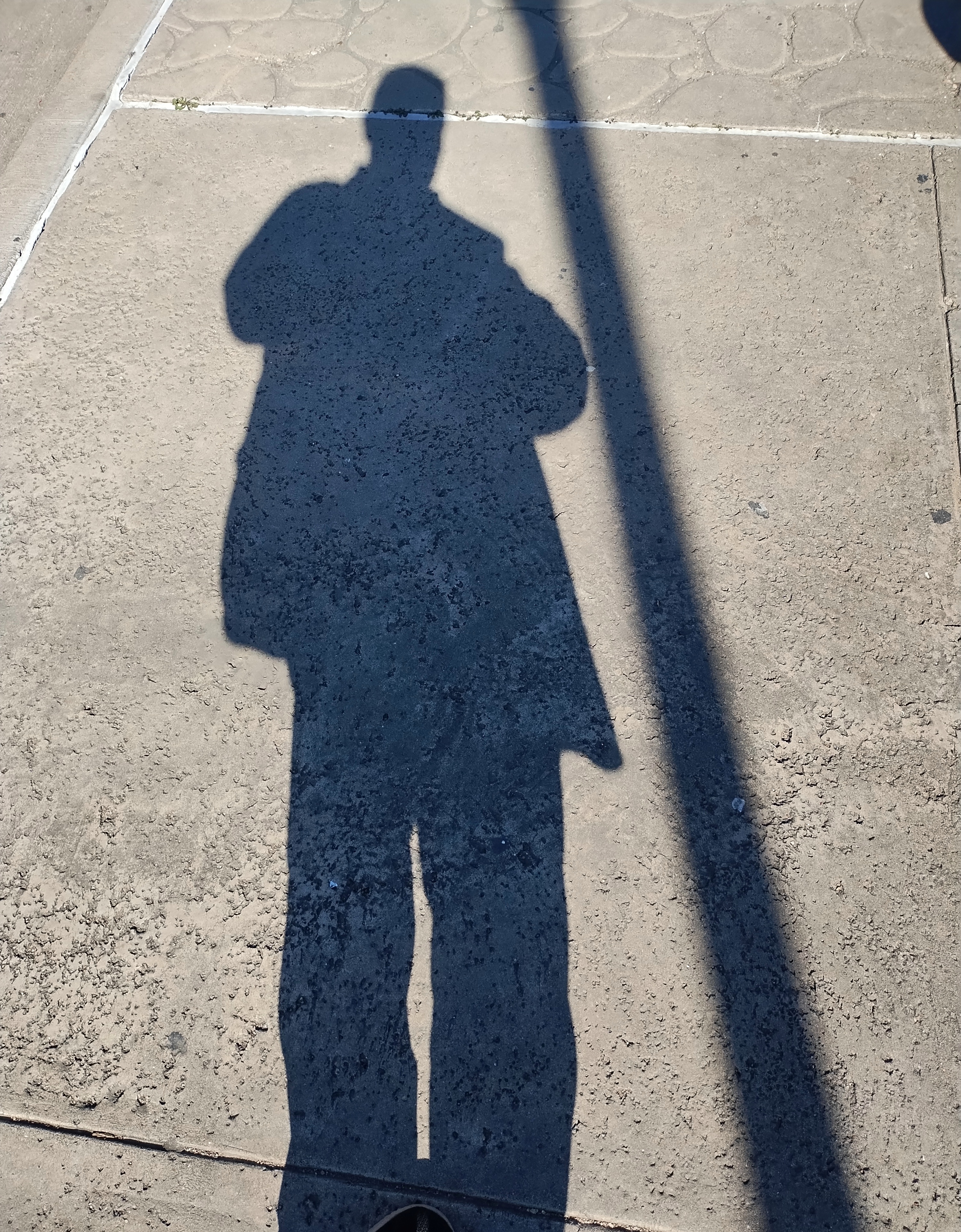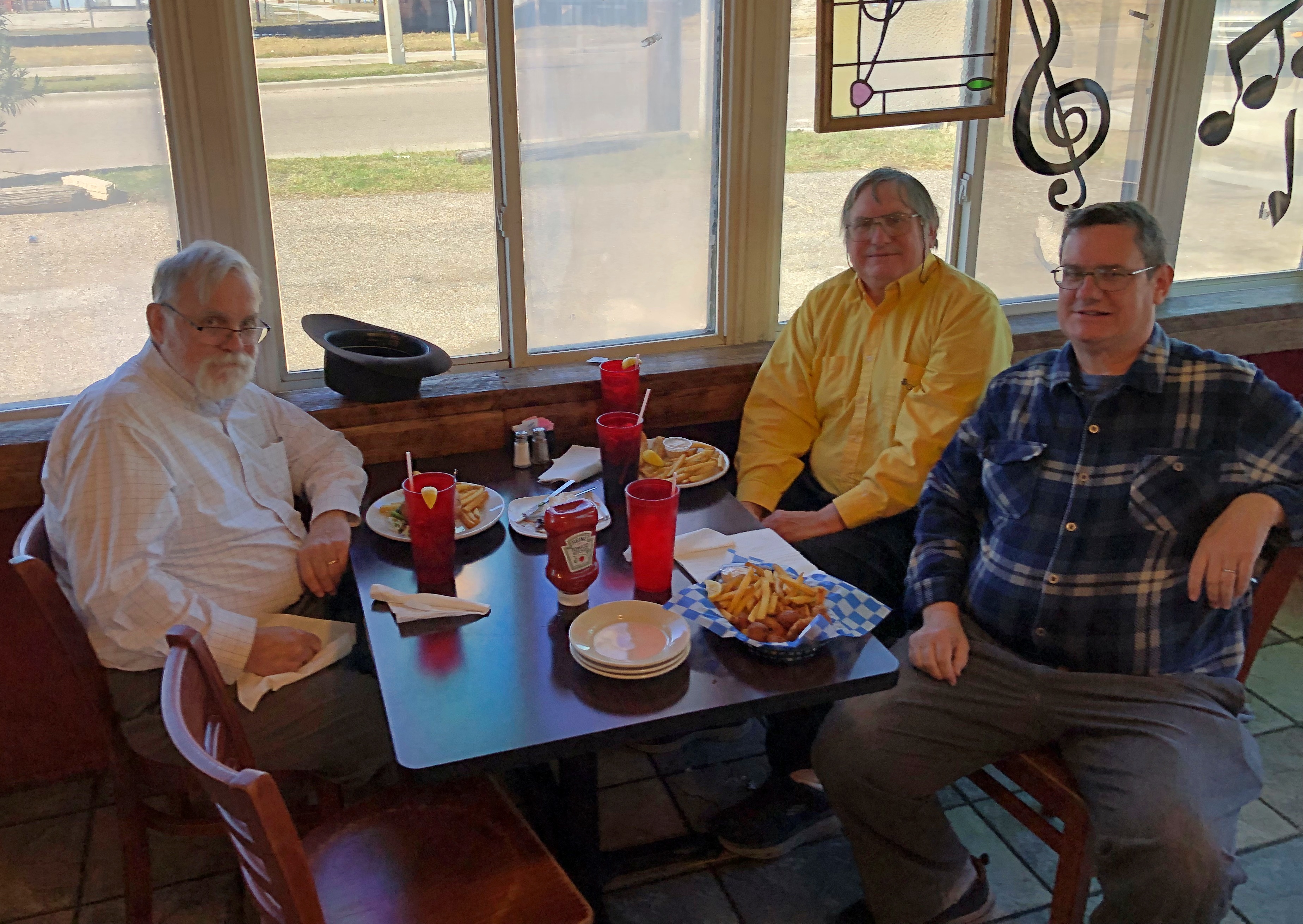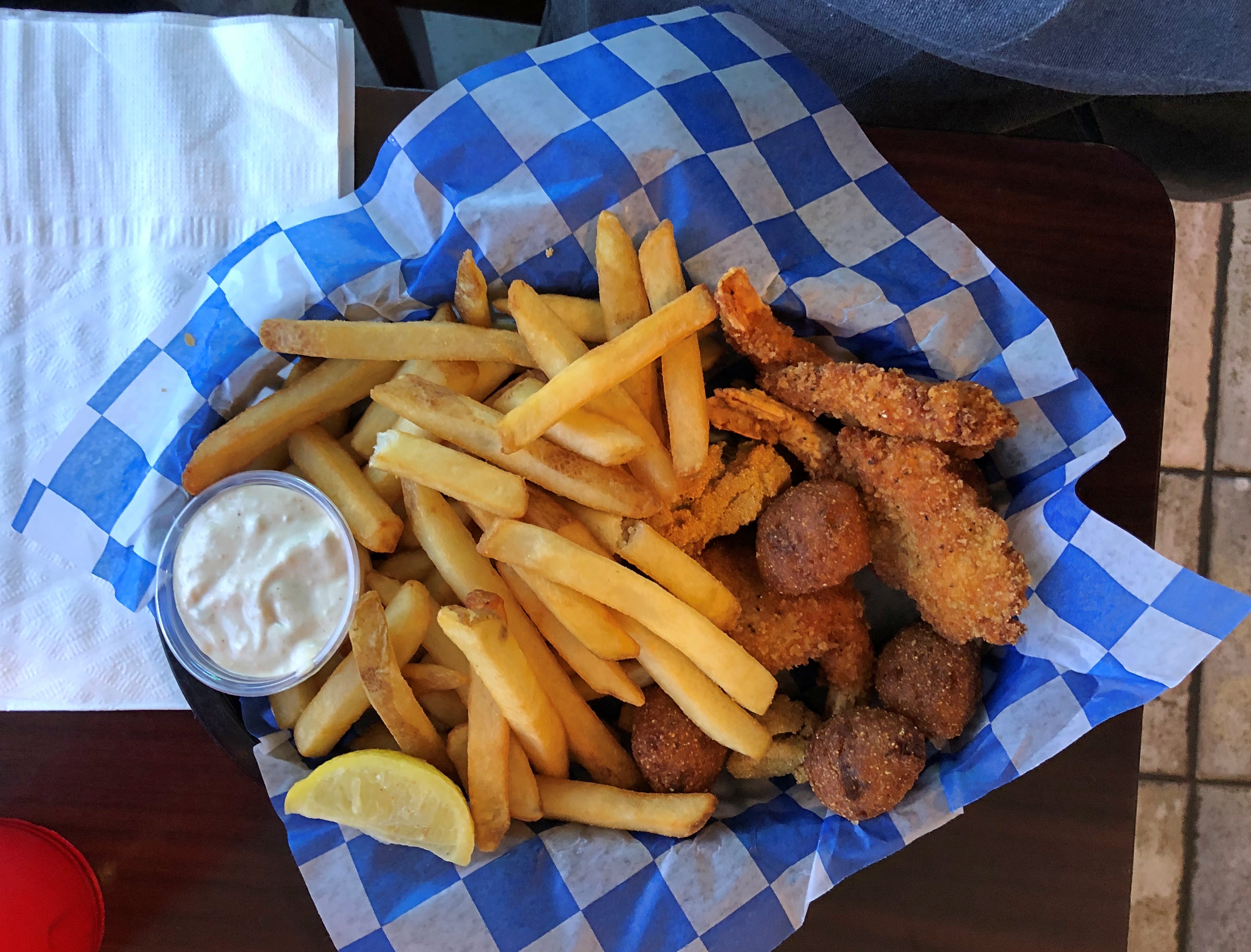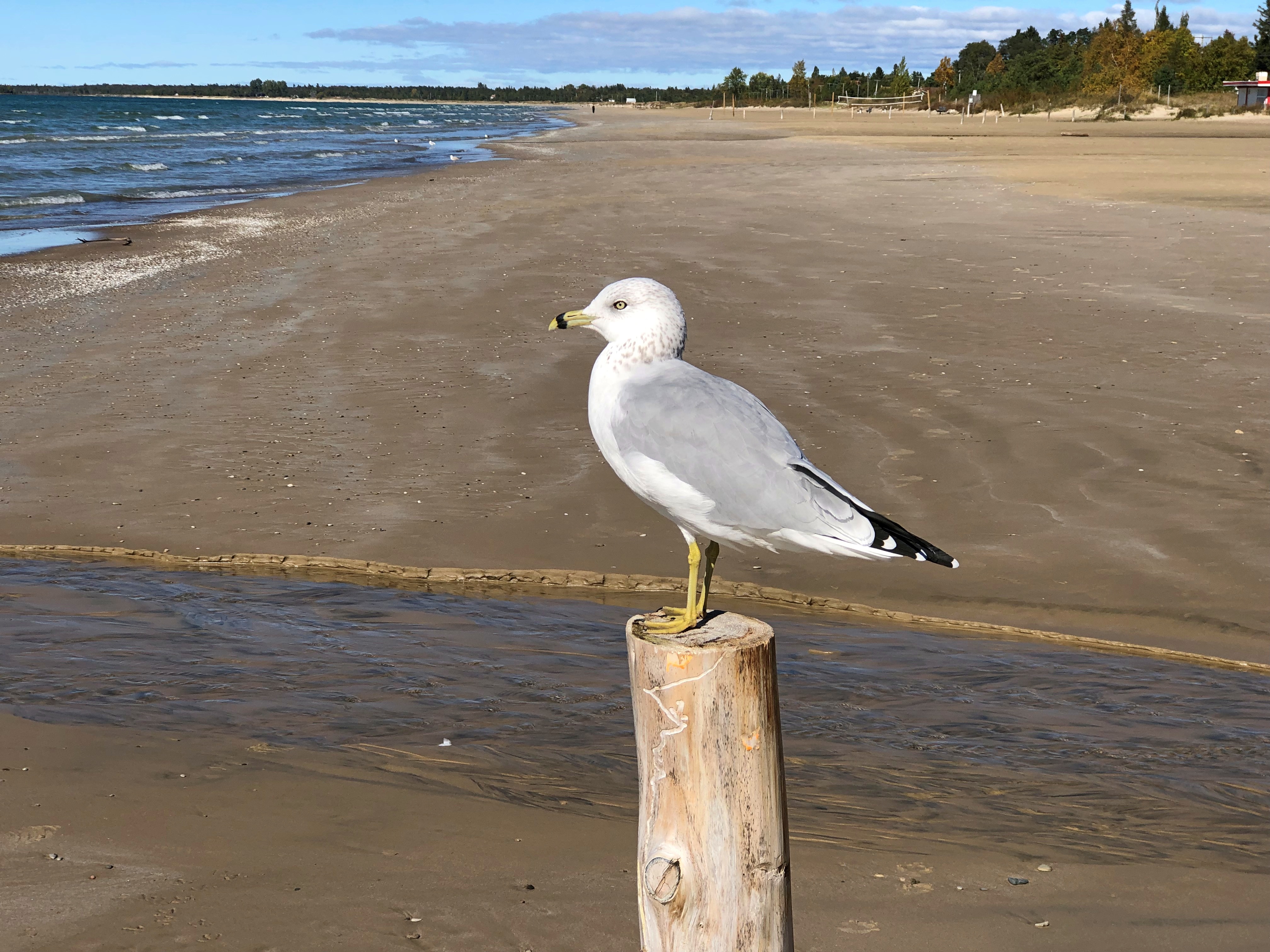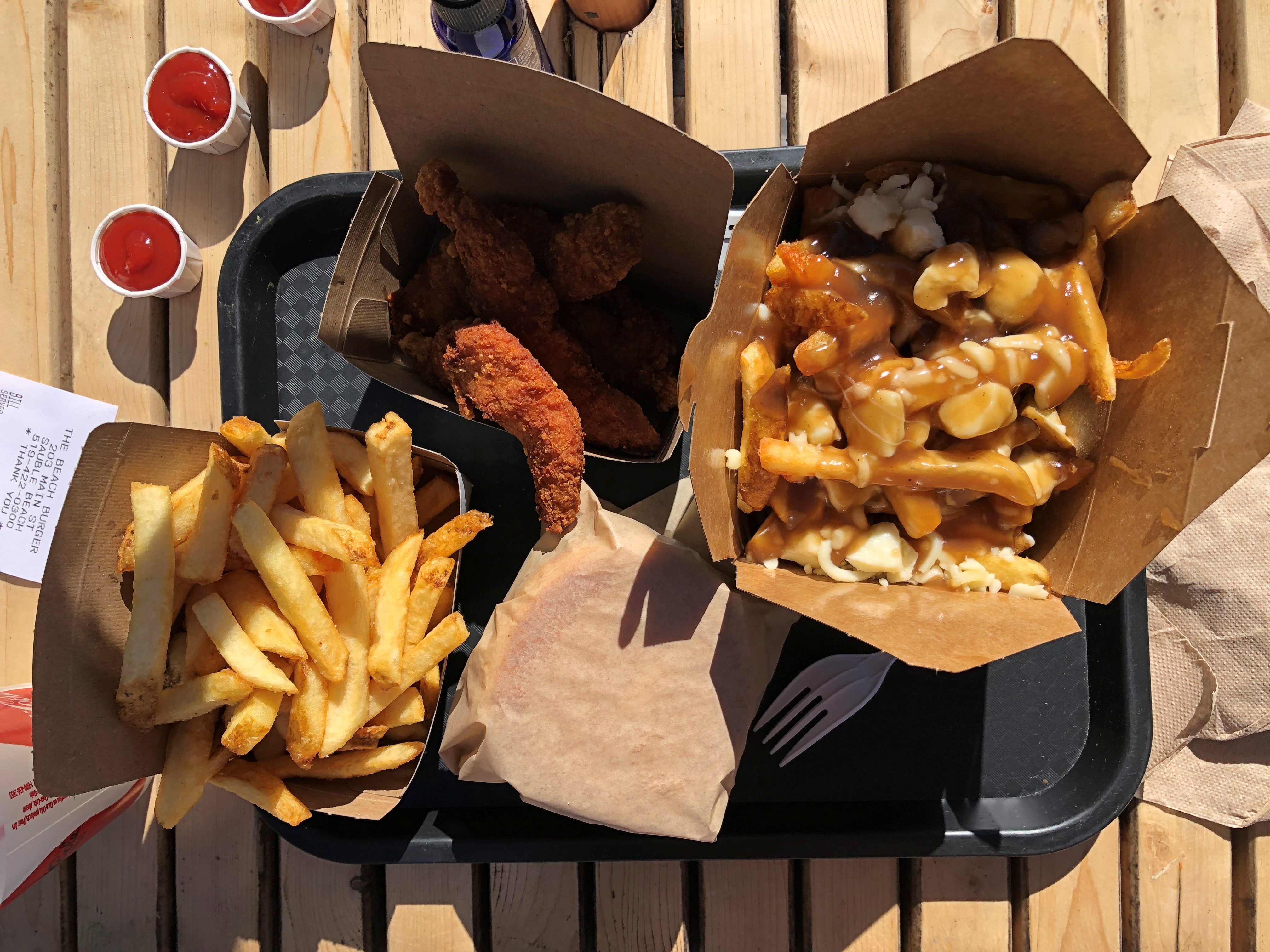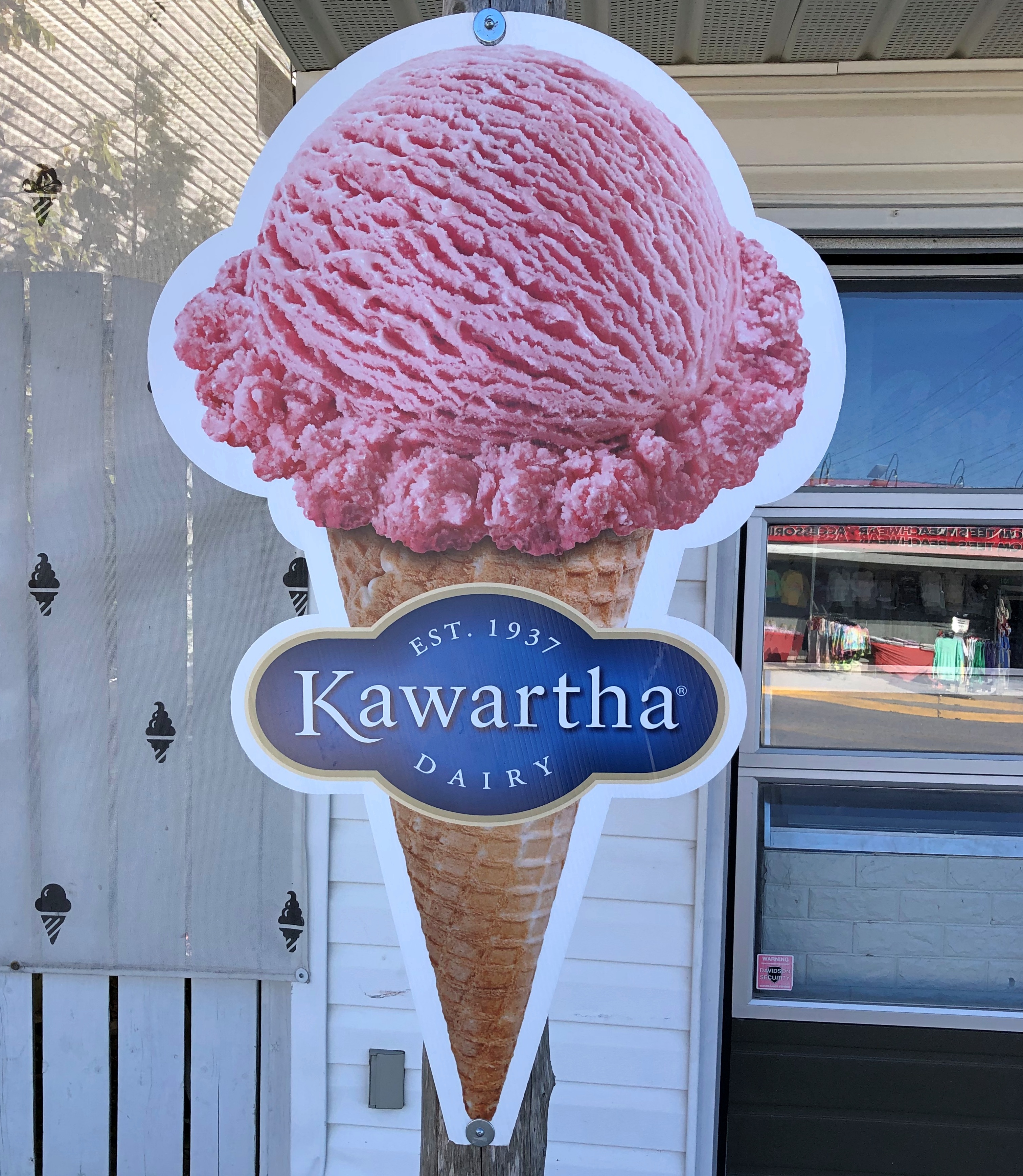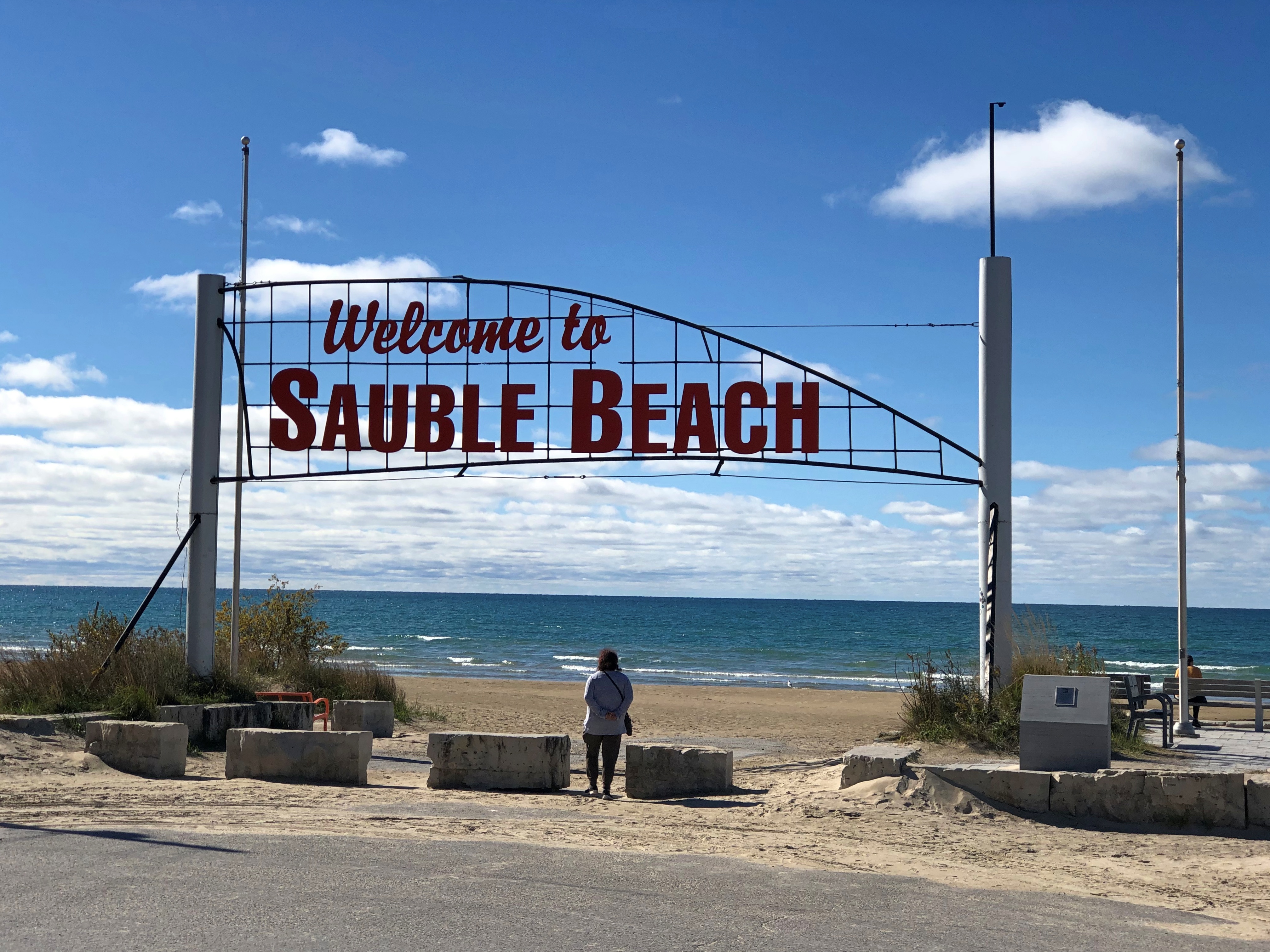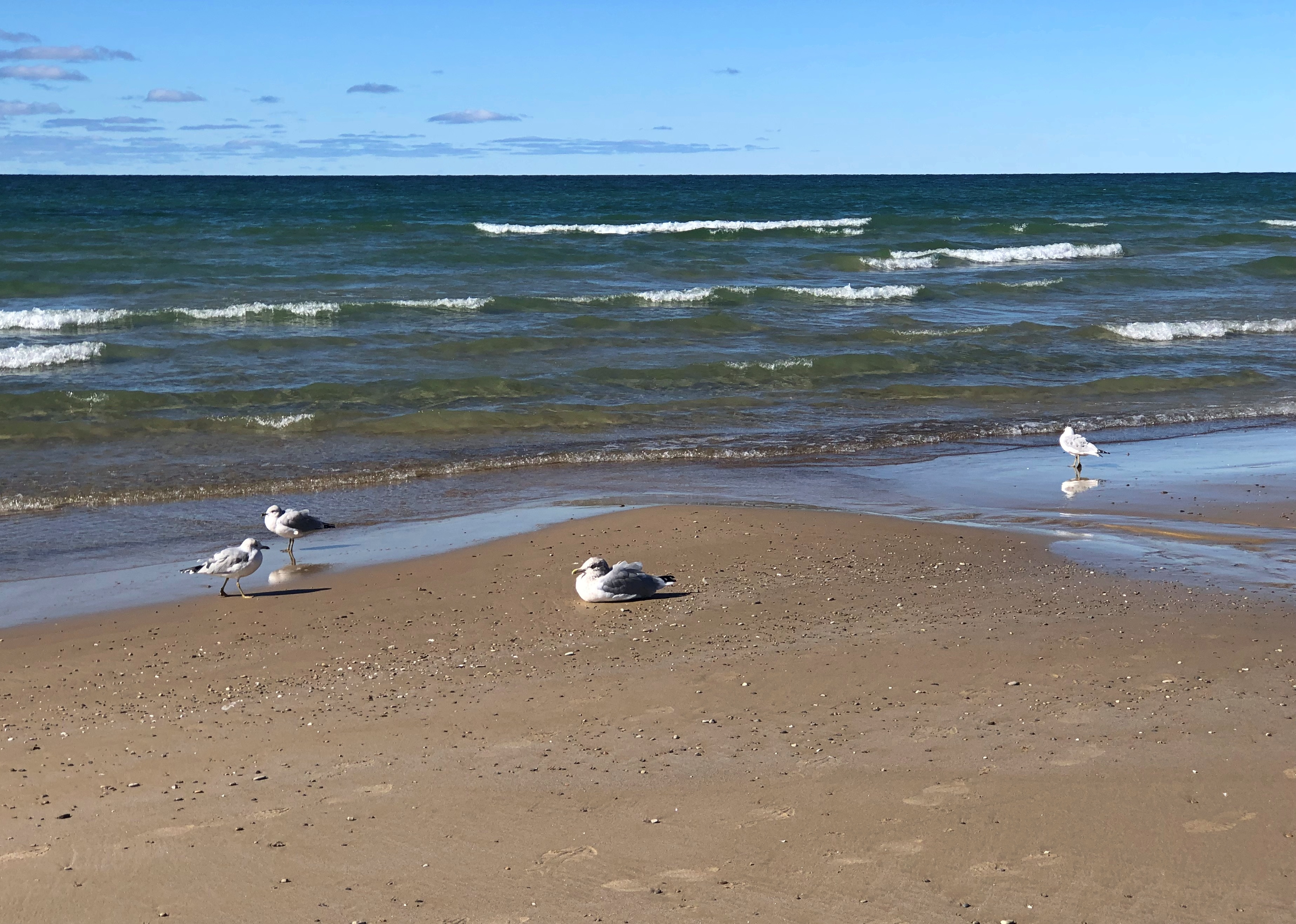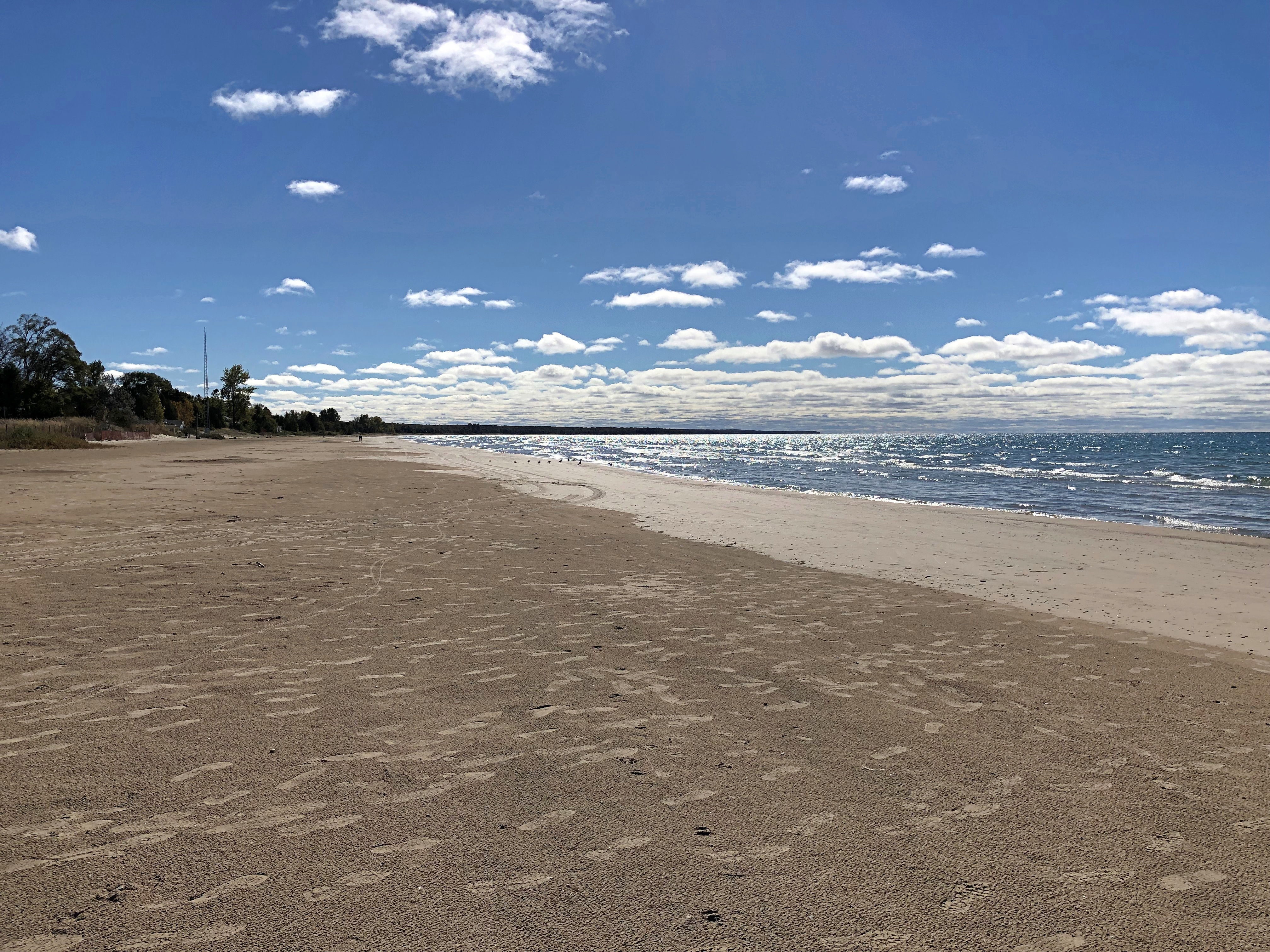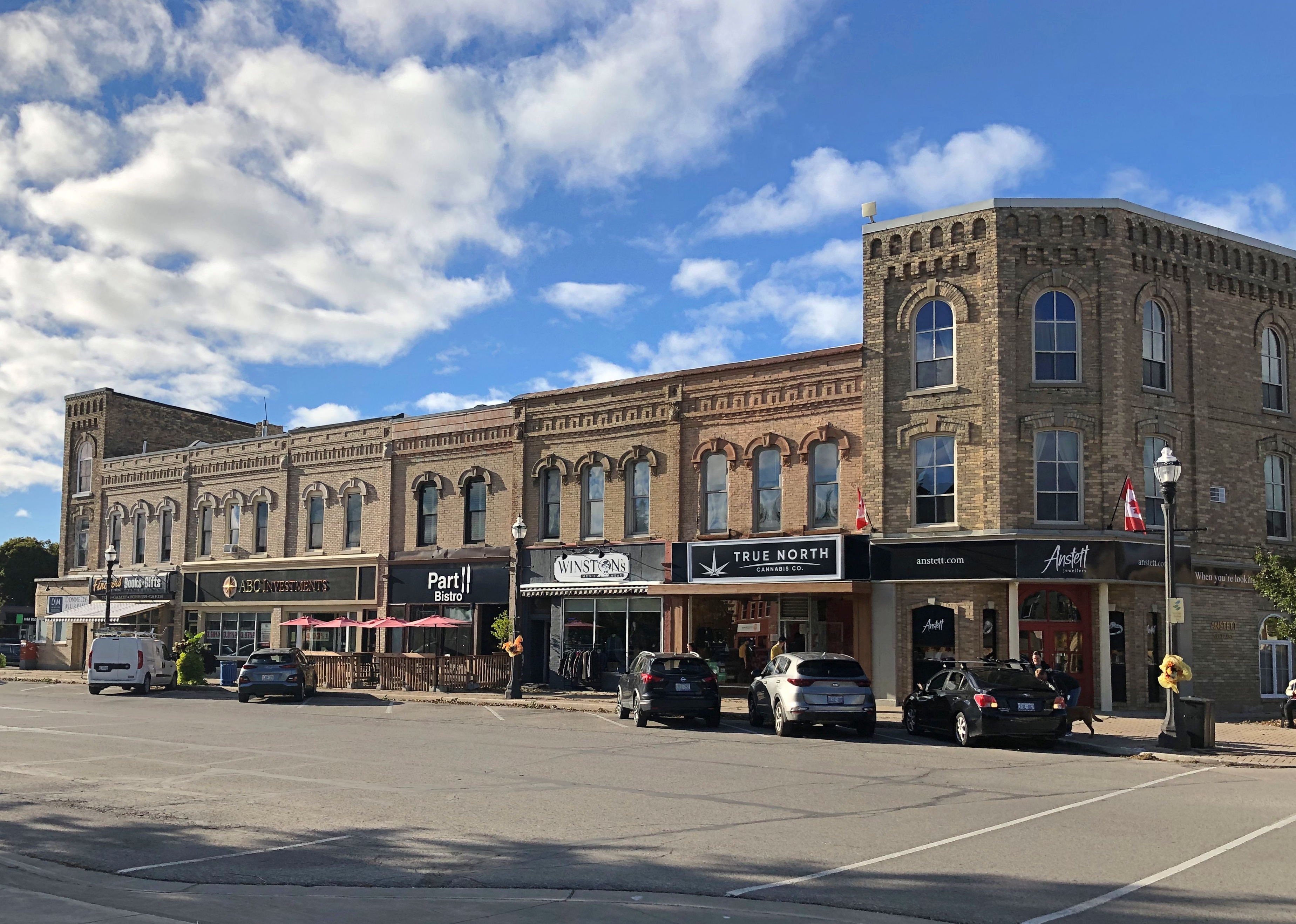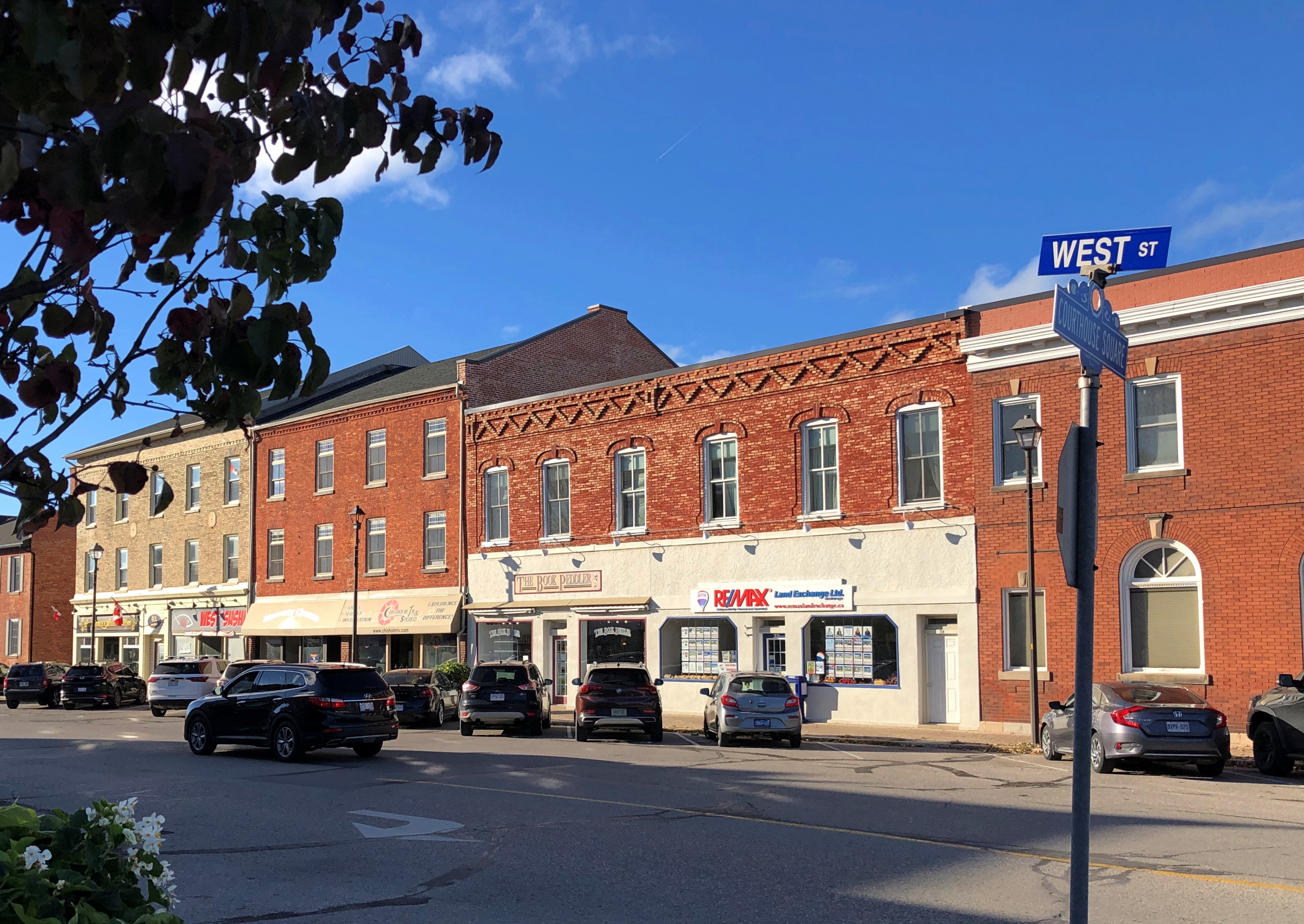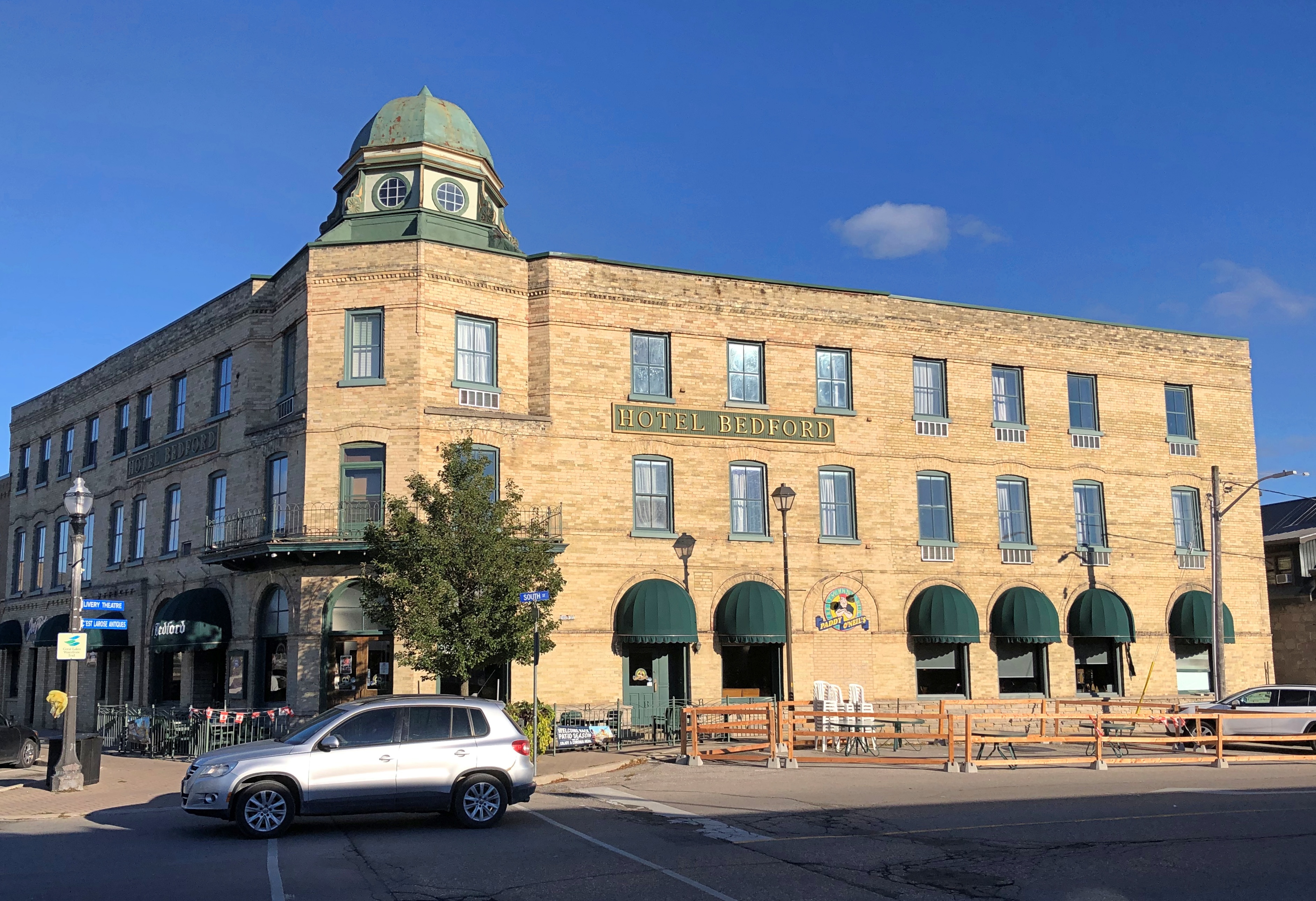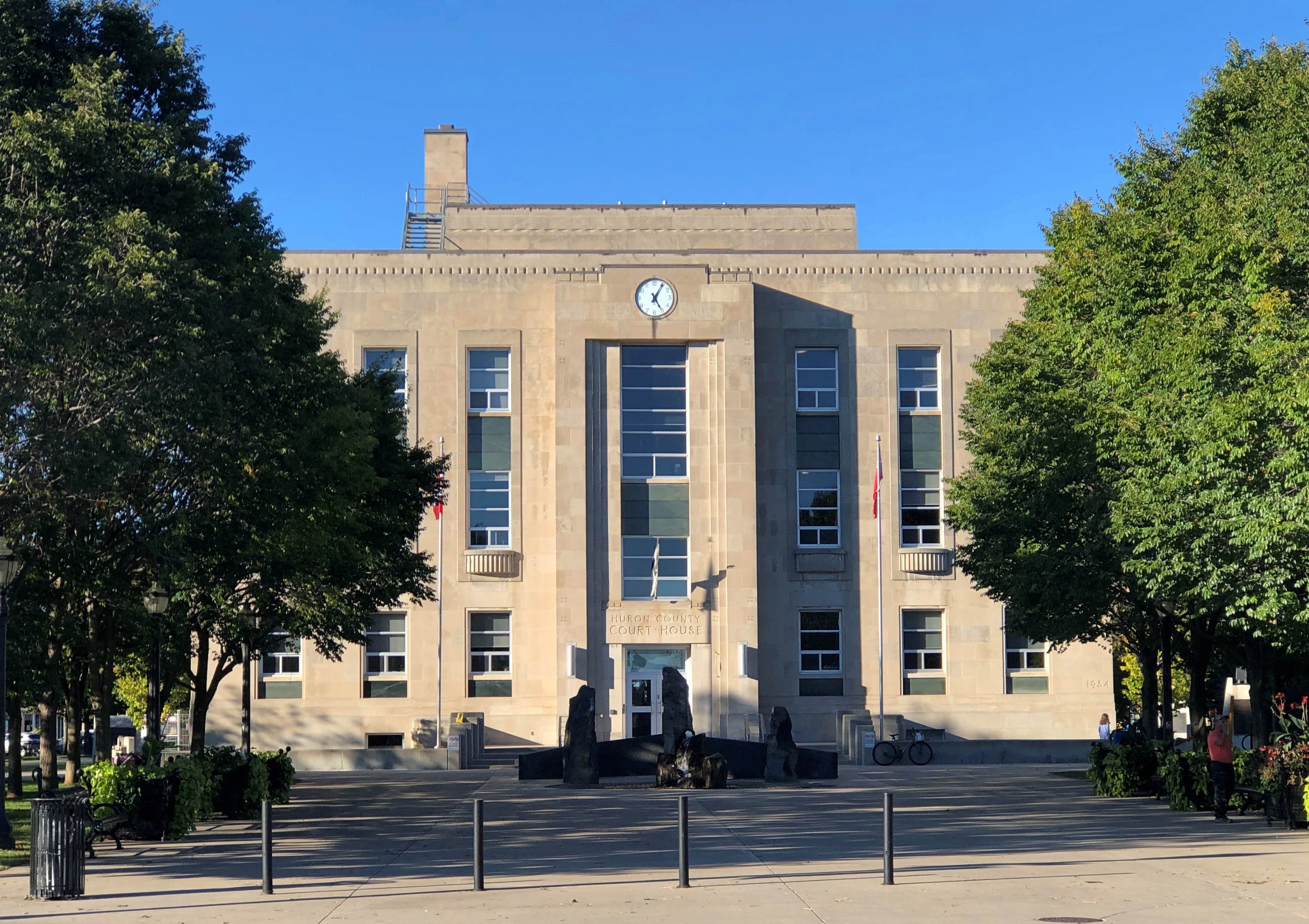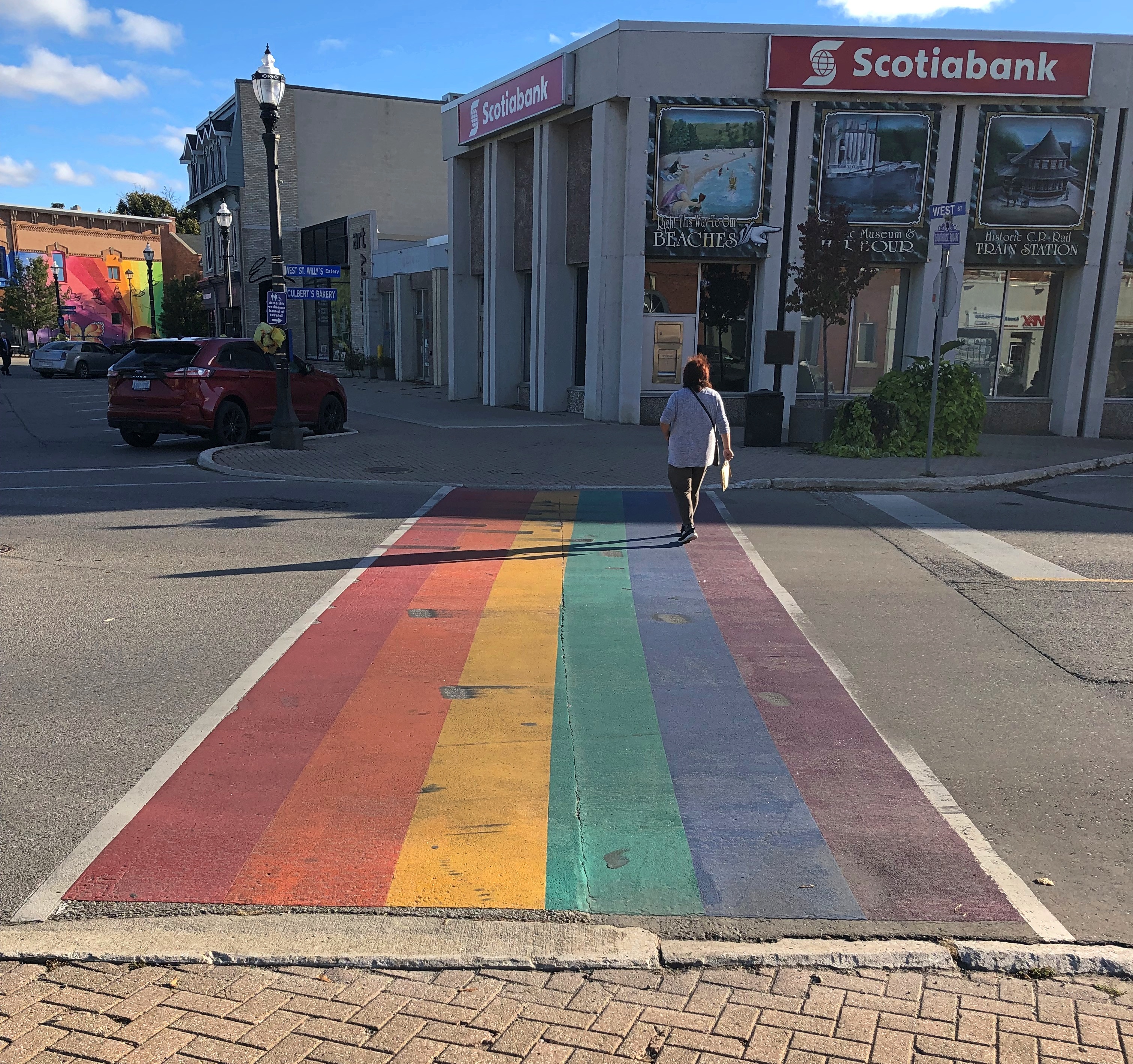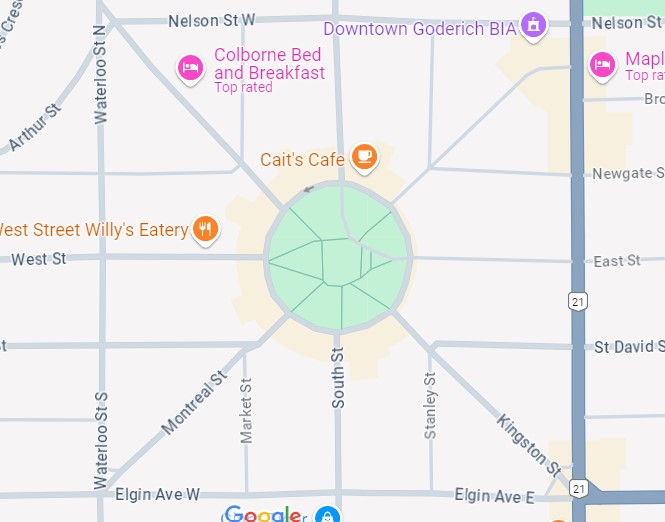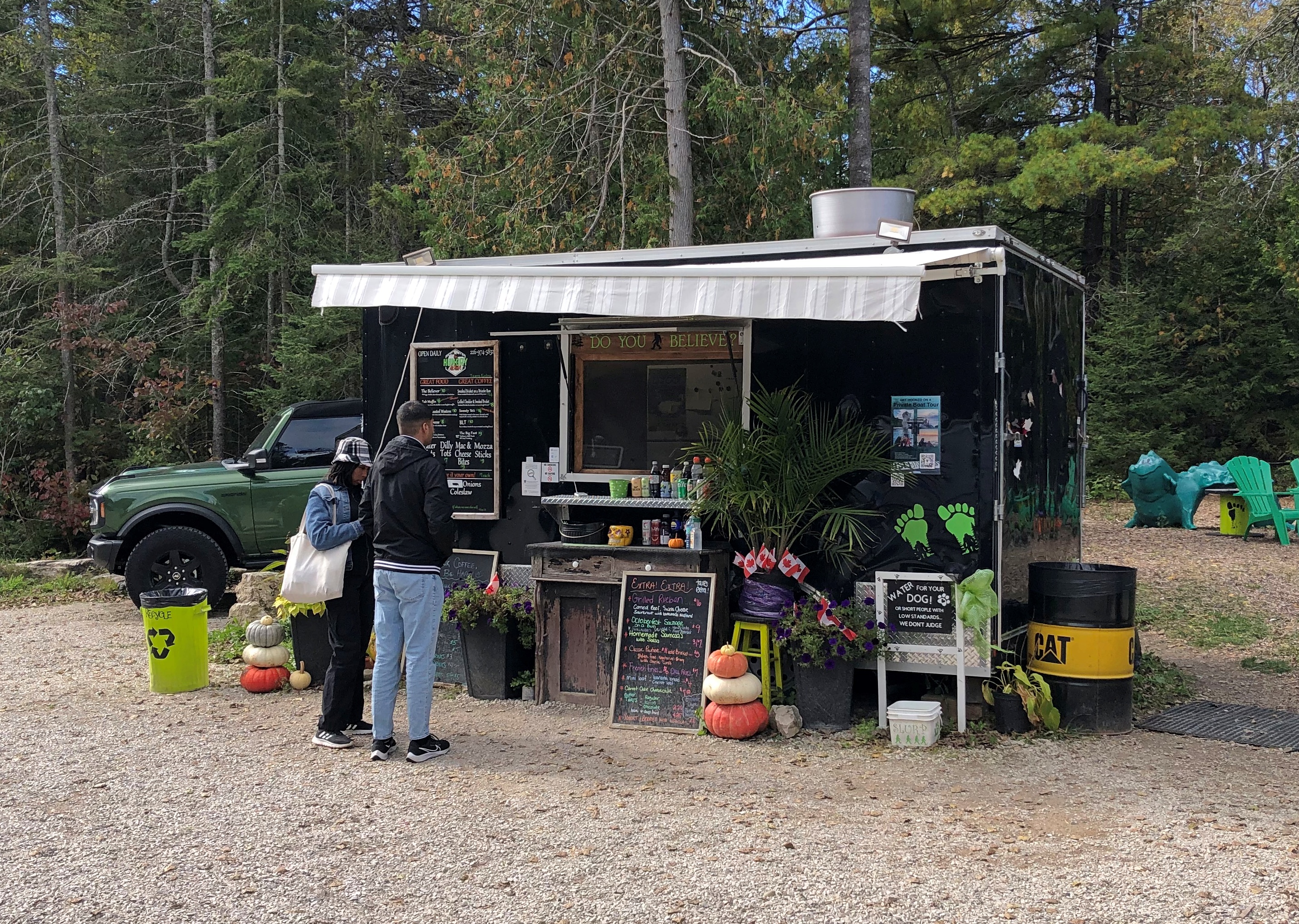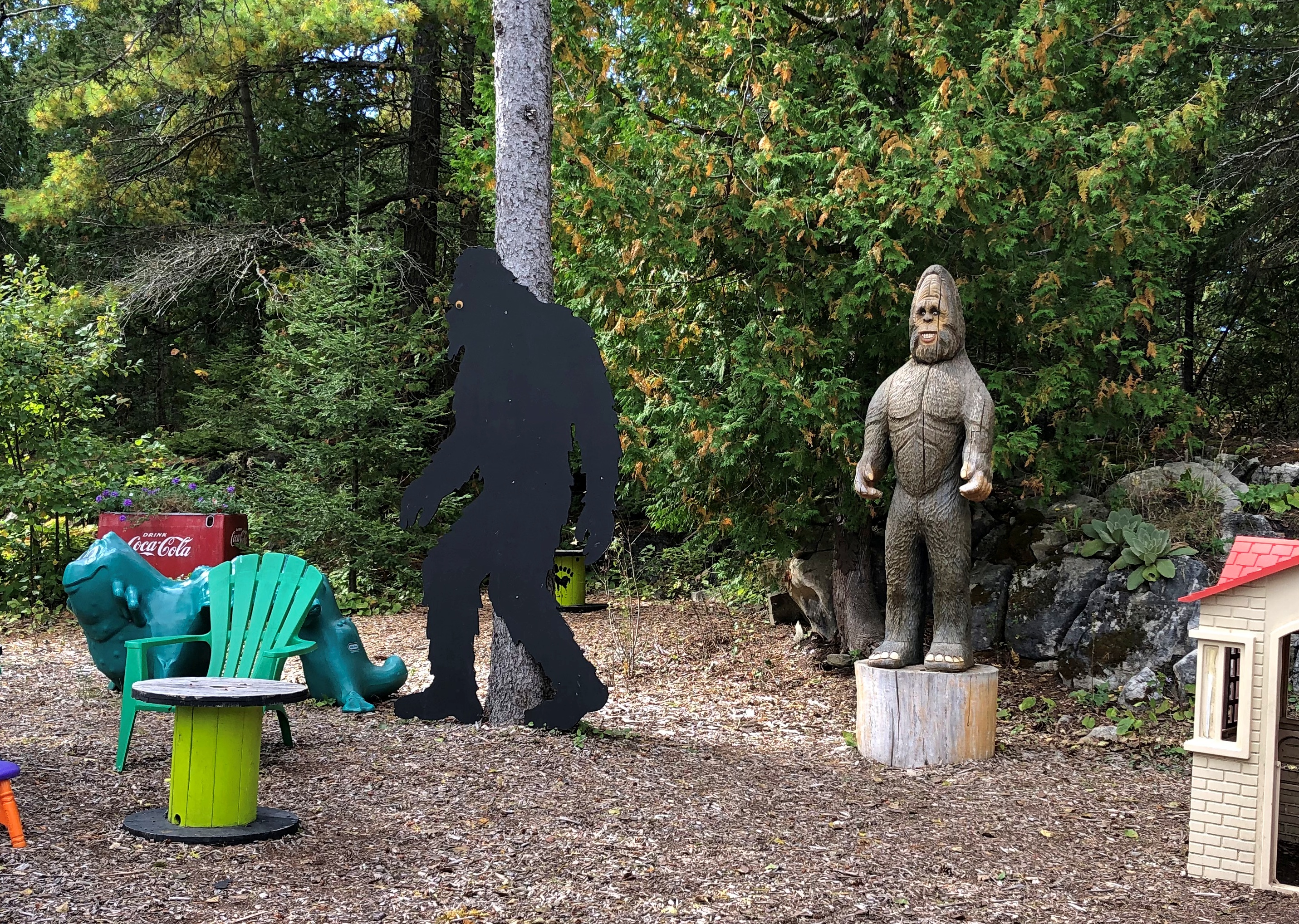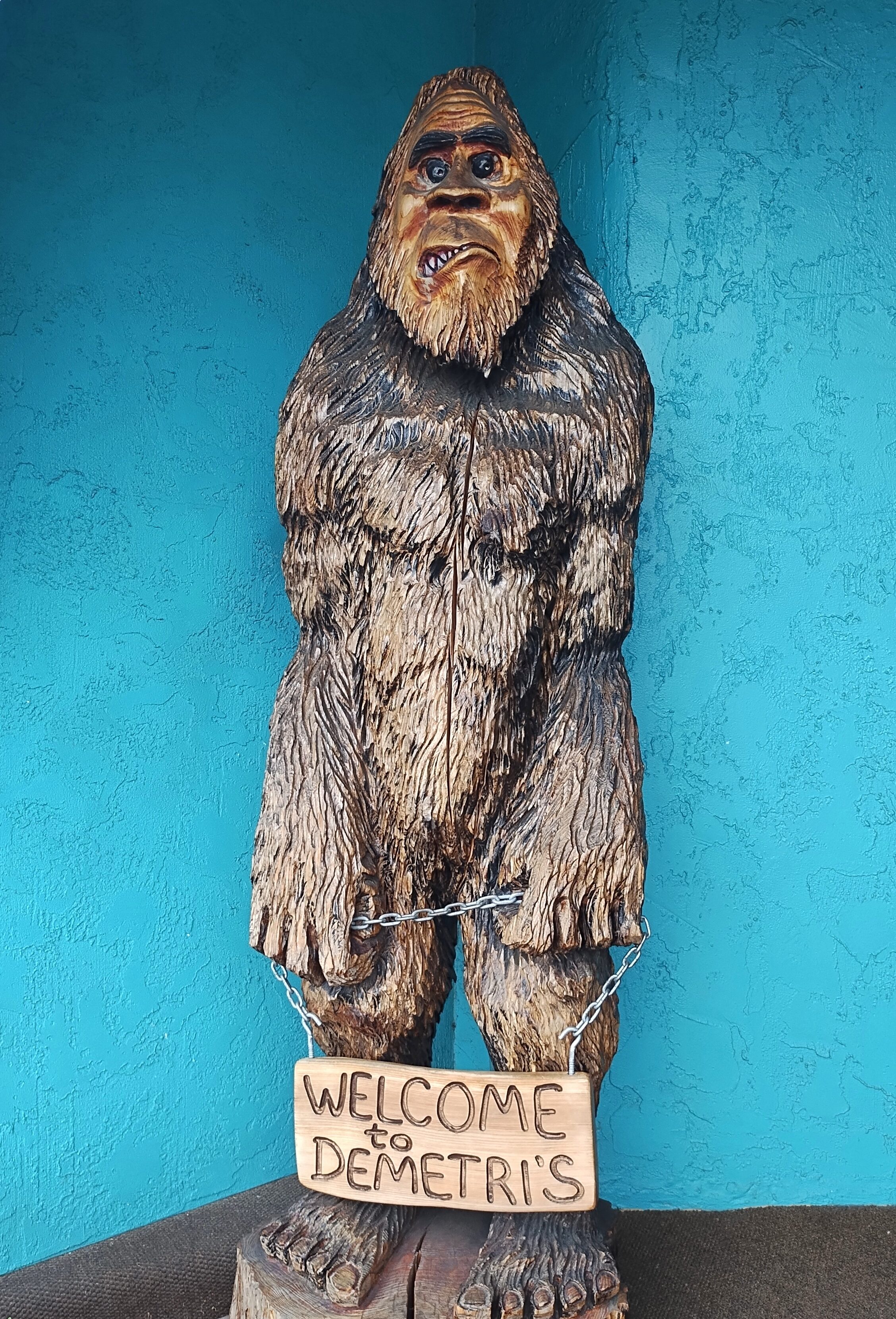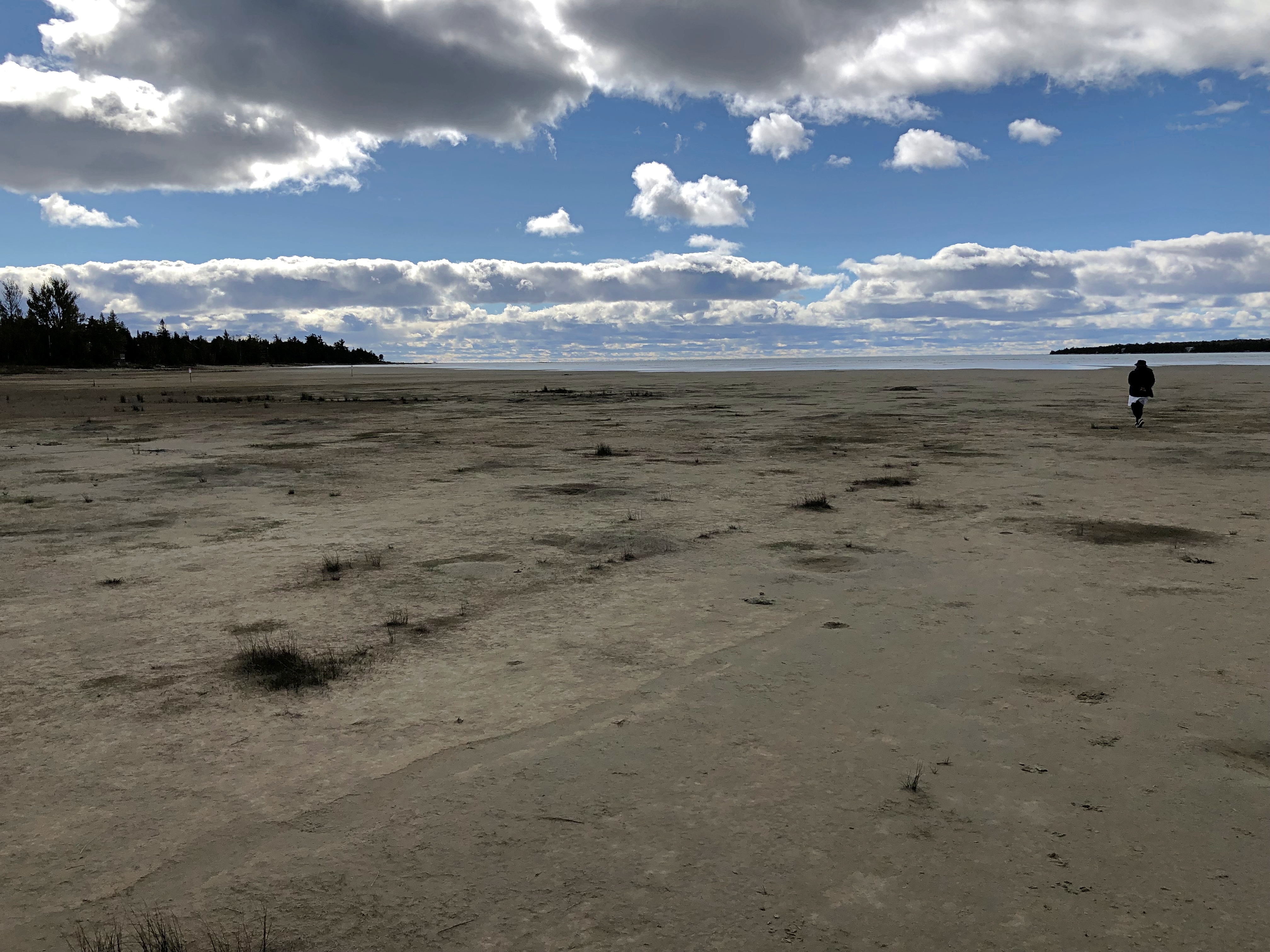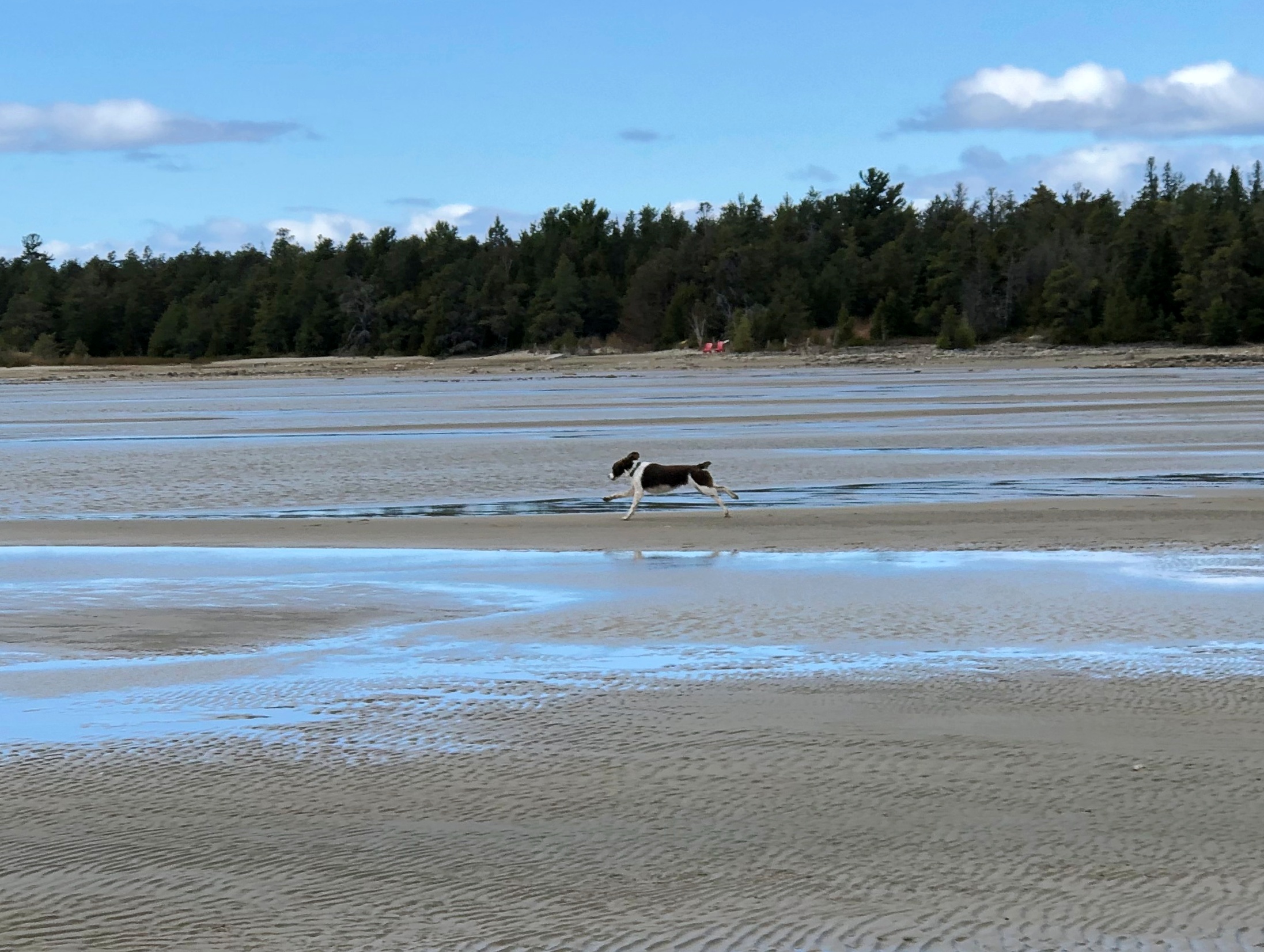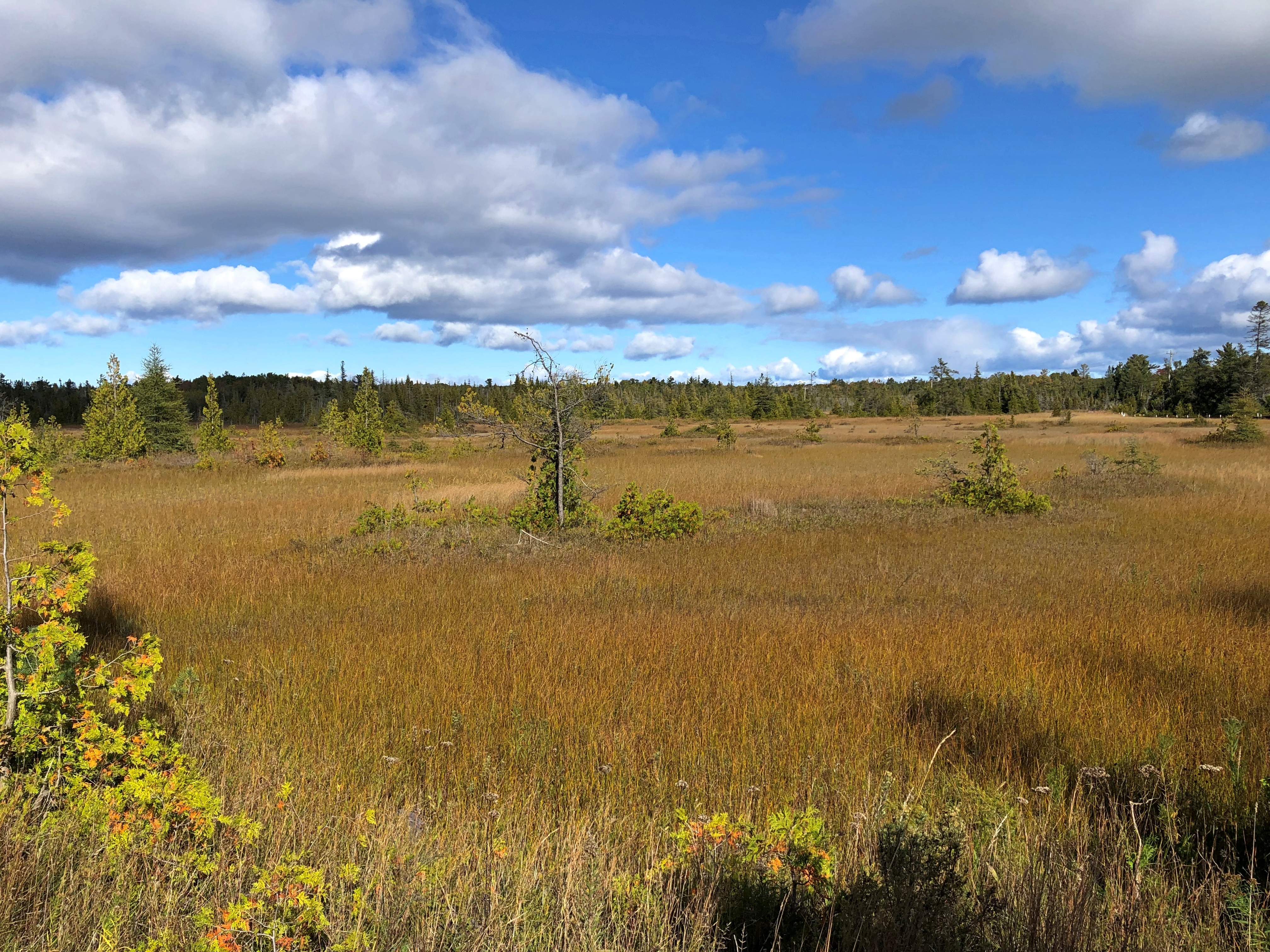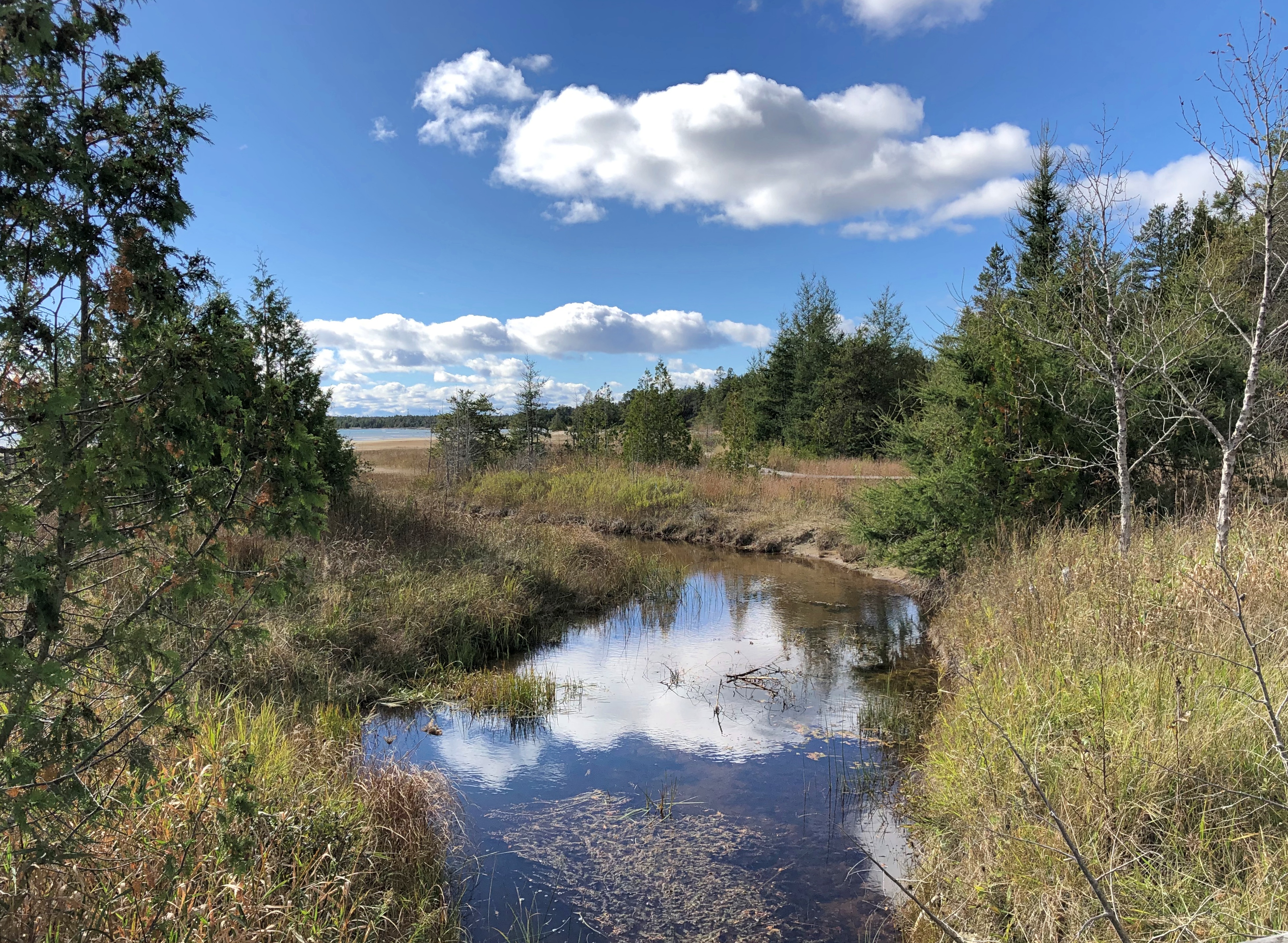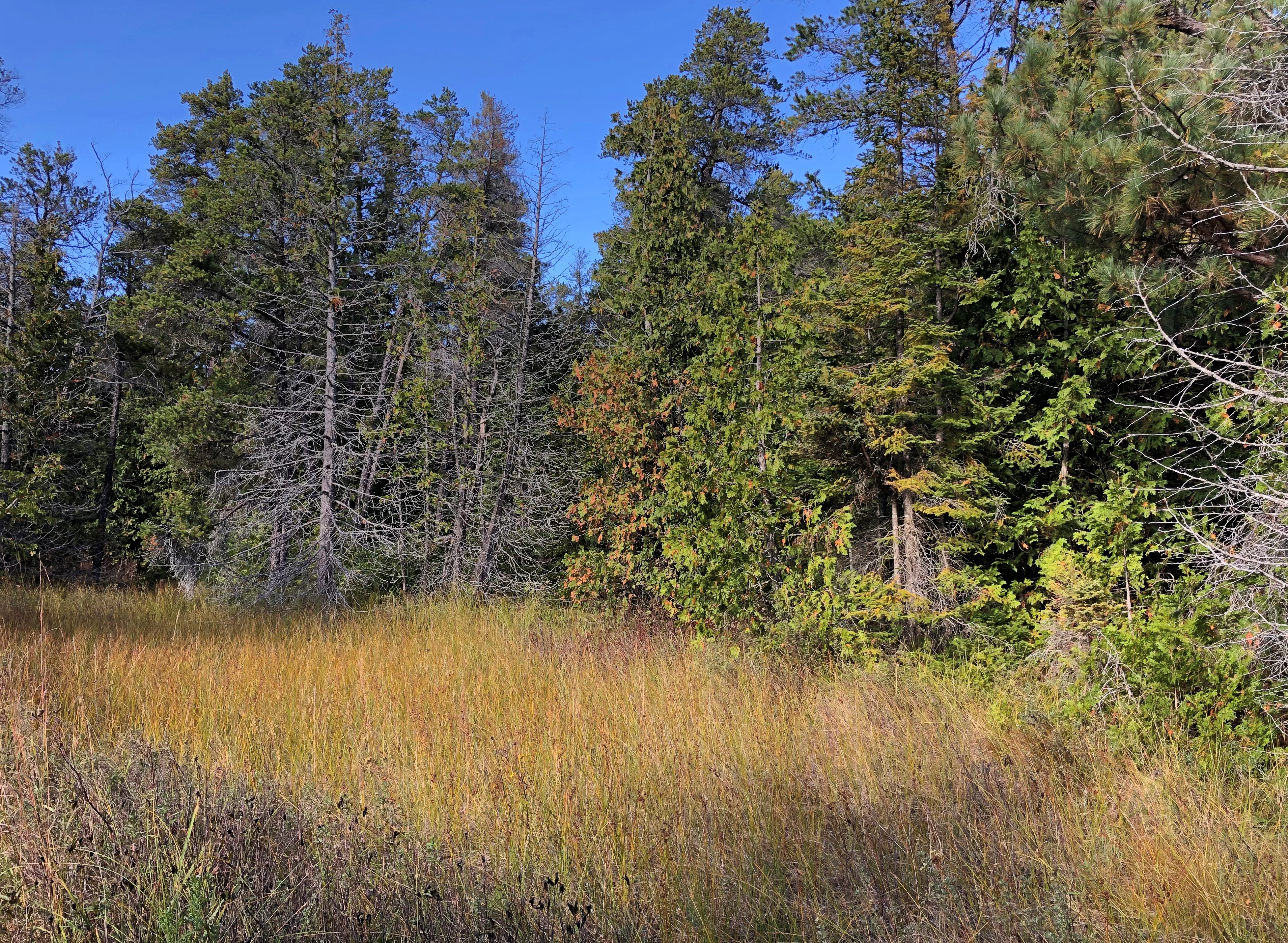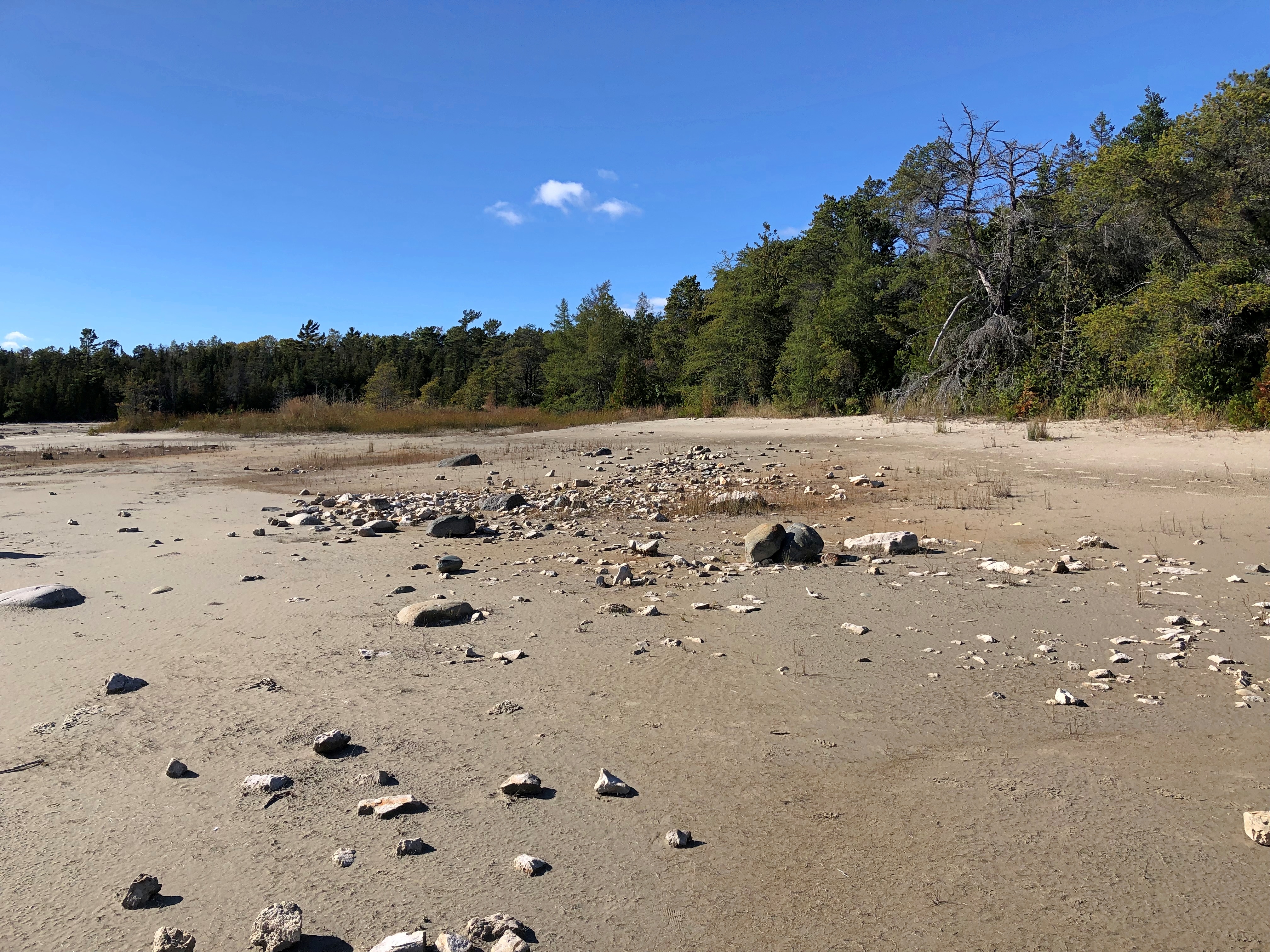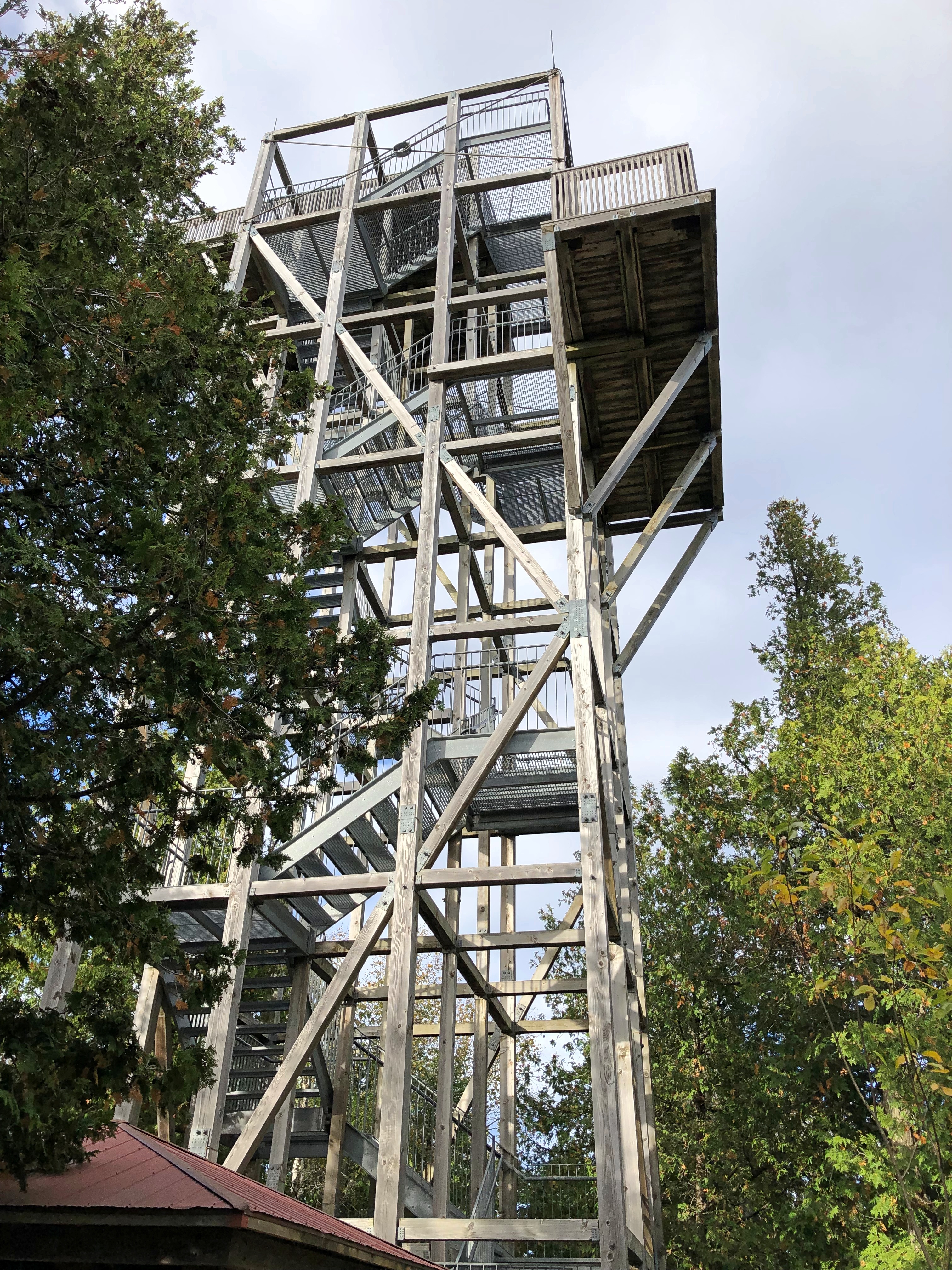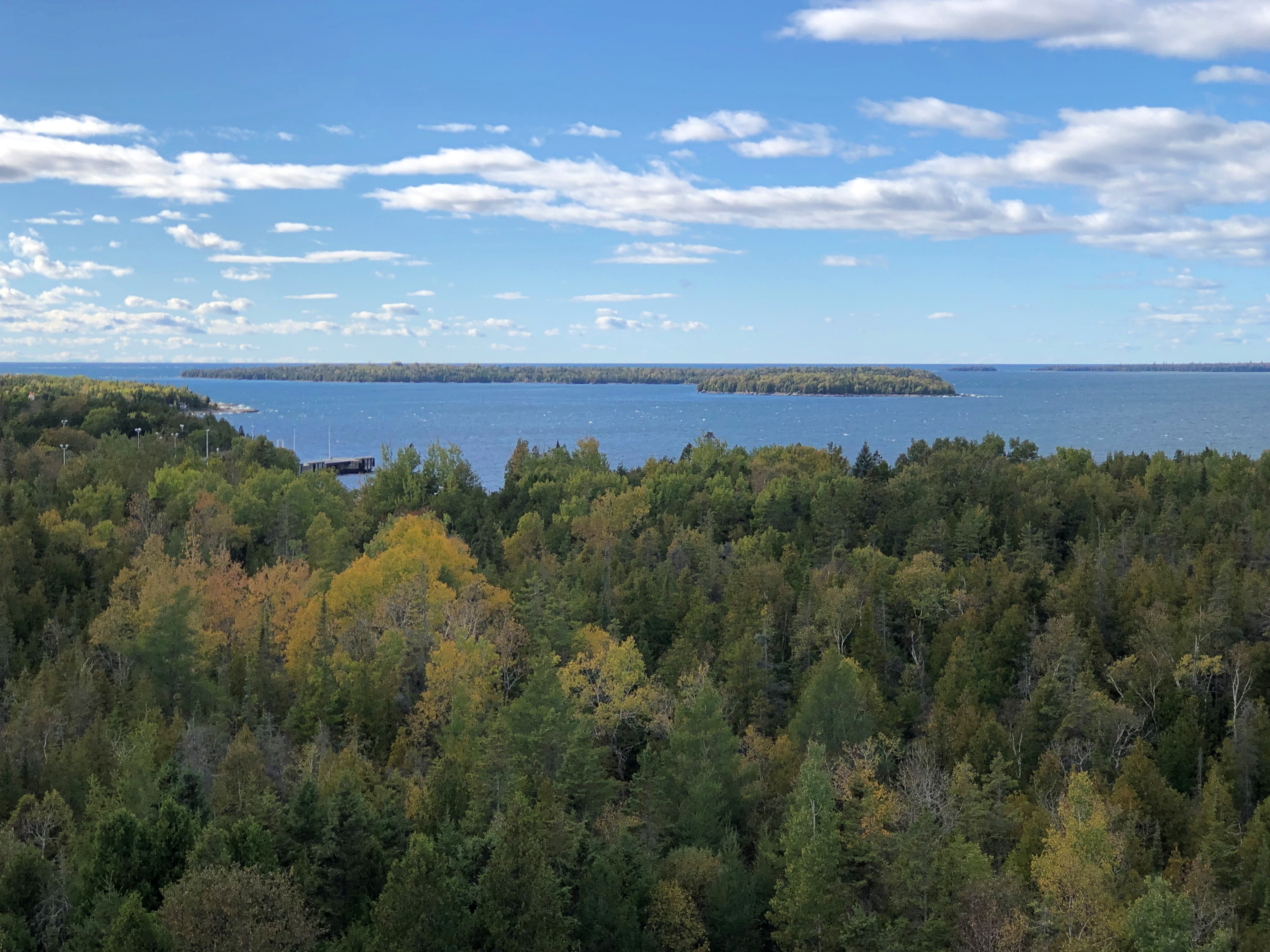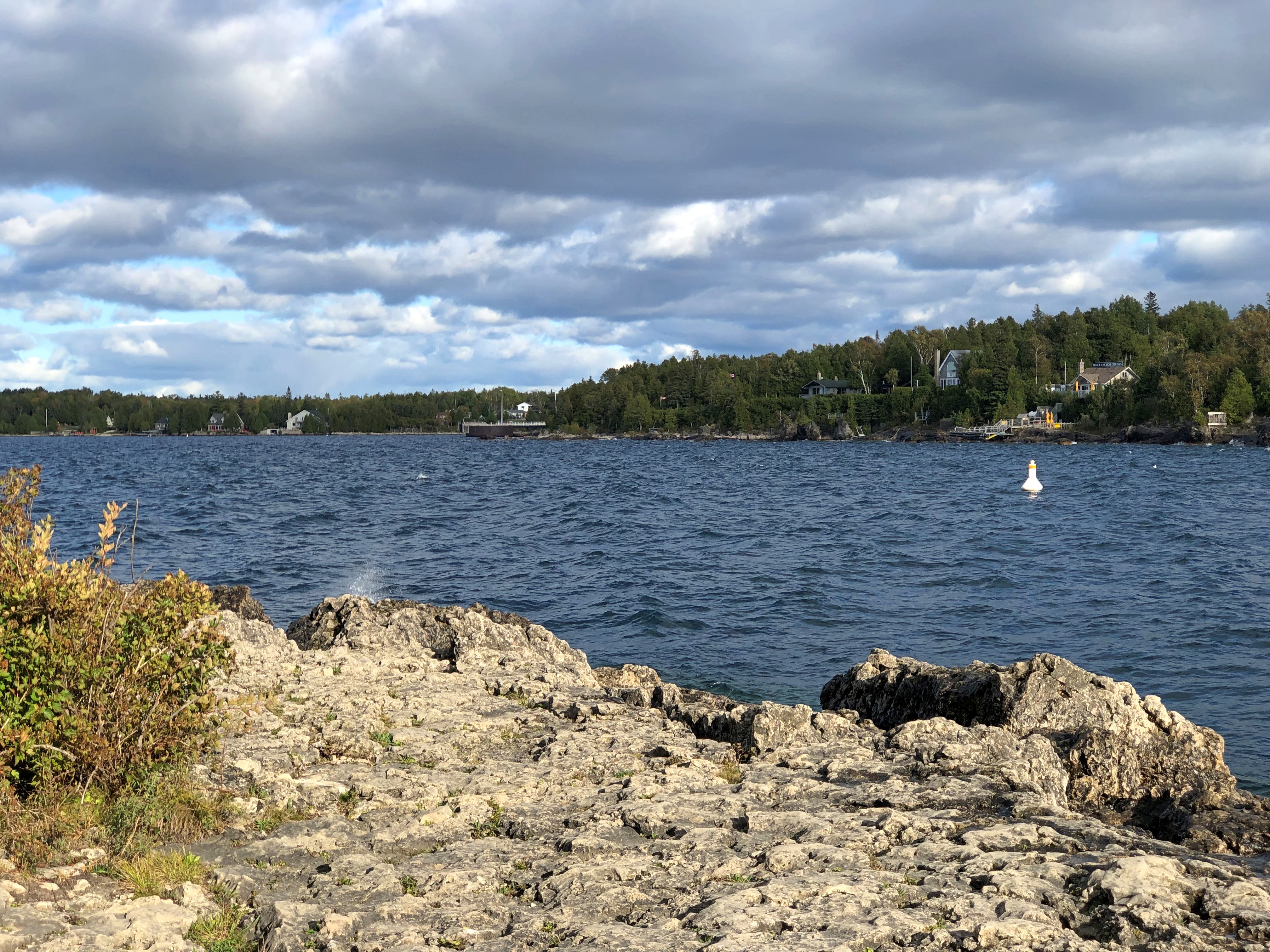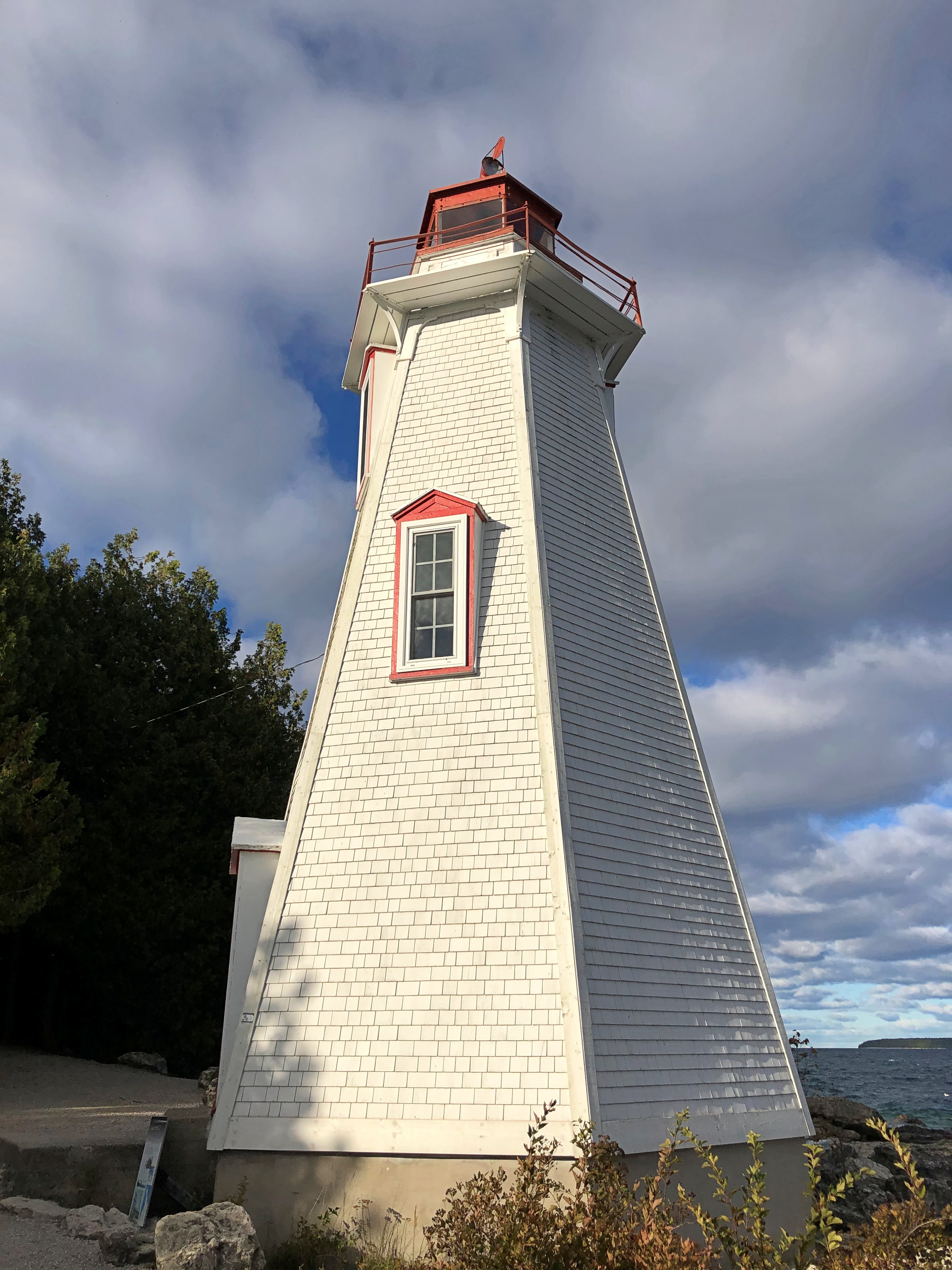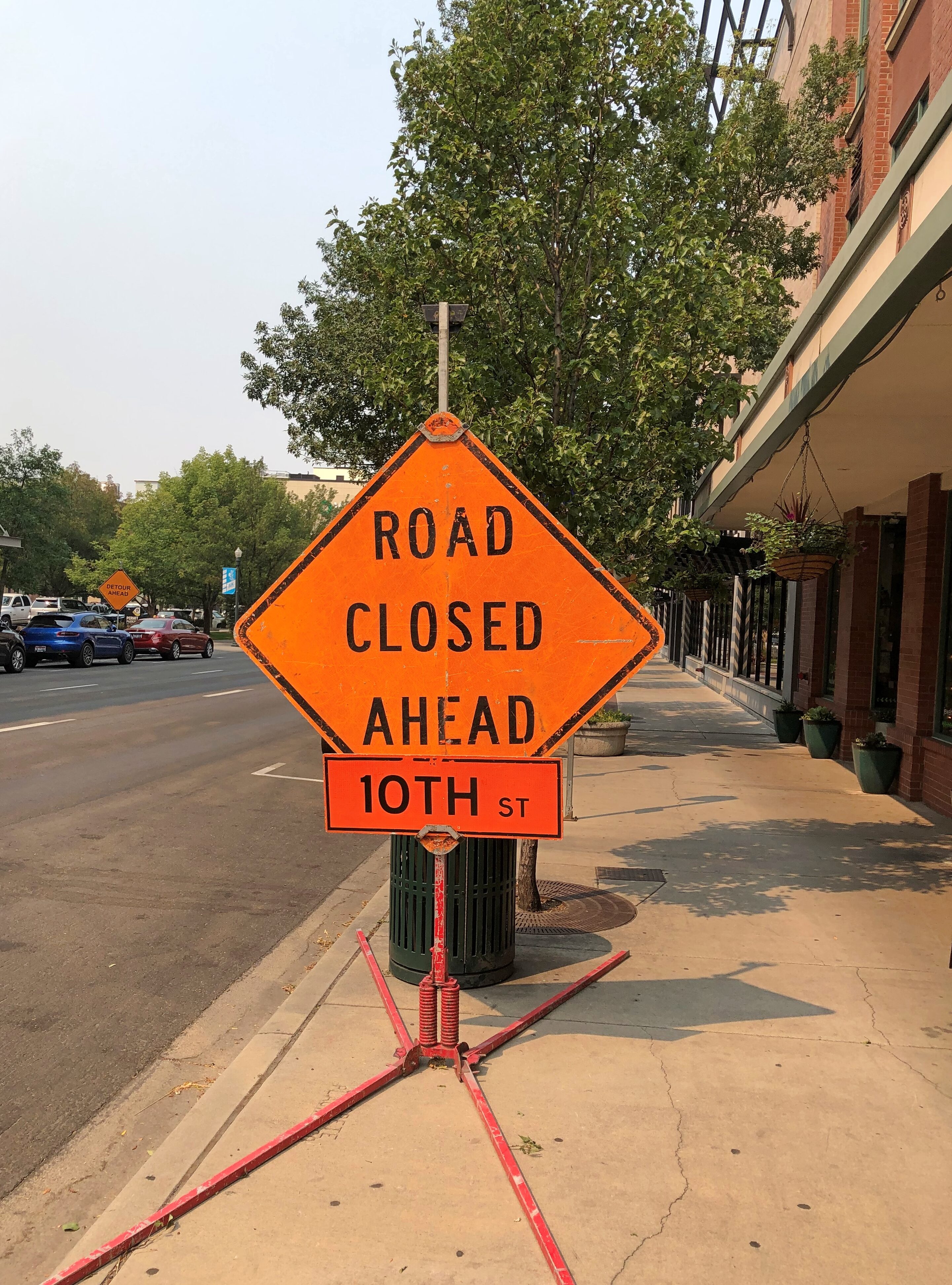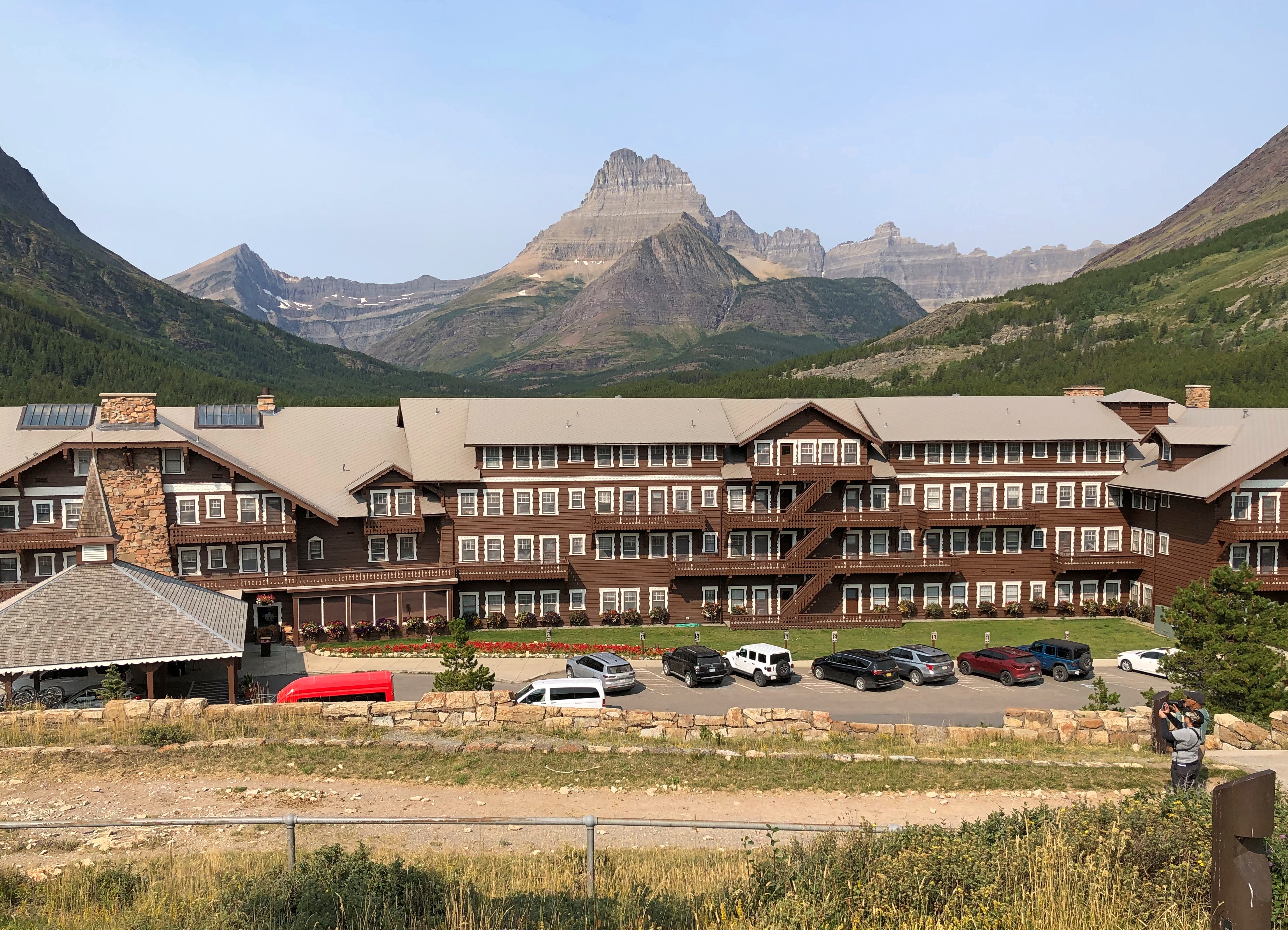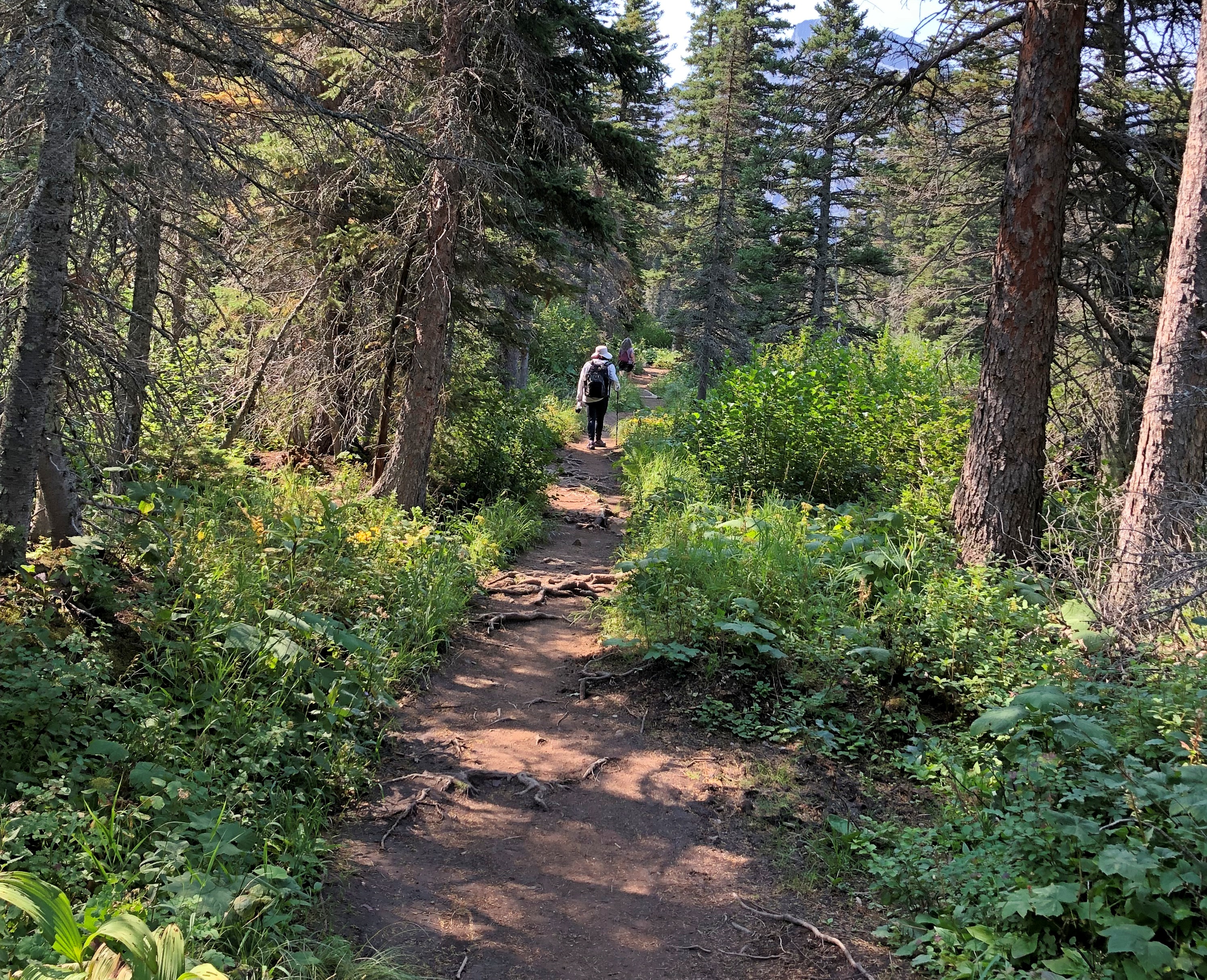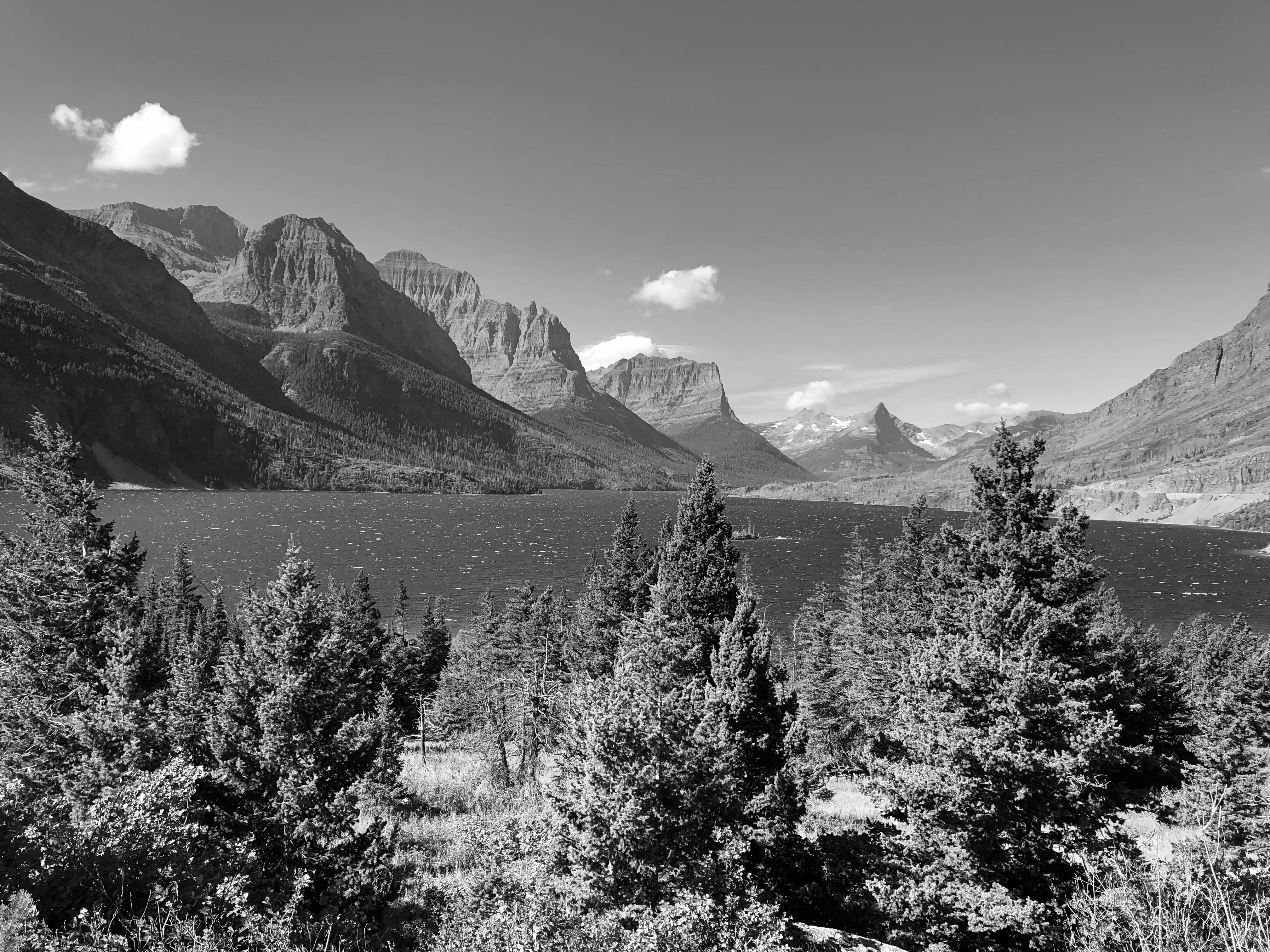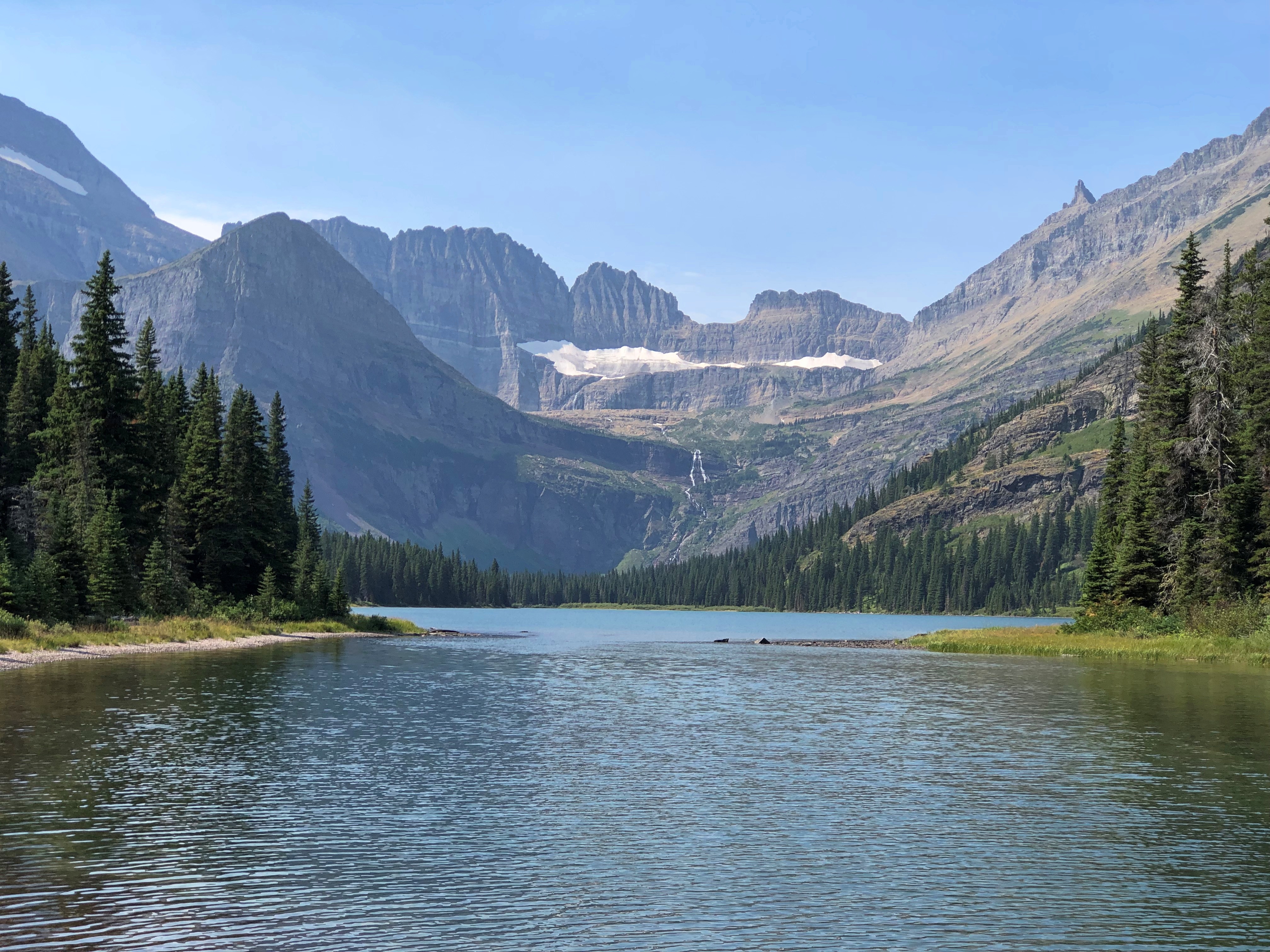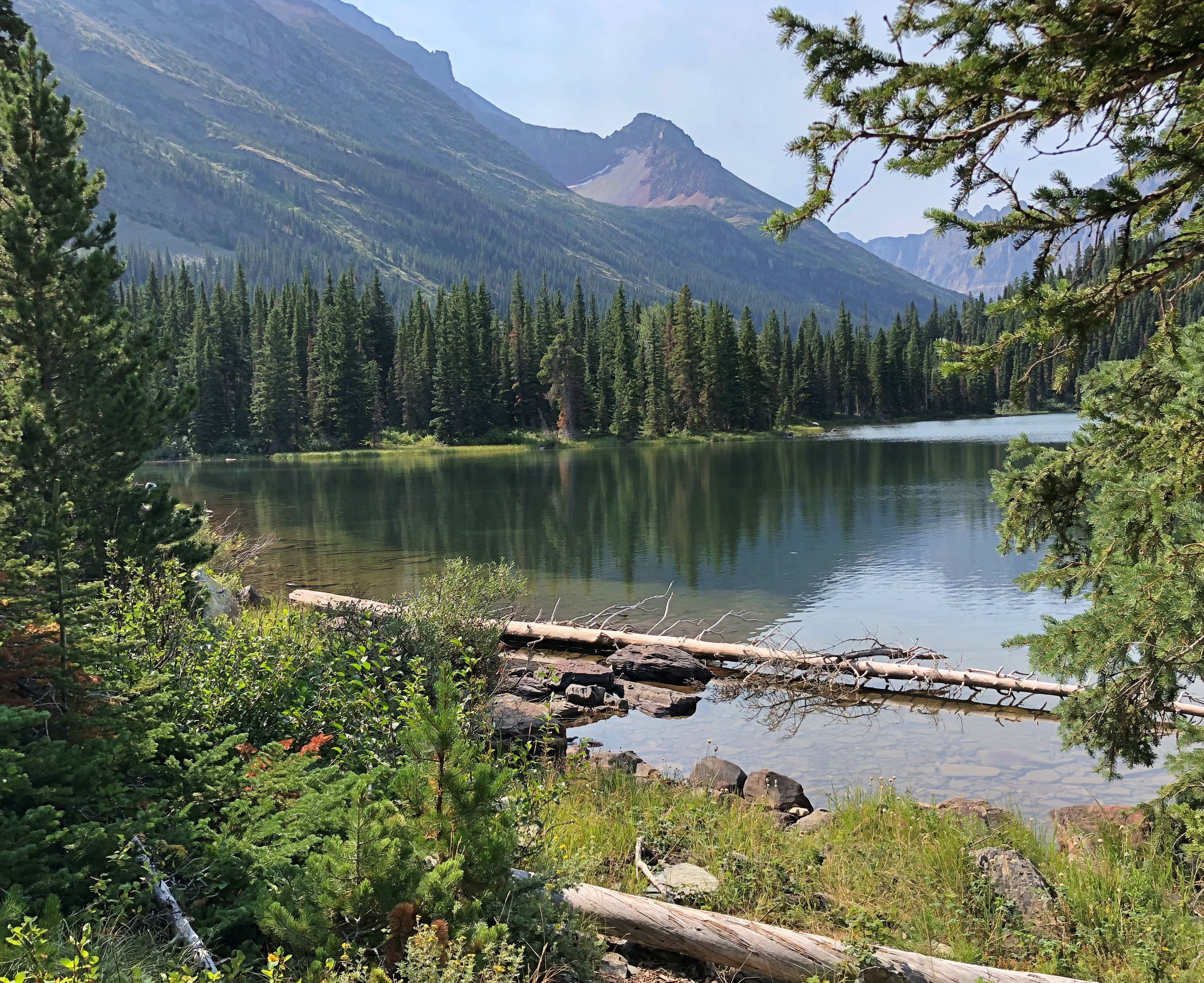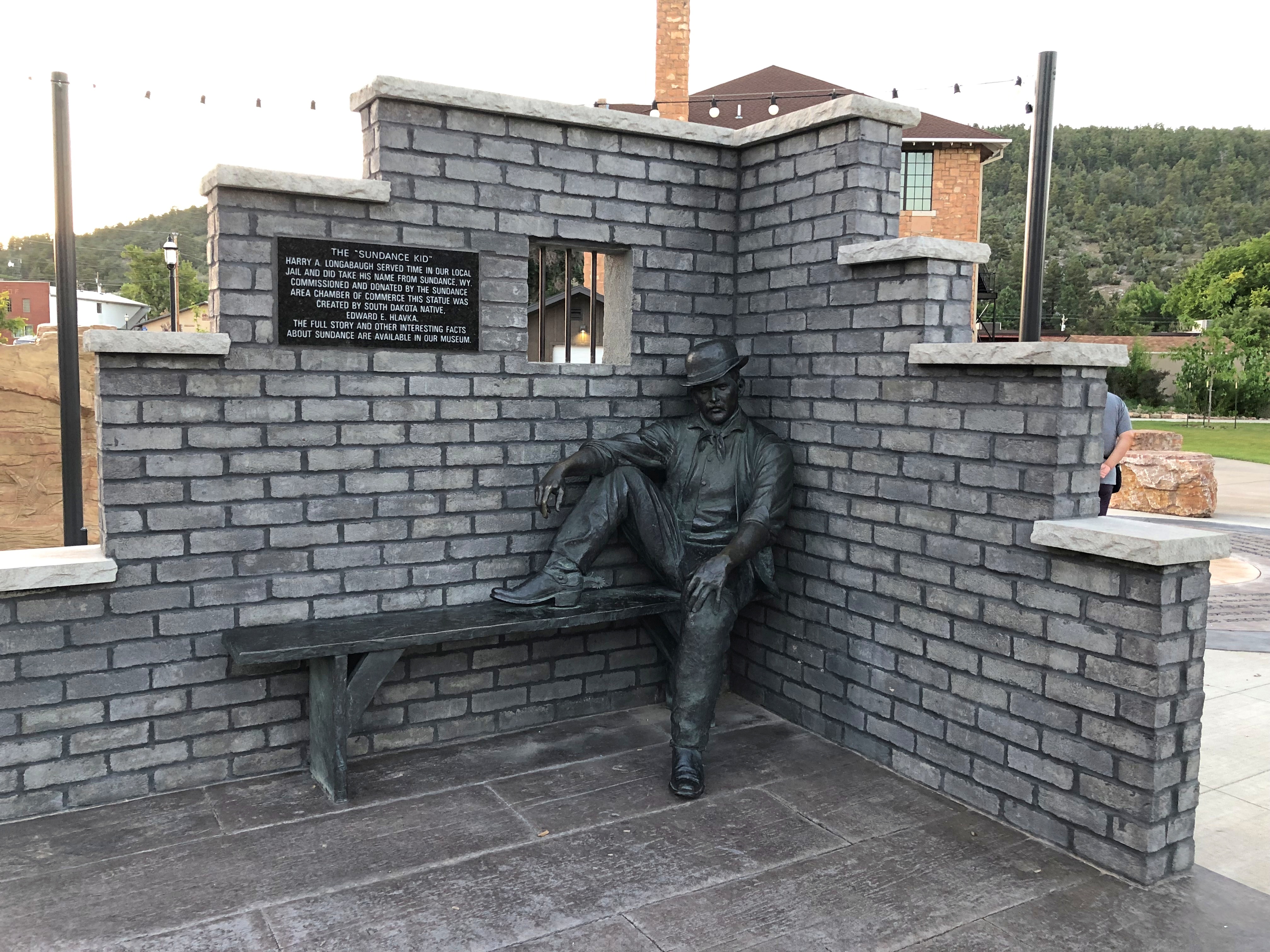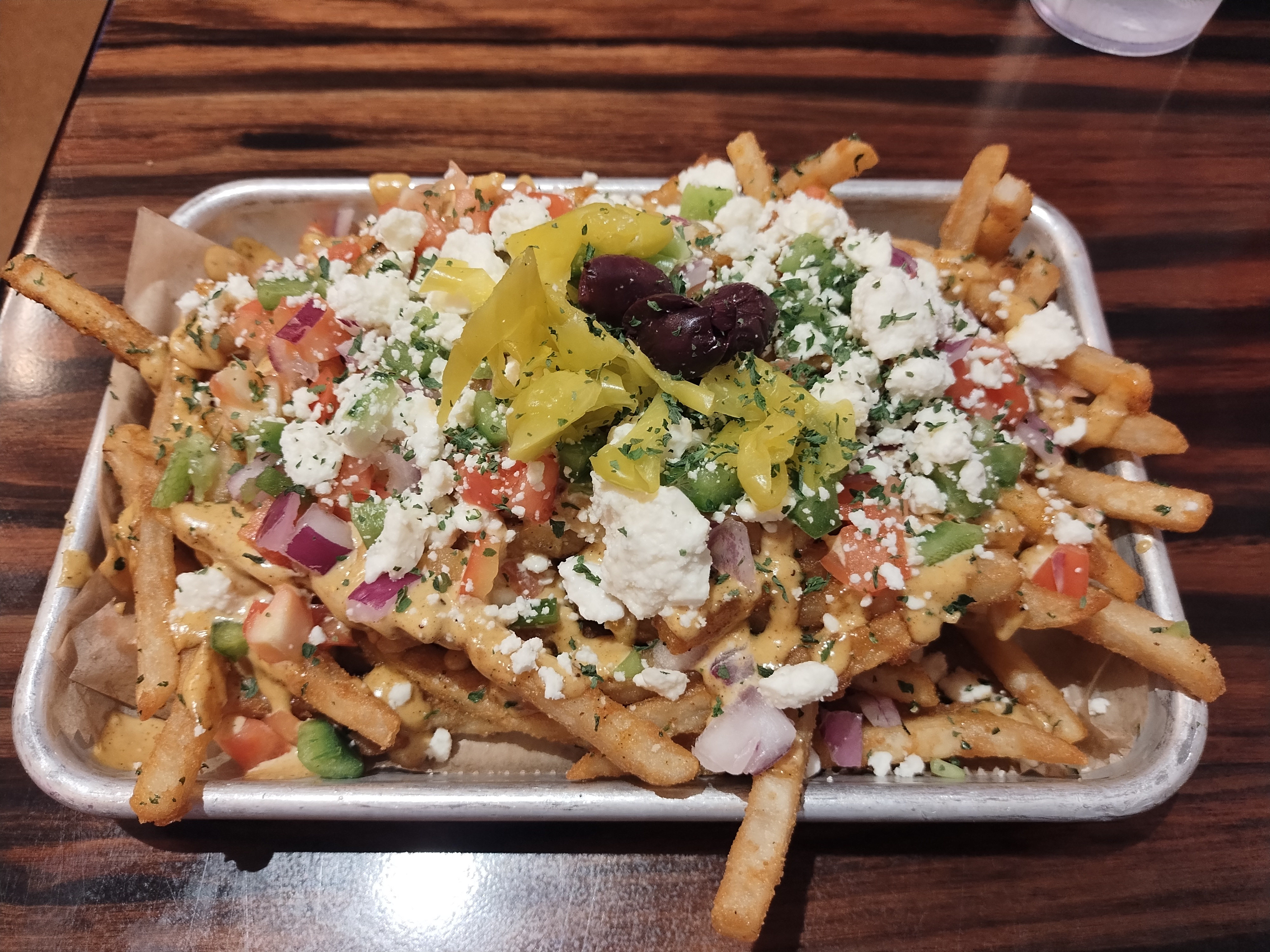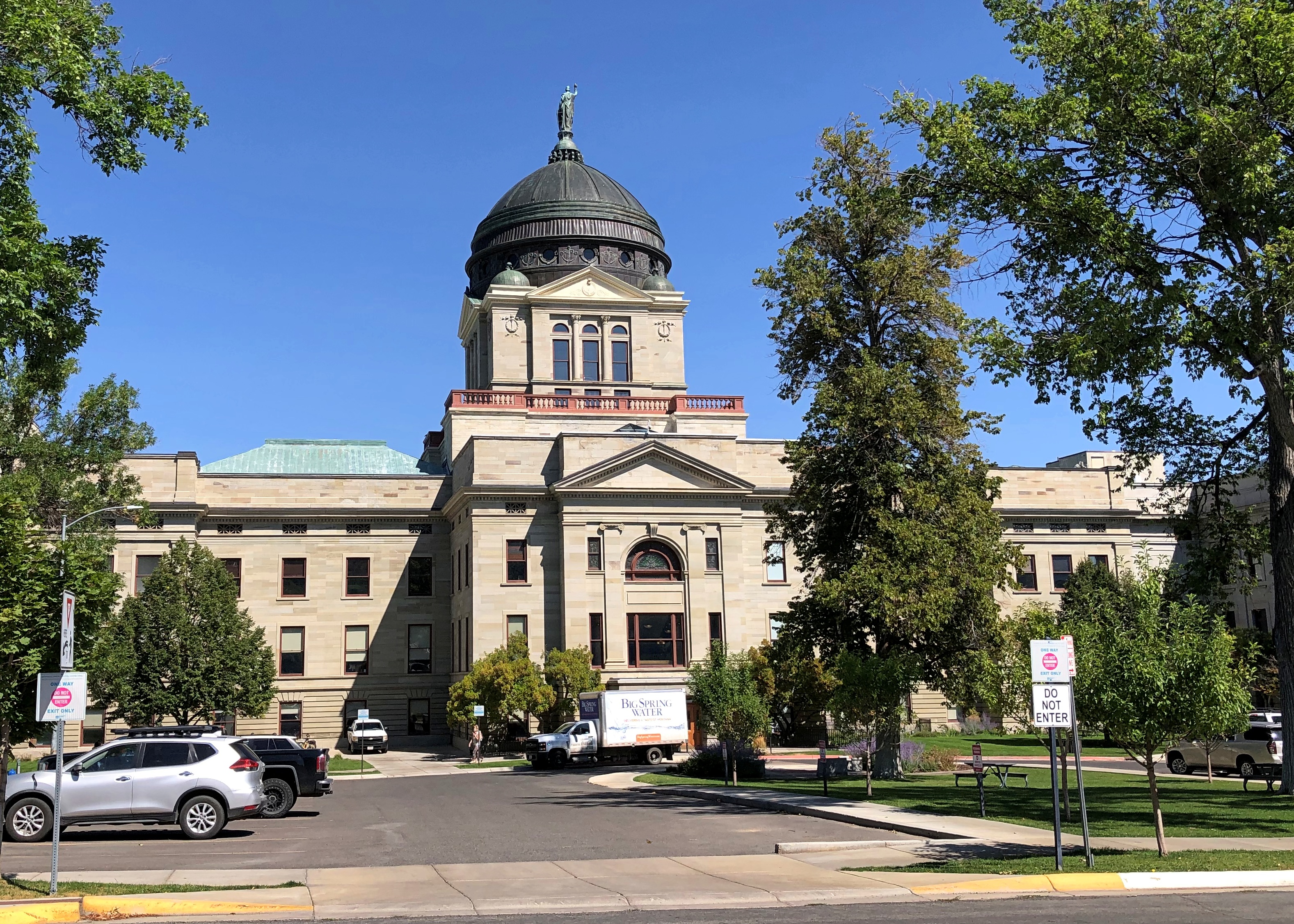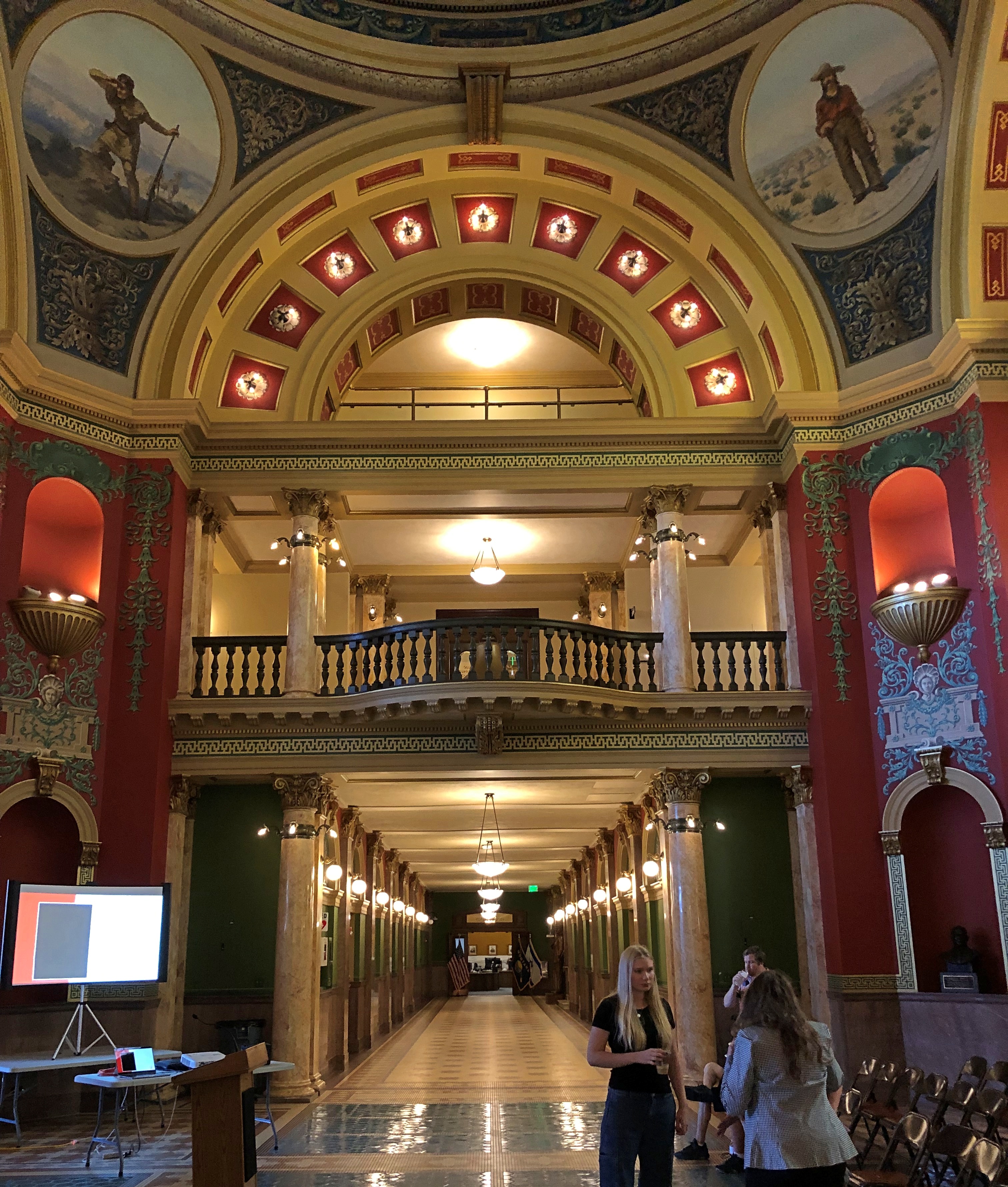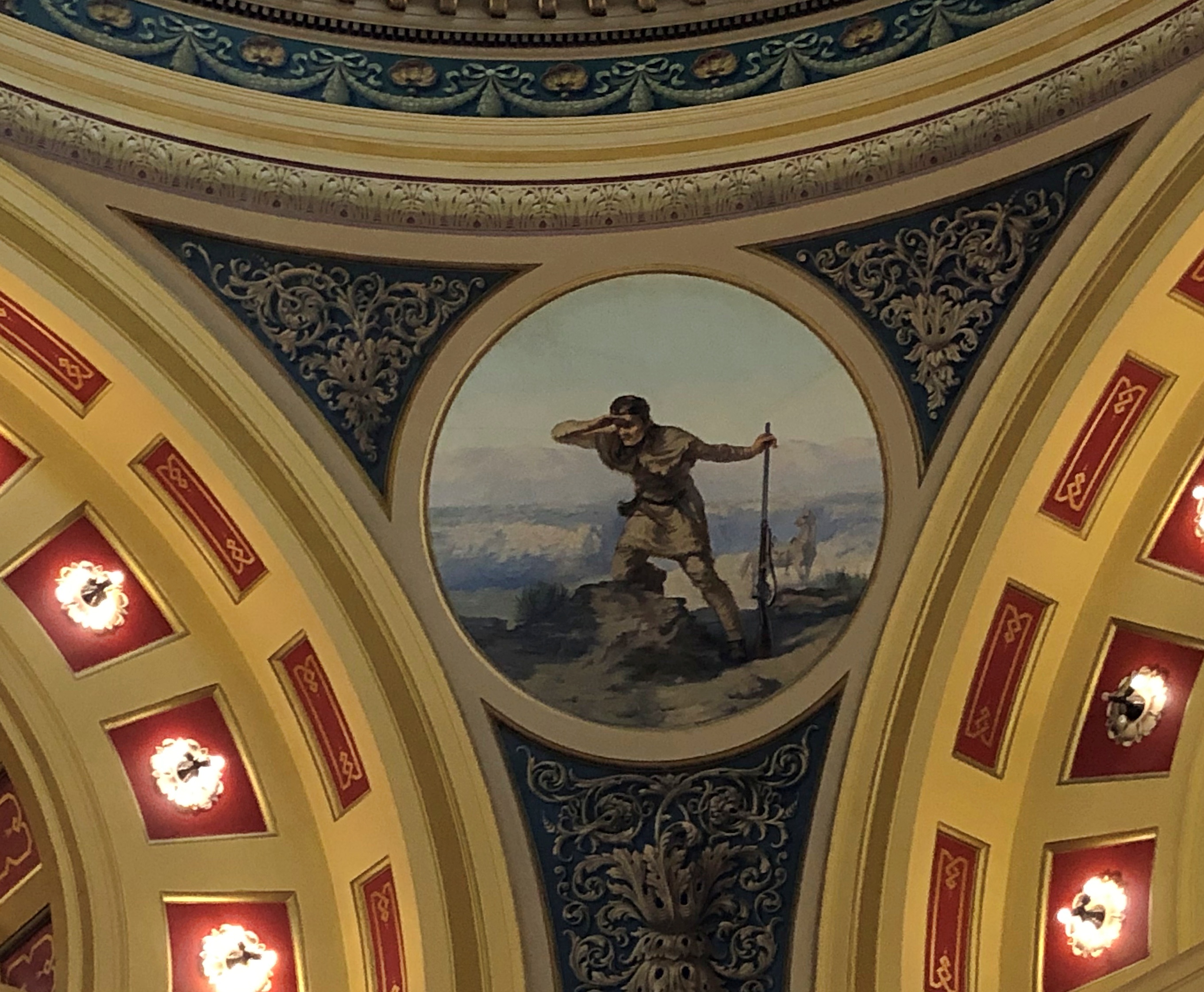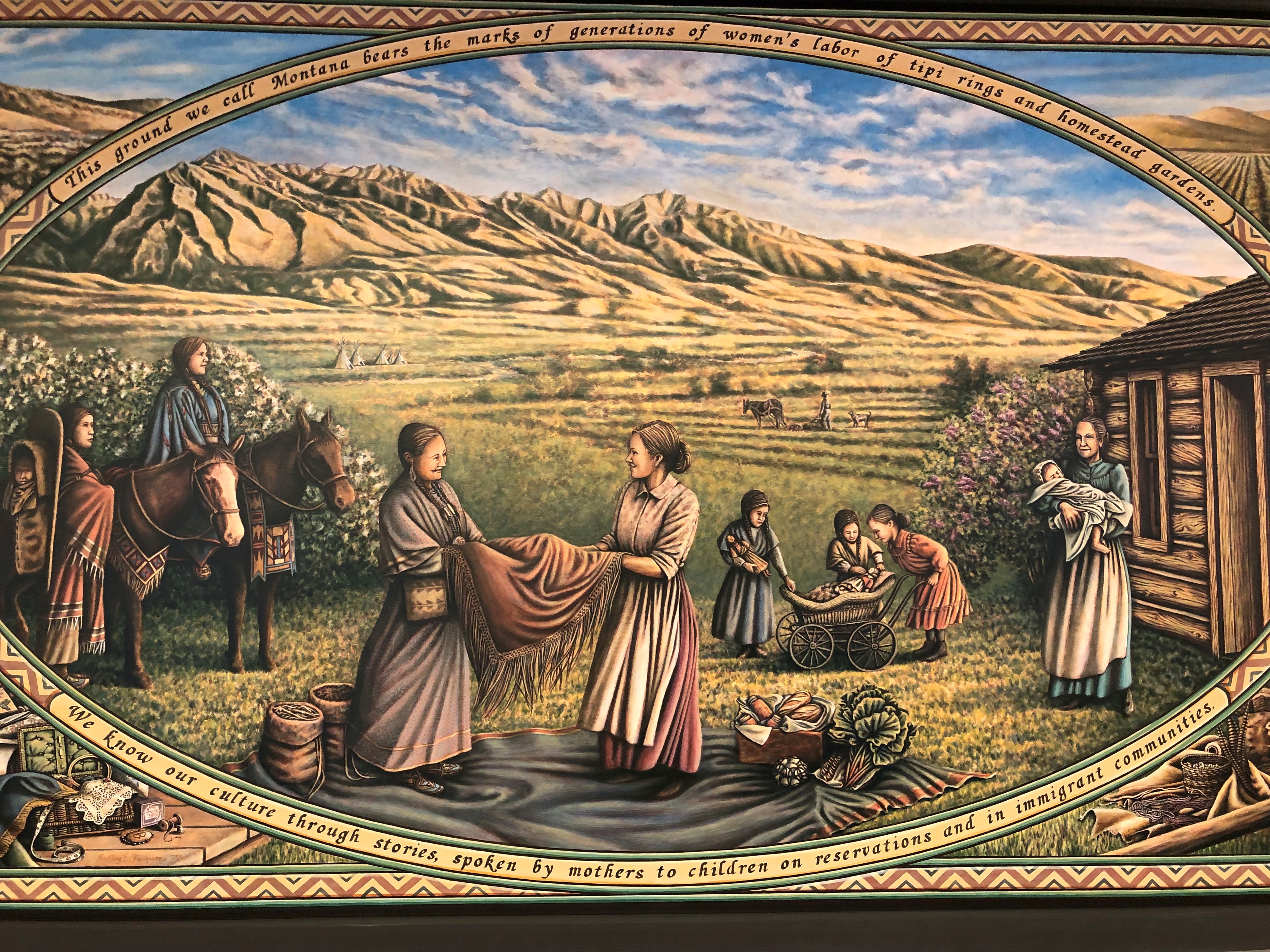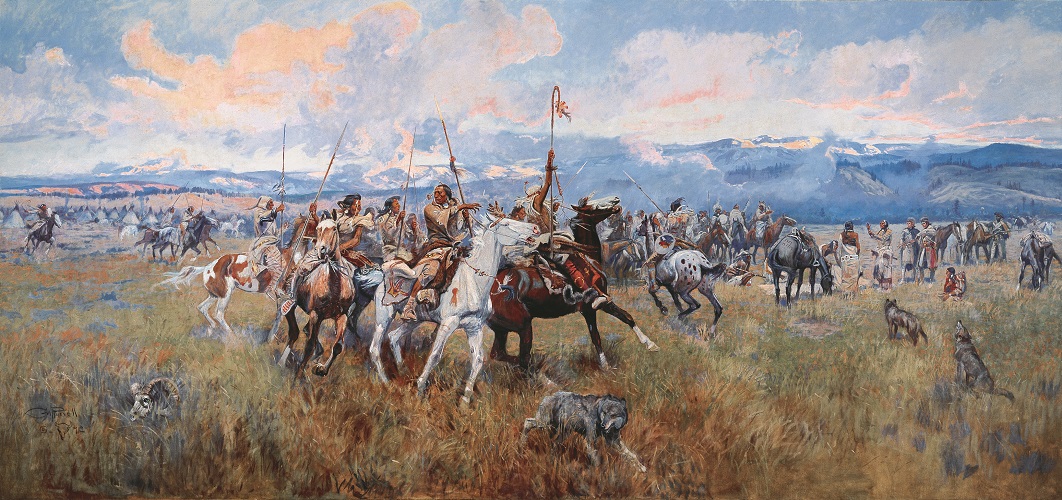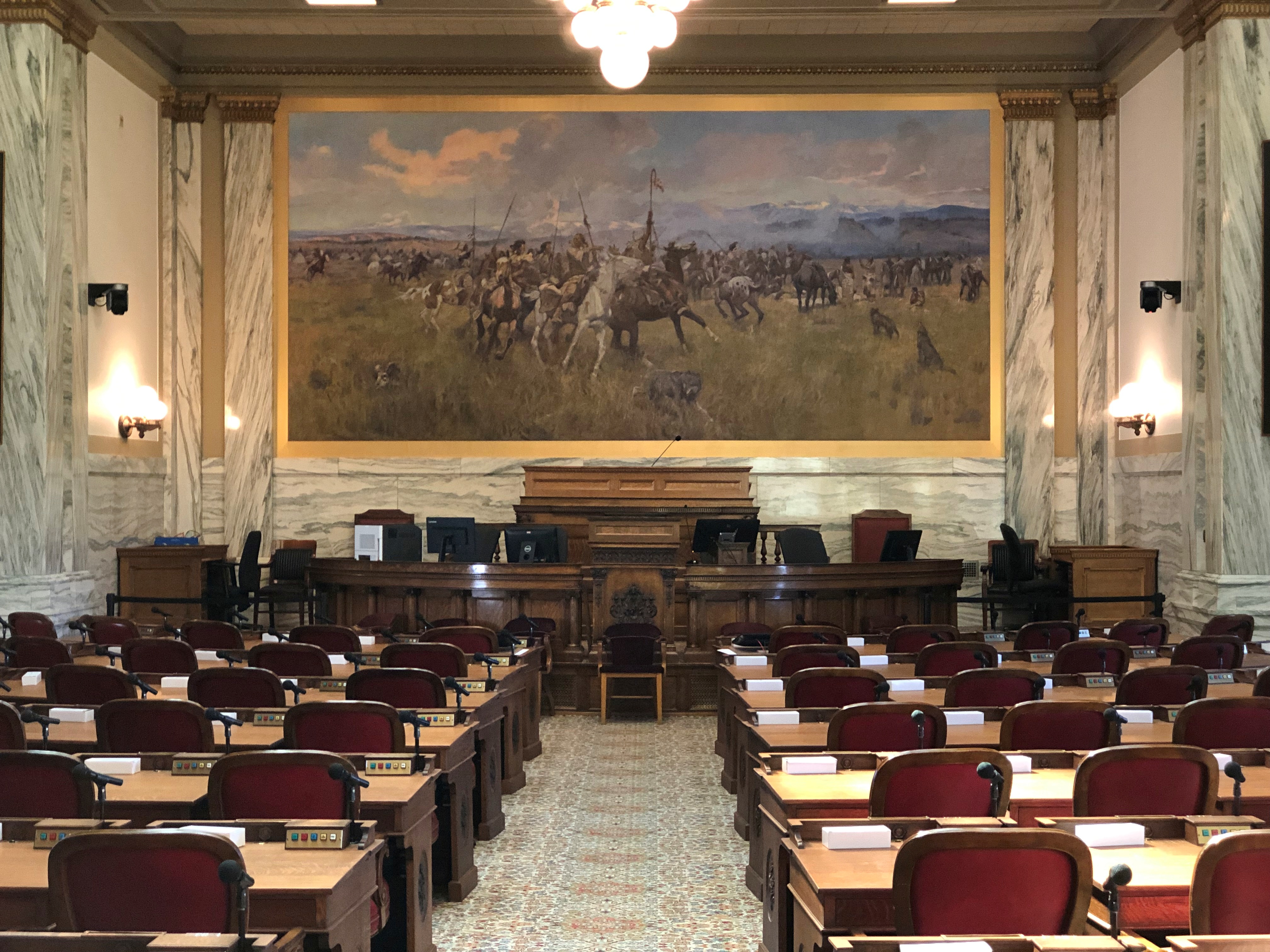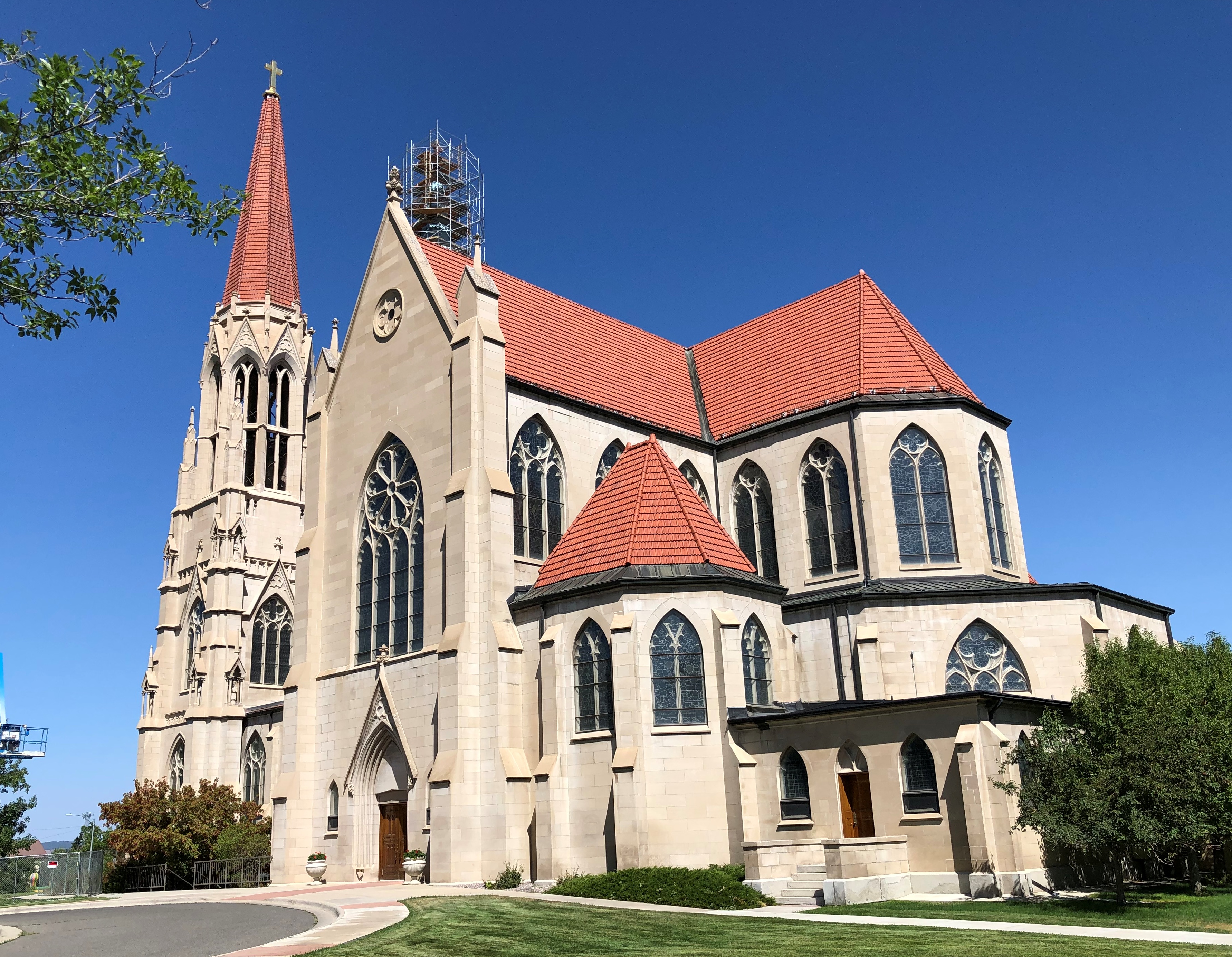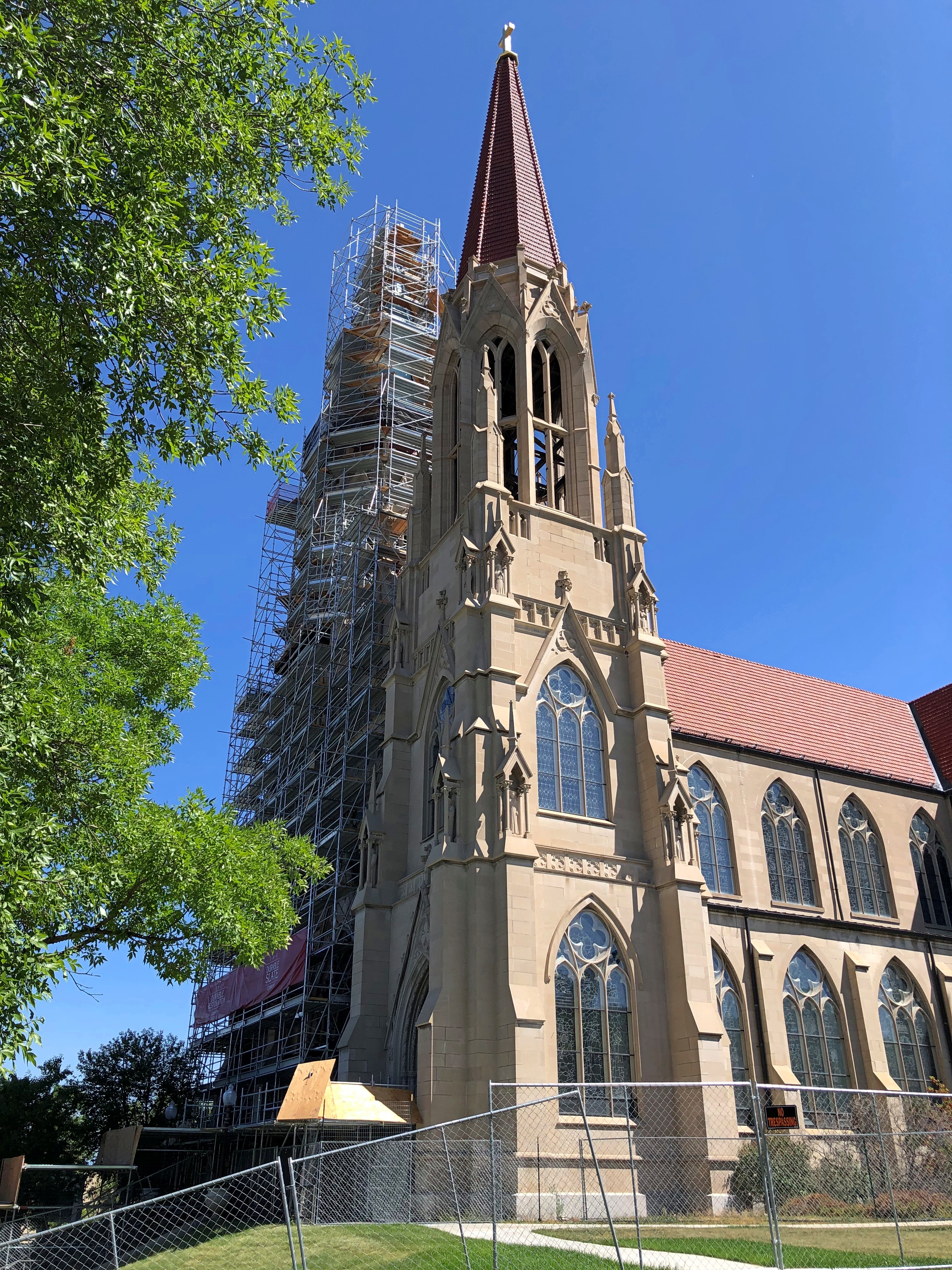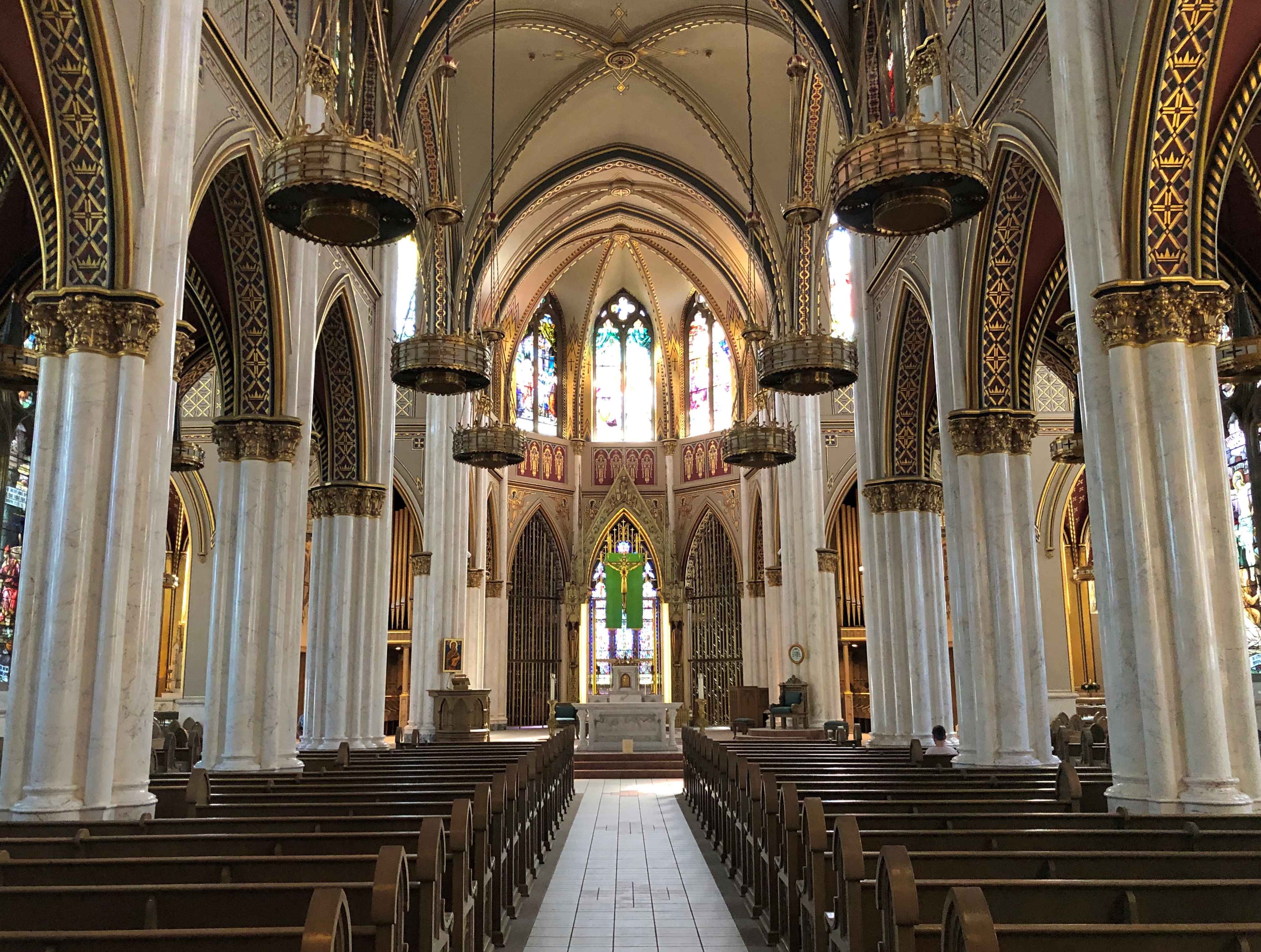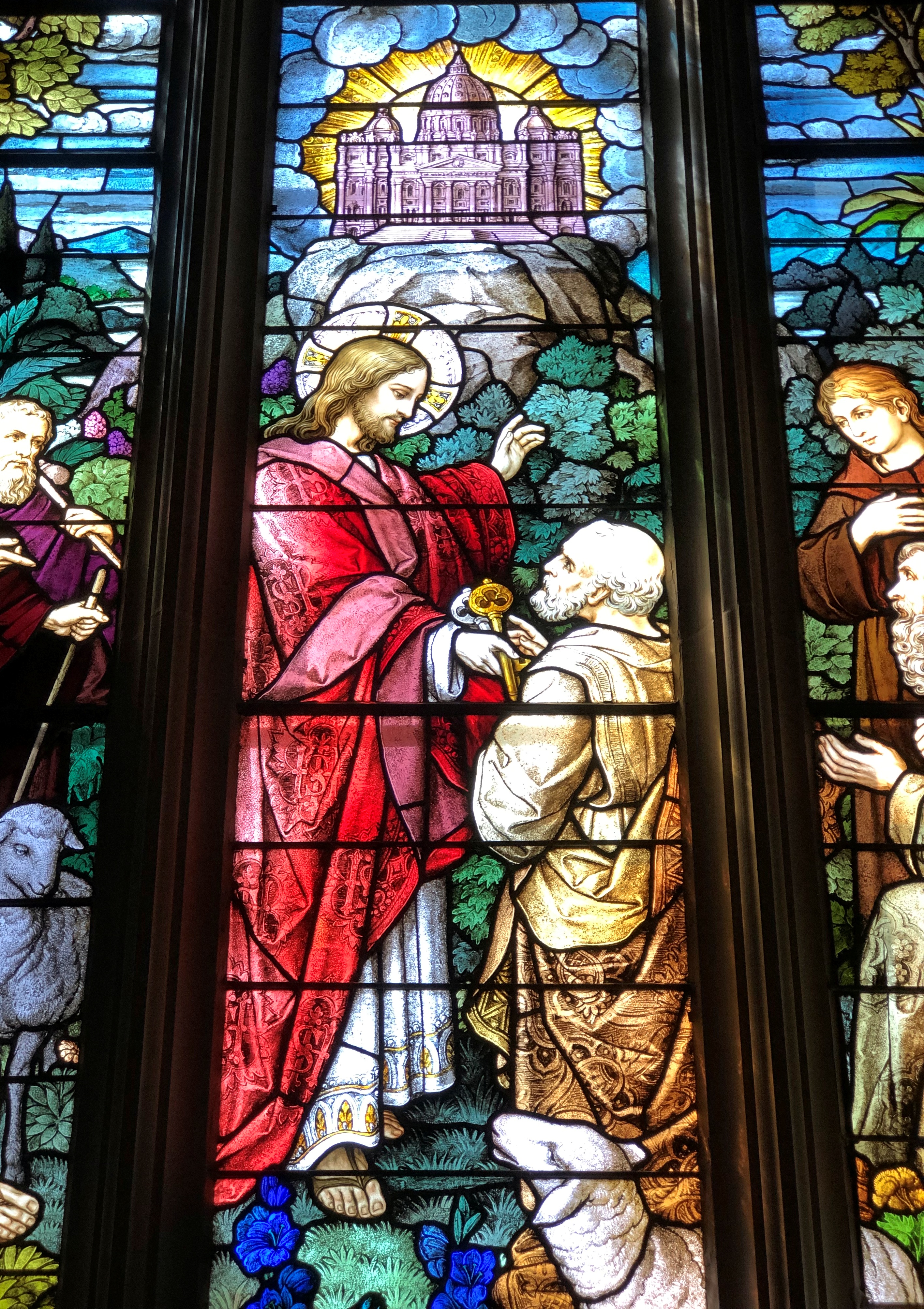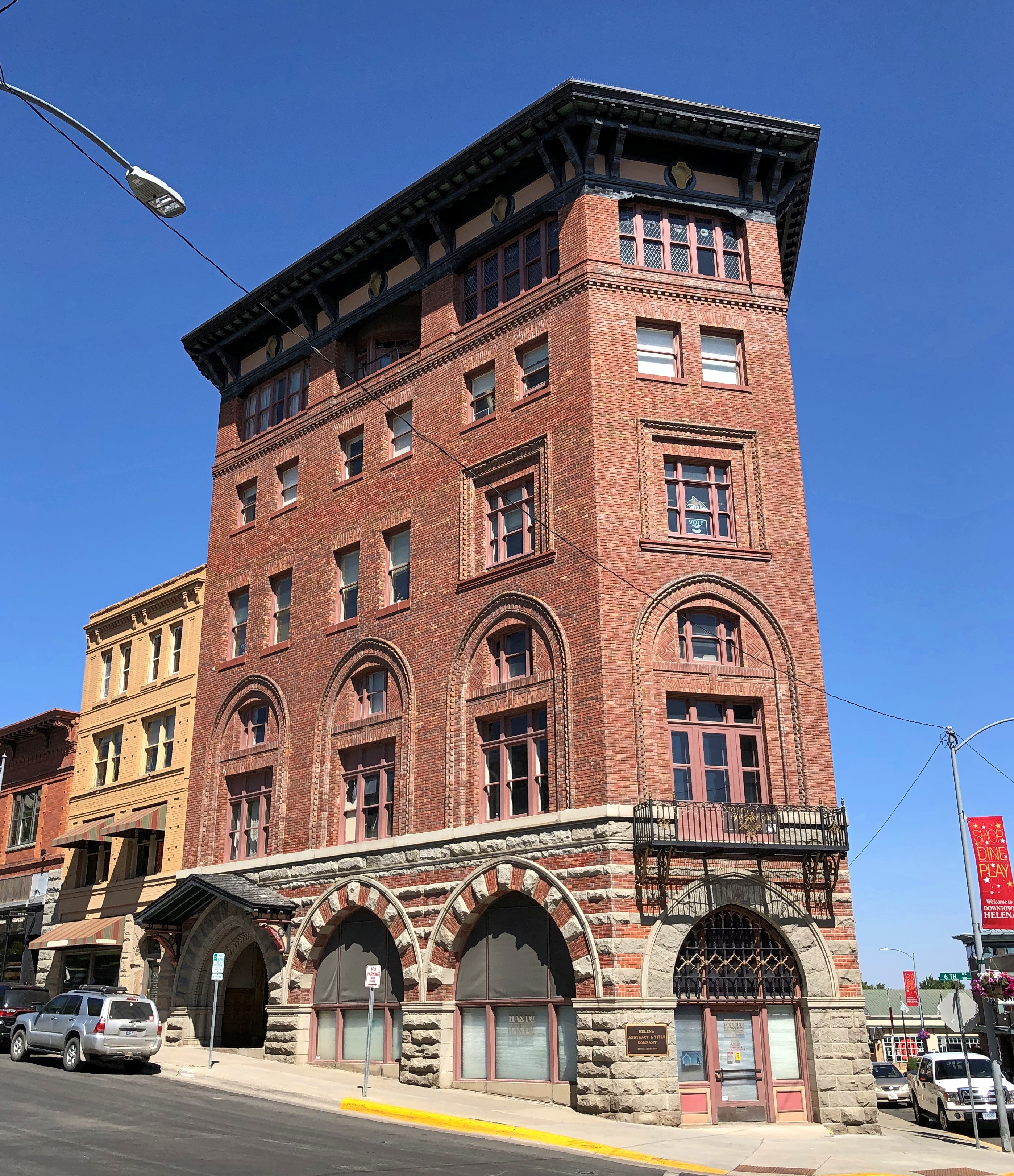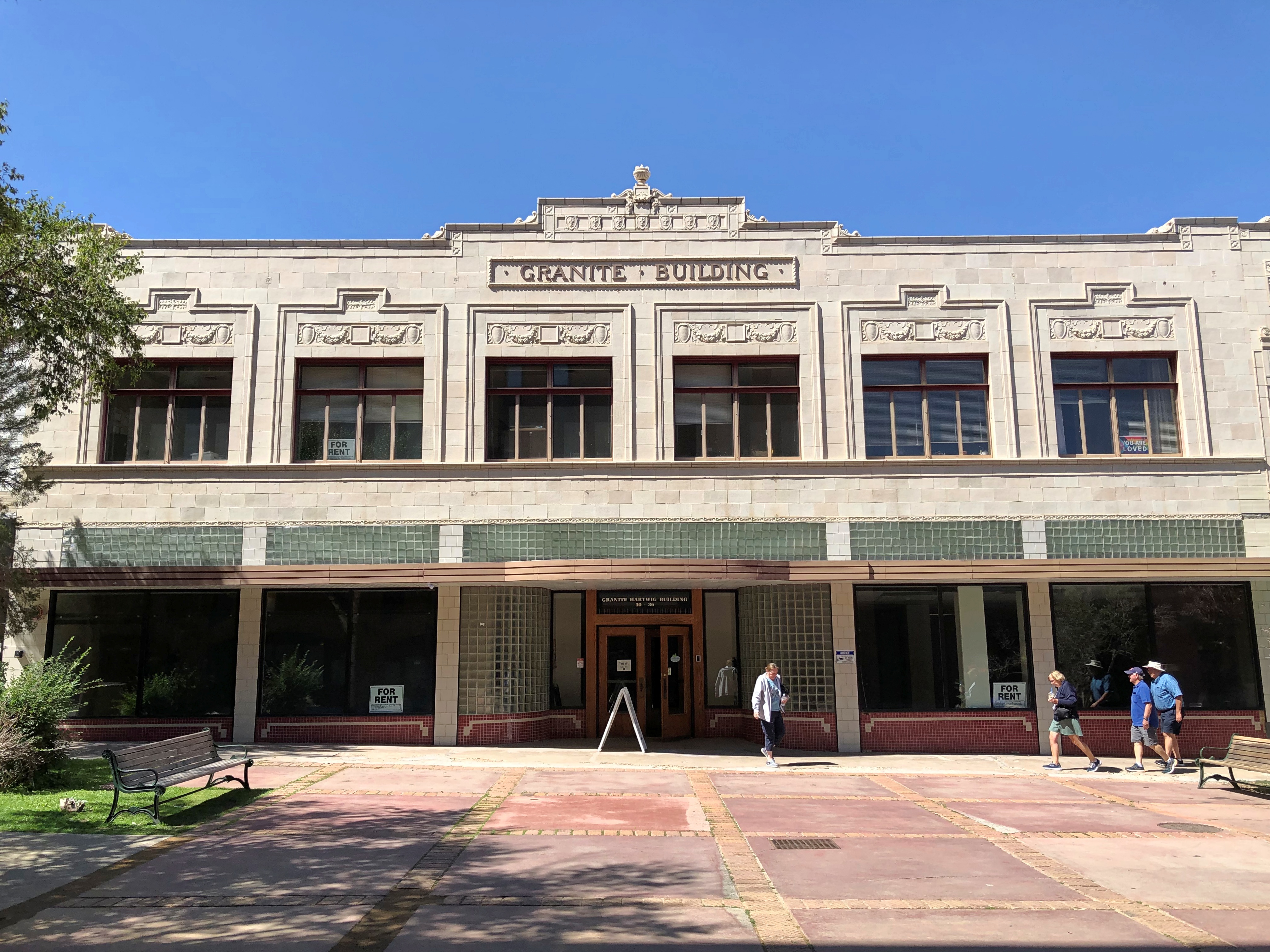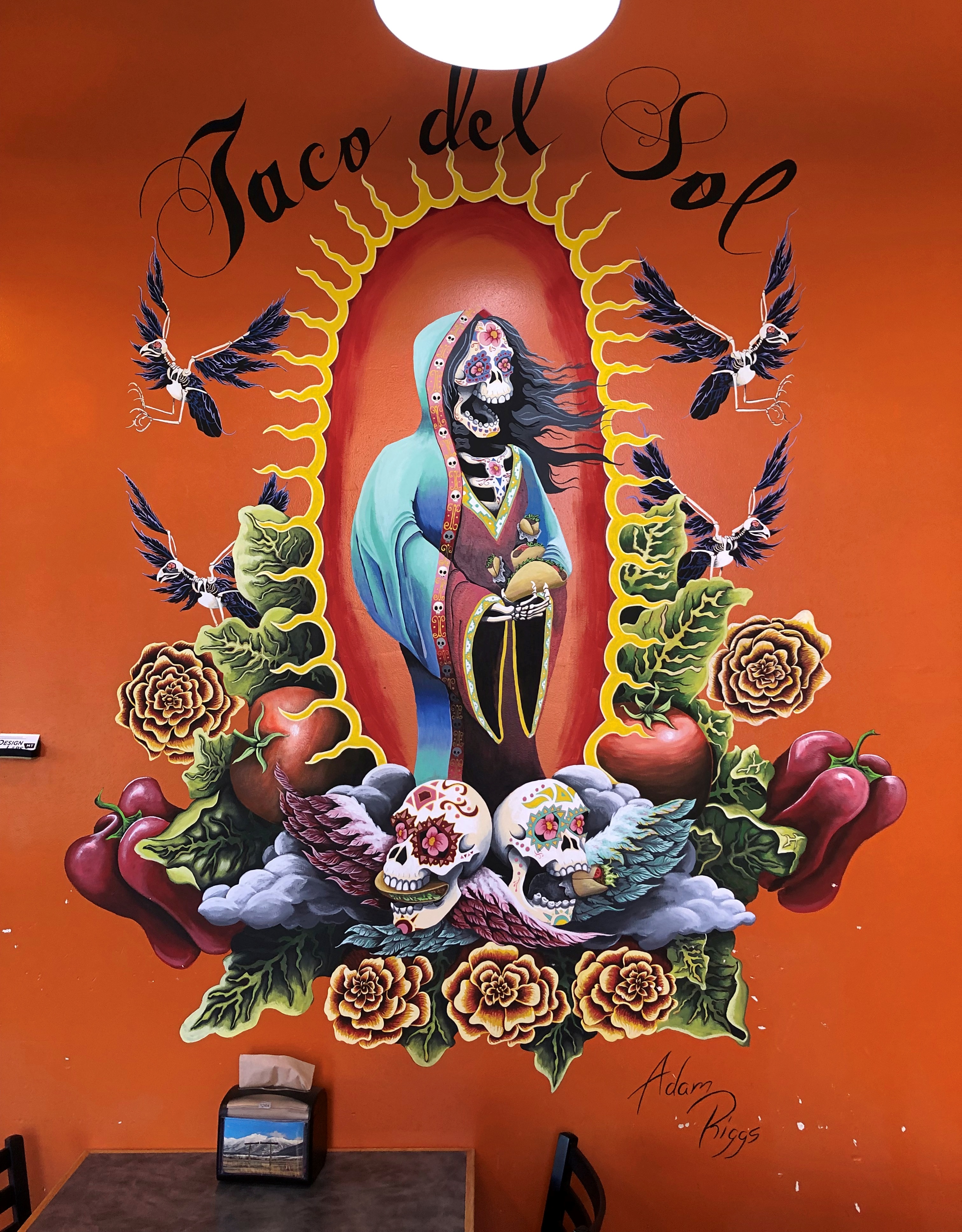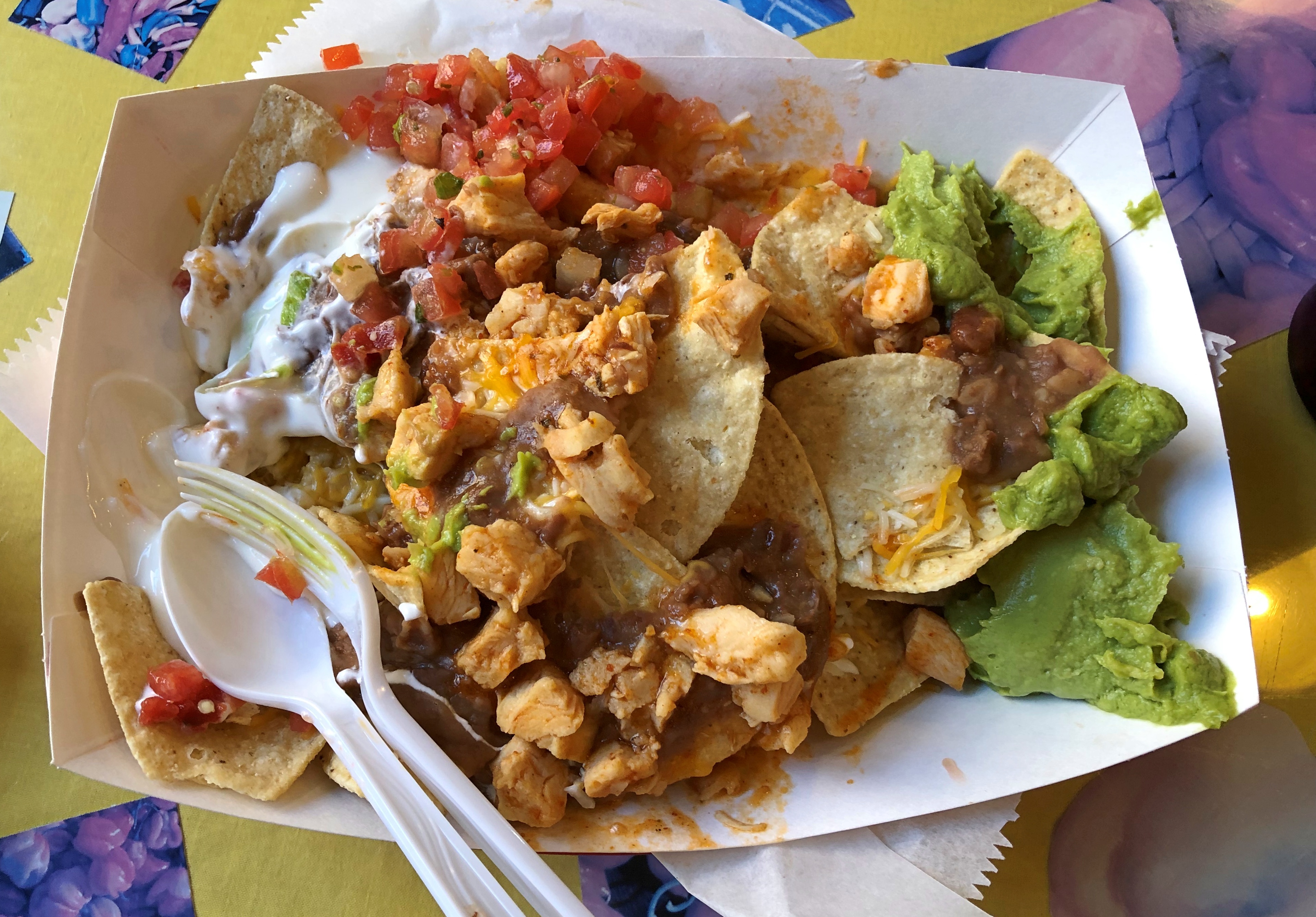A lot of people want to emulate Glico Man.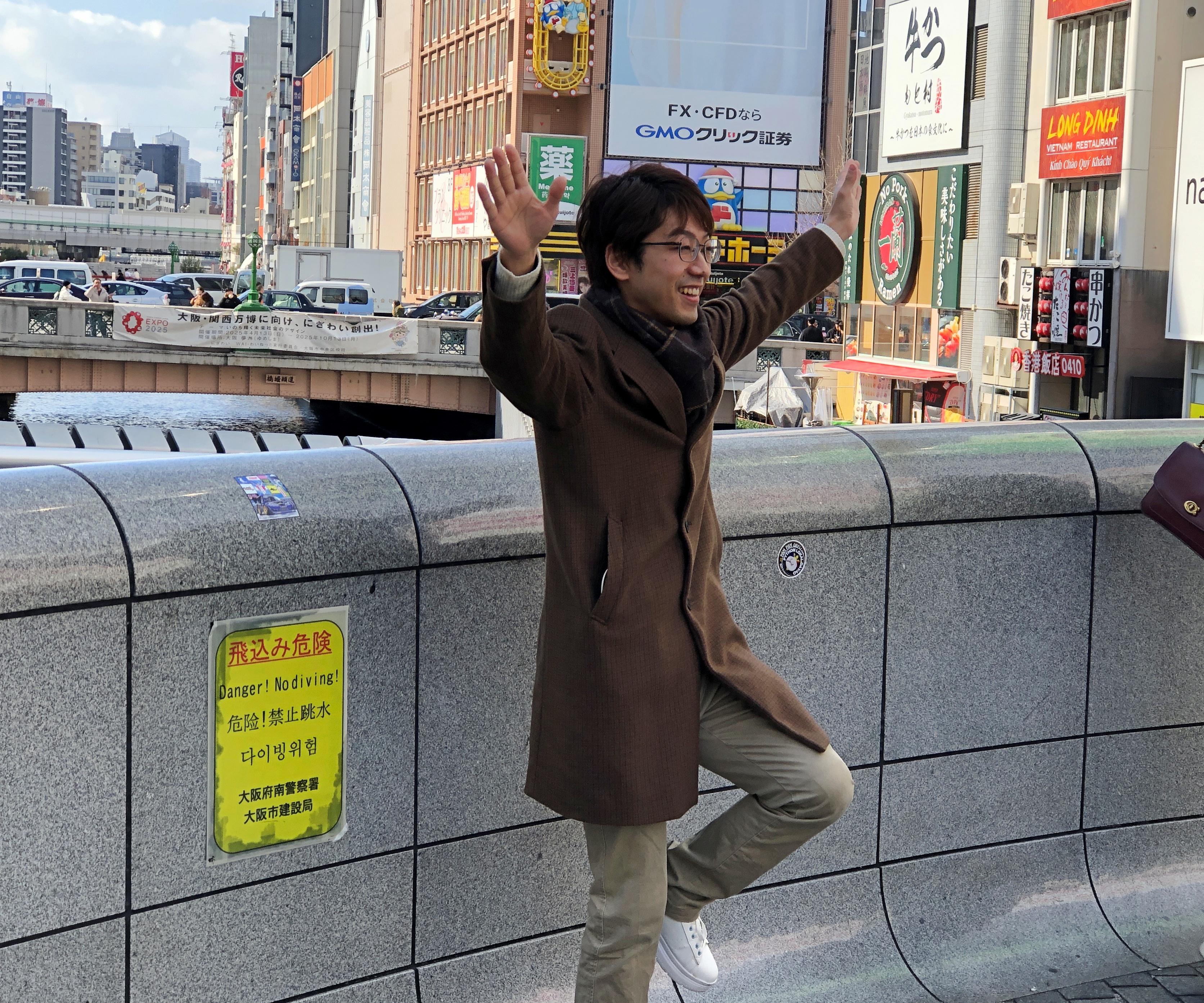
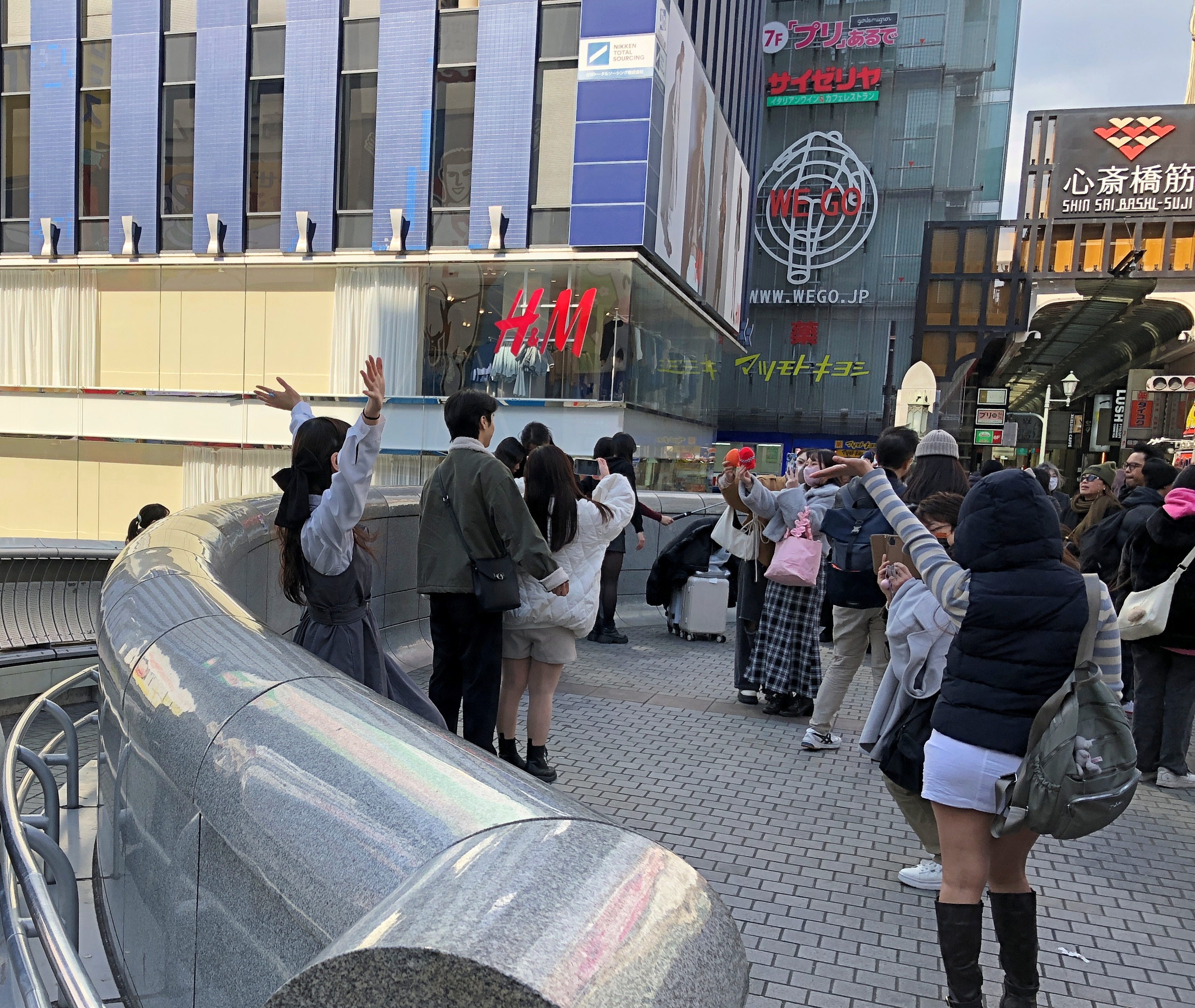
Gilco Man may be a mascot for the Japanese food conglomerate of that name – the Osaka food conglomerate, maker of Pocky sticks – but he’s pretty much a one-trick pony on the sign at least, exuberant at his racing victory. Still, everyone in Osaka knows him, since the sign in one form or another — LED these days, neon before — has been displayed for 90 years over Ebisu Bridge (Ebisubashi) where it crosses the Dotonbori Canal.
Dotonburi is the name of the canal, which is an early Edo period (17th century) enlargement of a river, but it is also the name of the district. A packed place even by Japanese standards, replete with restaurants, bars and other small business, many of whom advertise themselves in highly visual ways. When photographers, pro and casual, want to take flashy nighttime images of Osaka, with walls of neon and LED advertising and crowds filling the pedestrian avenues, Dotonburi is where they go.
We were there during the day, joining the crowds, both on the bridge and on Dotonburi’s side streets.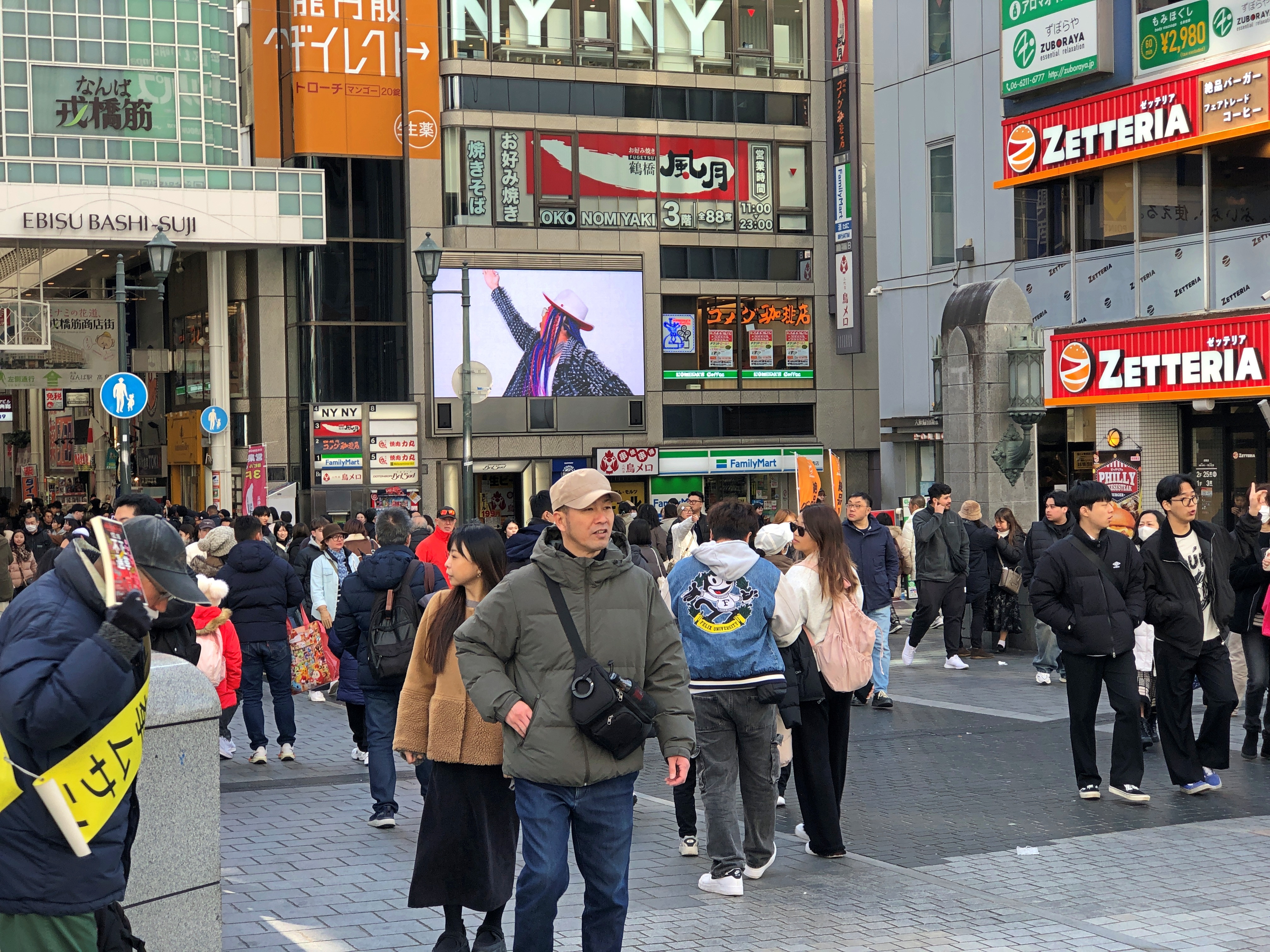
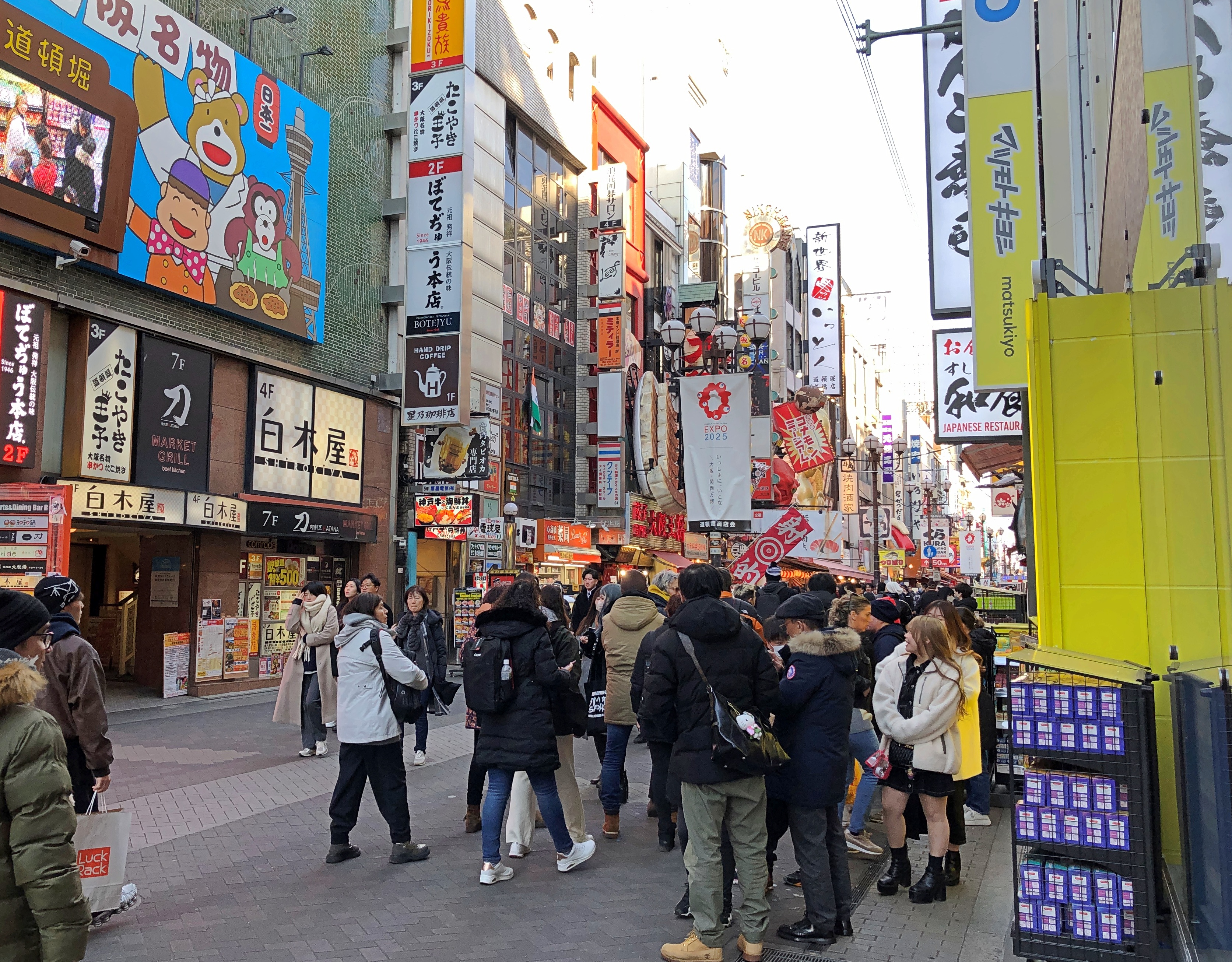
Something I wouldn’t have expected in February, but we did see something similar in December.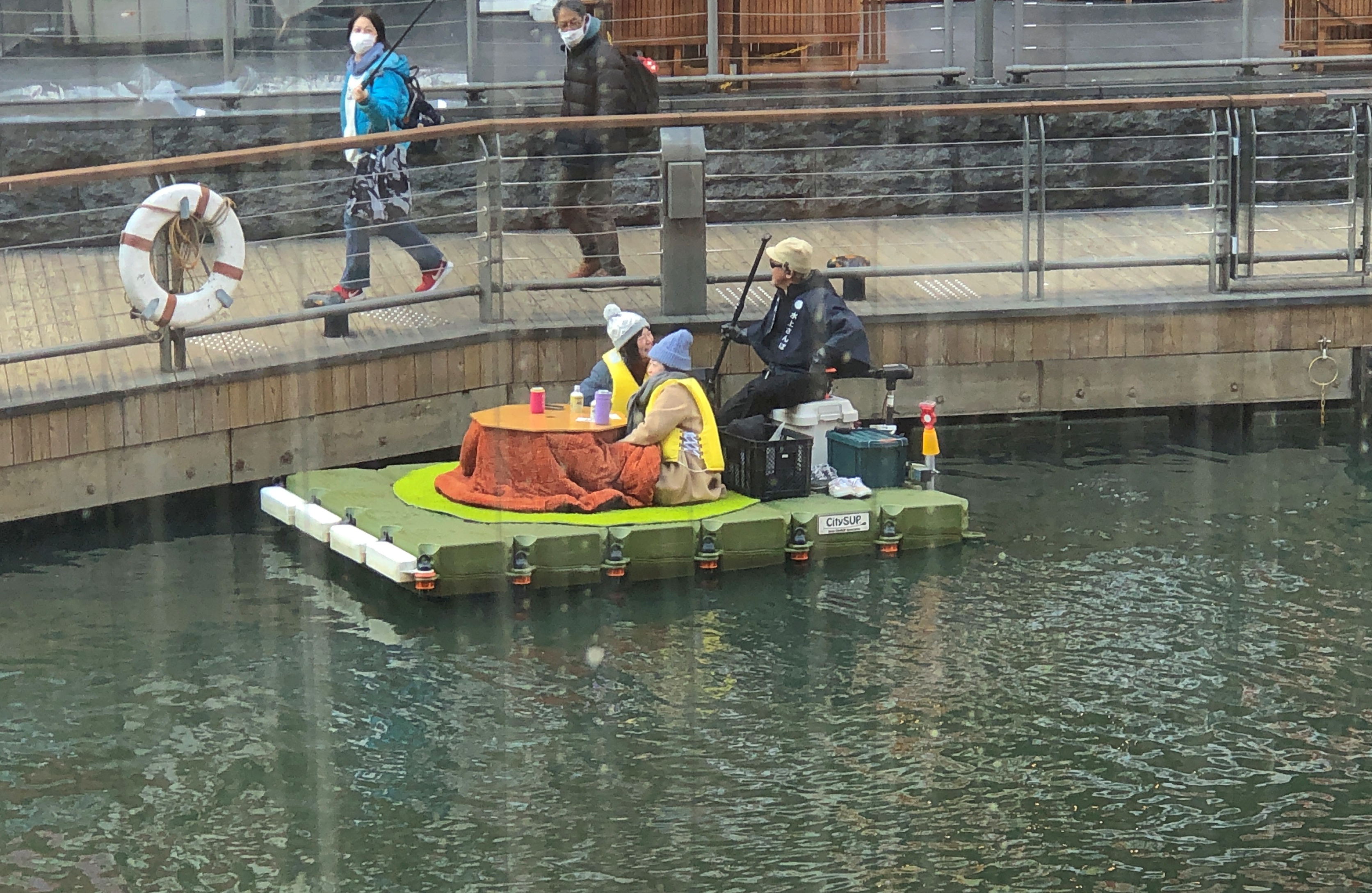
When enthusiastic fans of the Hanshin Tigers baseball team really want to celebrate, they jump into the canal. Forty years ago during an especially exuberant moment, they found a life-sized advertising statue of Col. Sanders at a nearby KFC and dropped that into the canal, where it was unrecovered until 2009. The Tigers were pretty much a doormat team during the period when the Colonel was lost – mere coincidence?
A sort of Ferris wheel, looking out over the canal. It wasn’t there in the 1990s. We considered a ride, but it looked like it was moving awfully slow.

One of my favorite features of Dotonburi is the 3D restaurant advertising.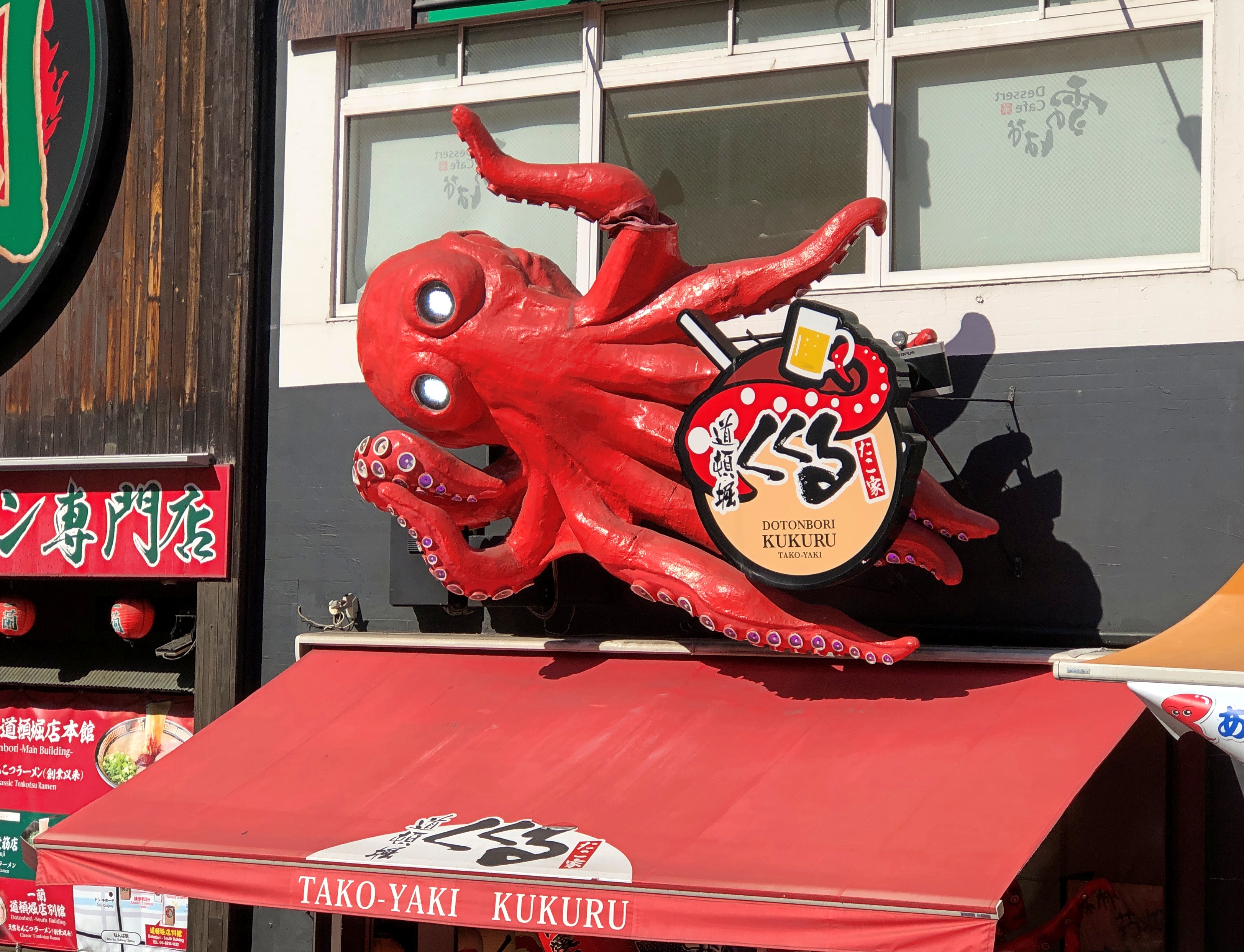
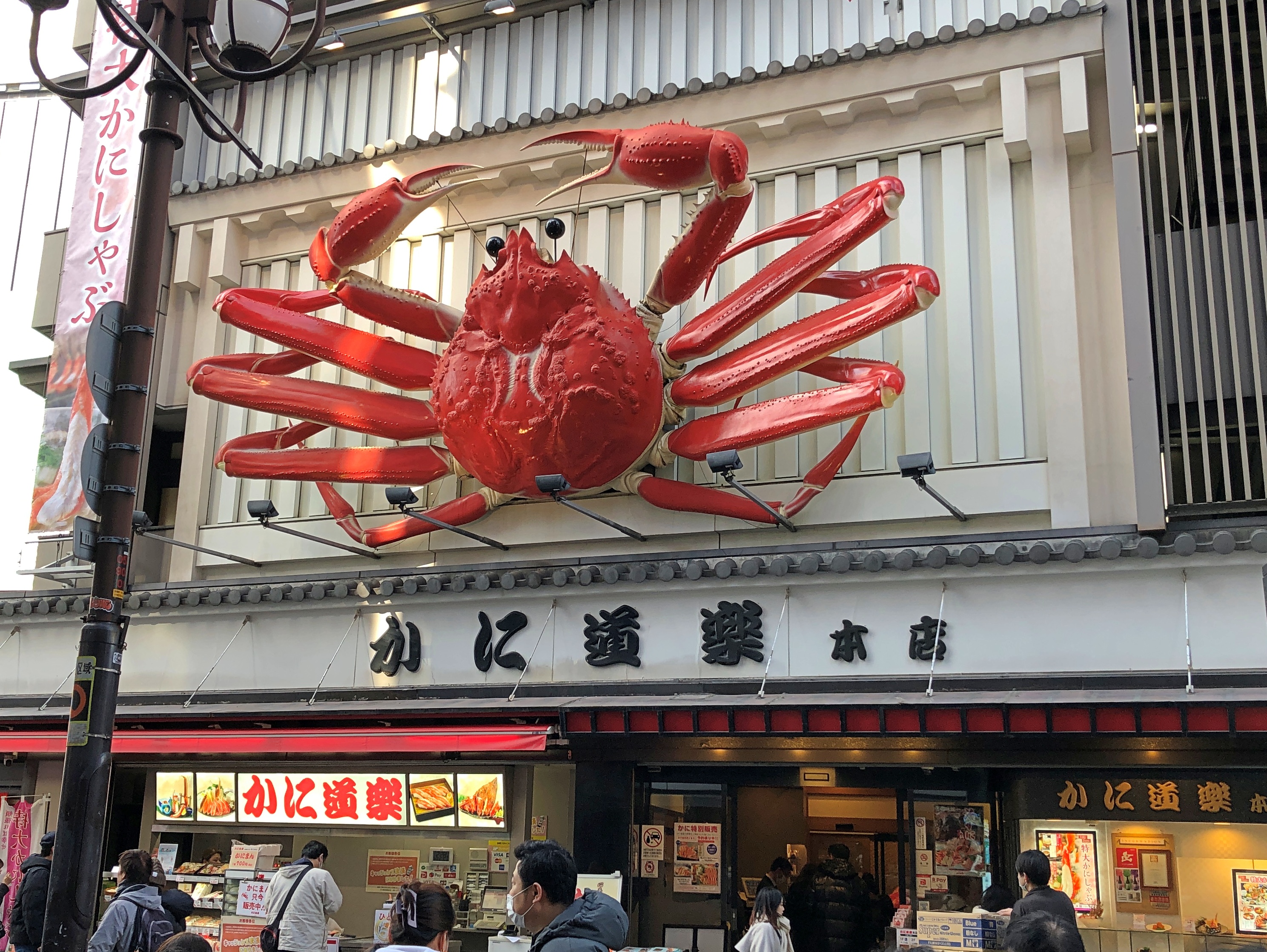
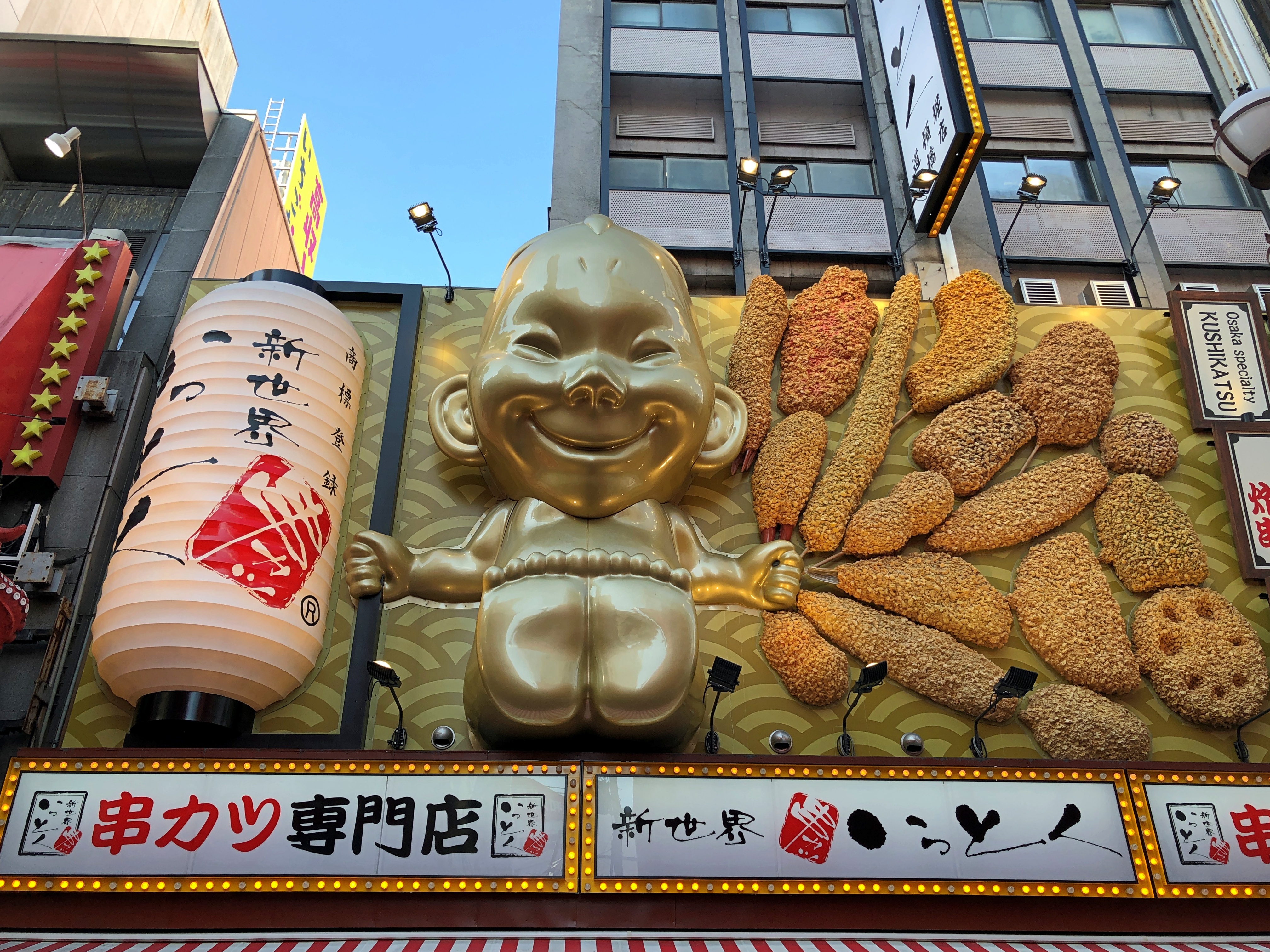
Hidden away in the nearby streets mostly too small for vehicles but well adorned with odd things —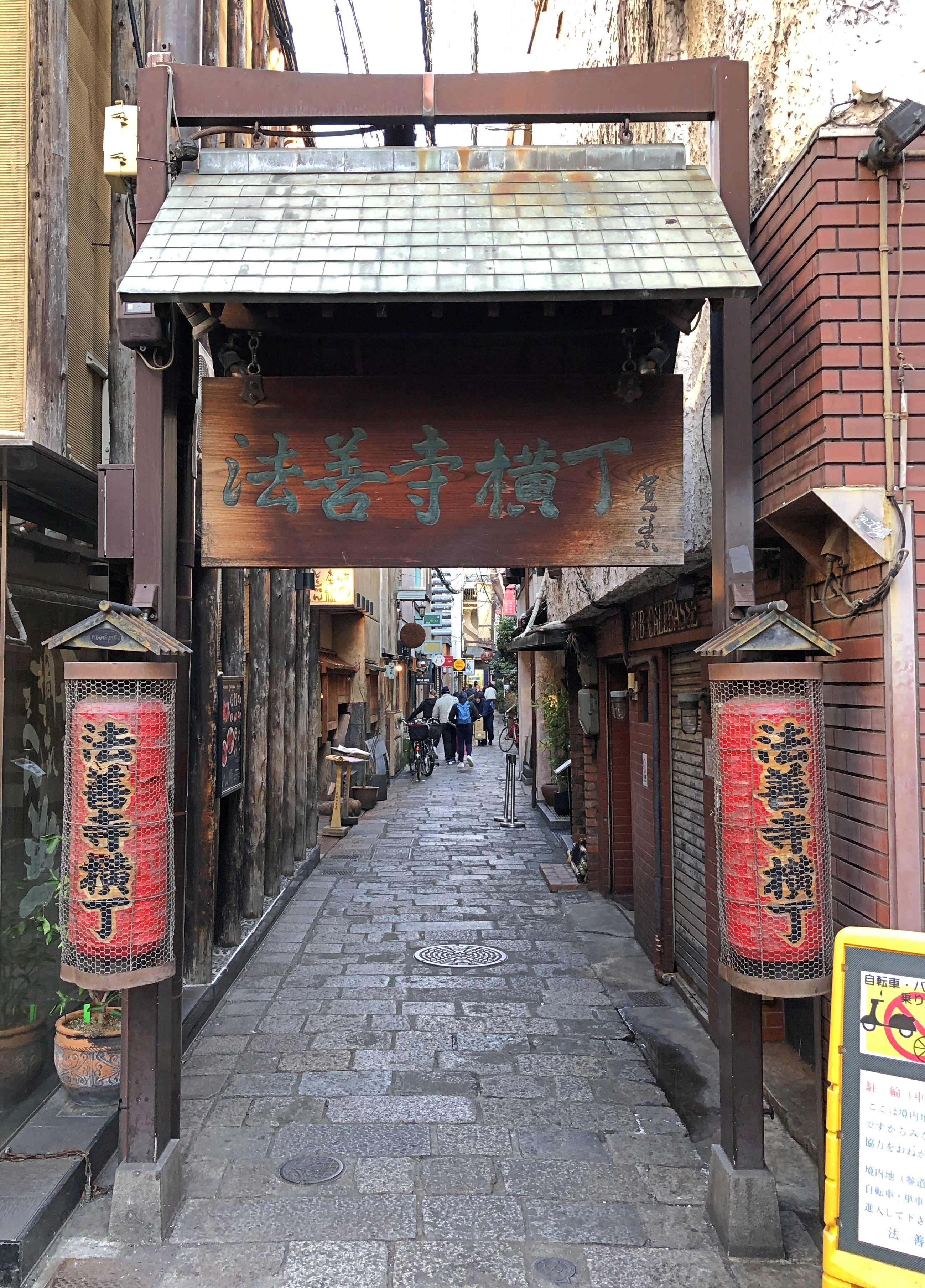
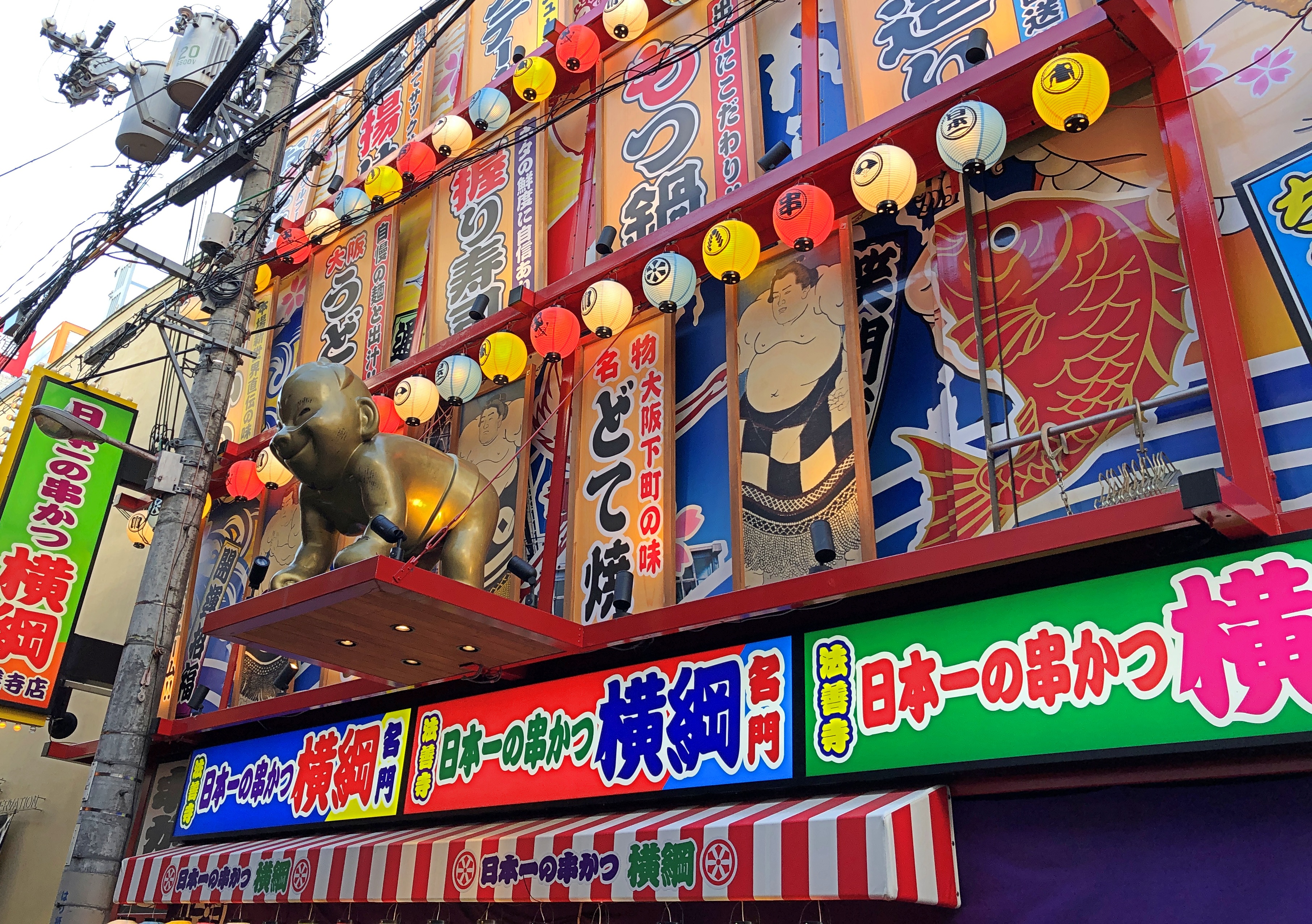
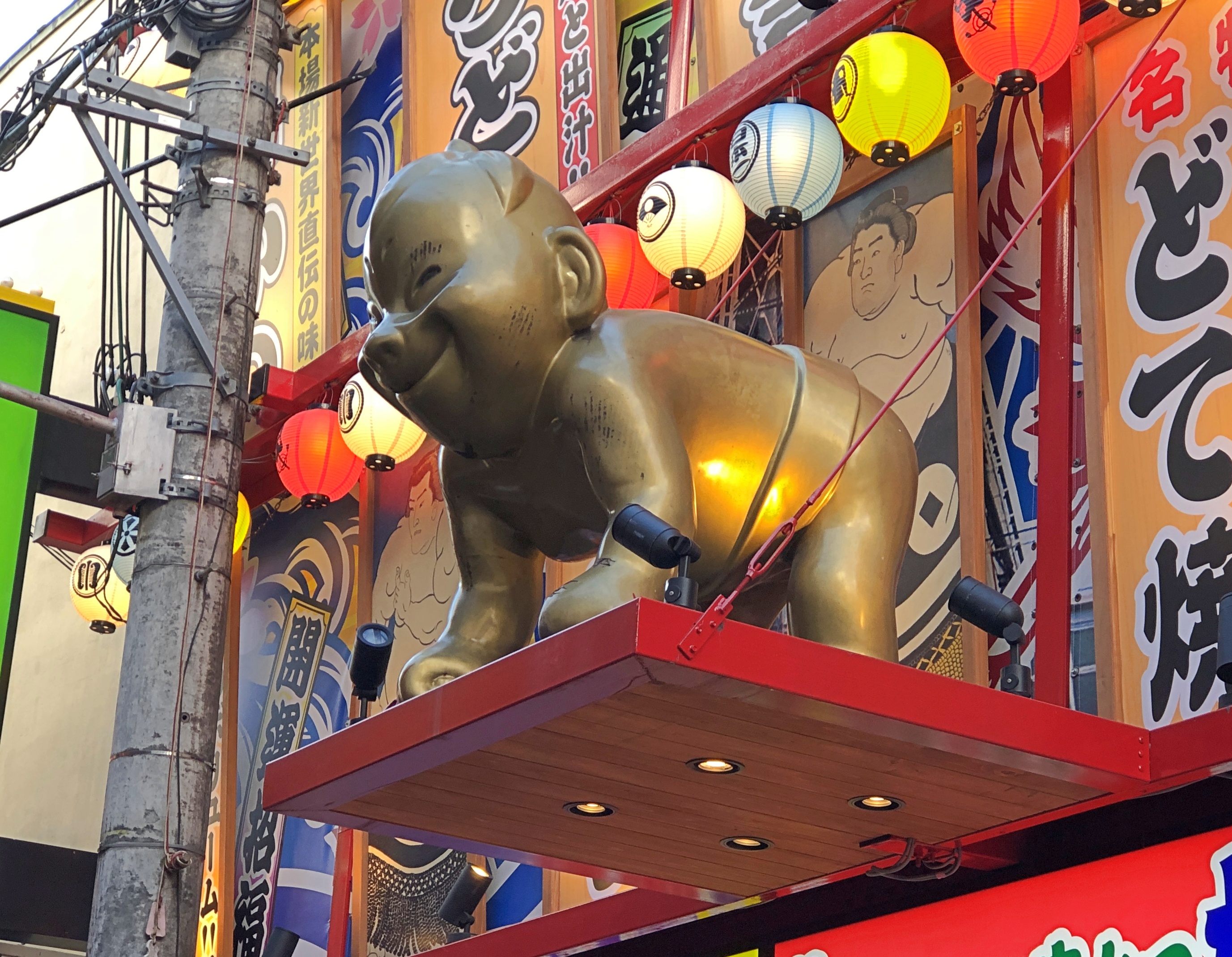
“Built in 1637, Hozenji Temple pays homage to Fudo Myoo, one of five guardians of Buddhism,” notes Travel Japan. “During the 1600s, Namba and the surrounding area of Dotonbori were blossoming as a center for entertainment, with dramatic performances of kabuki and bunraku taking place throughout the district. Even the temple catered to the performing arts, with traditional rakugo storytelling and stage plays performed on site.”
But the temple is better known for its statue of Fudo Myoo.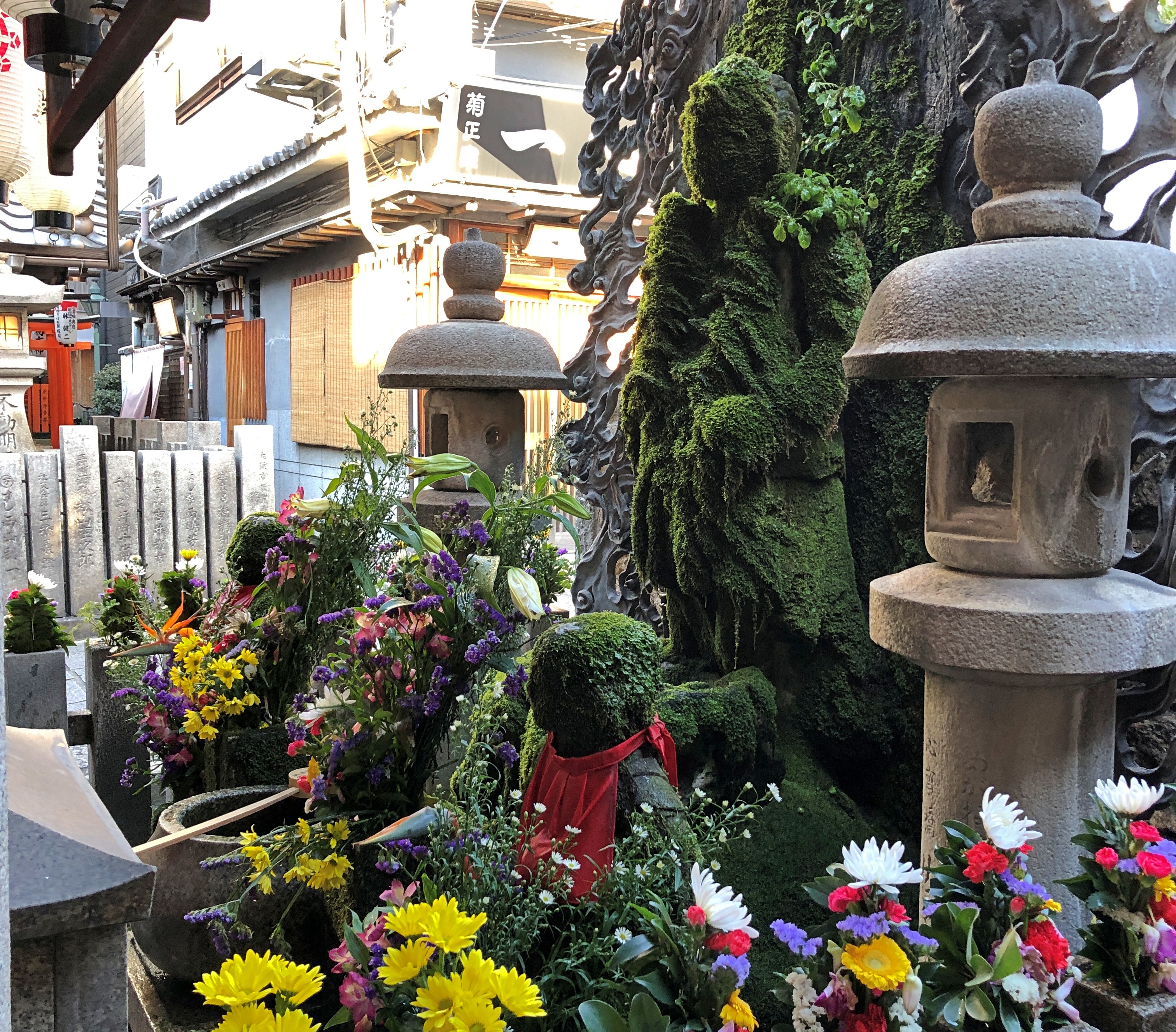
Because the thing to do is toss water on the statue. Keeps him hydrated. I took a turn myself, because who I am to deny Fudo Myoo a nice cup of water?
